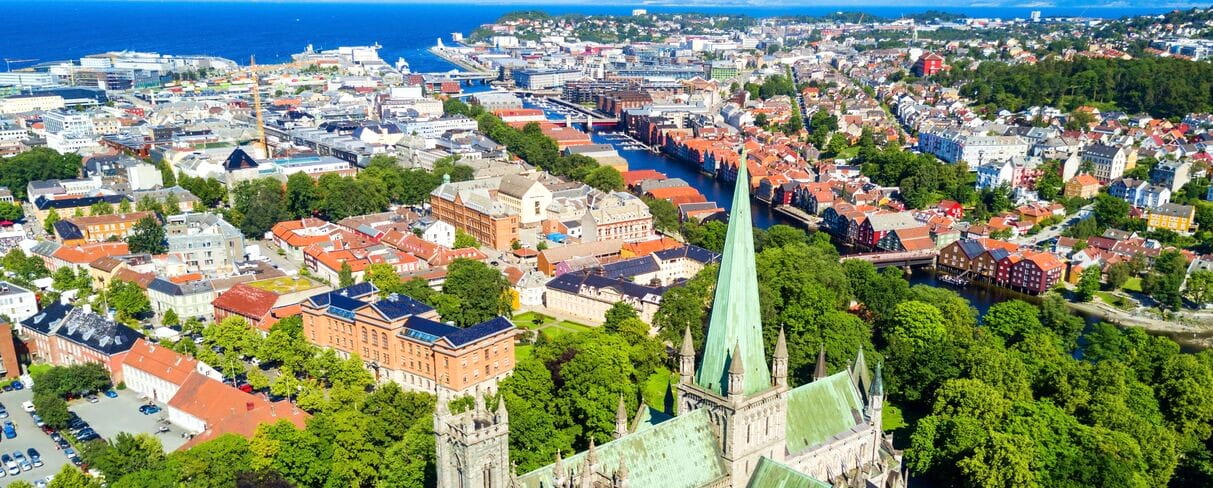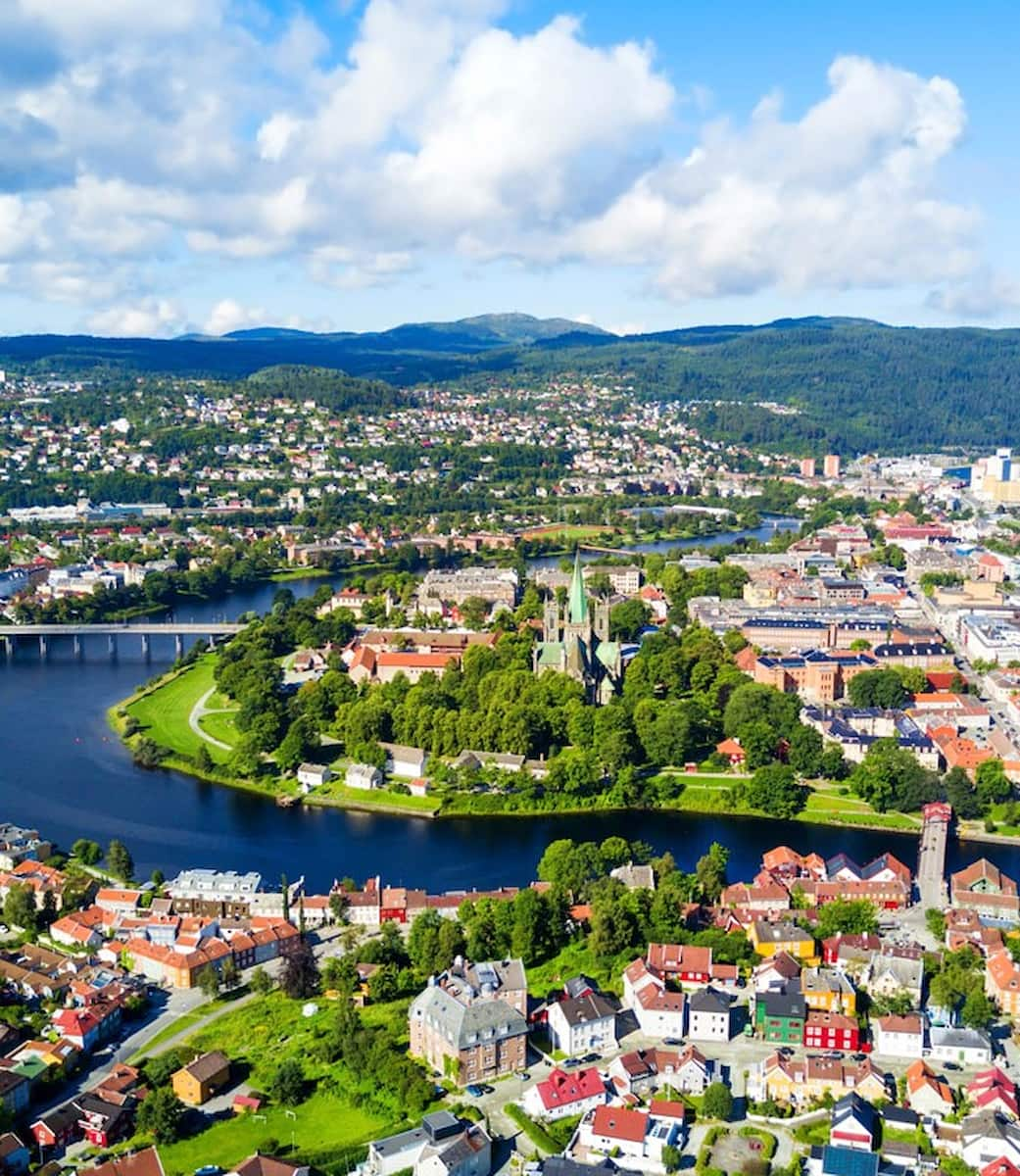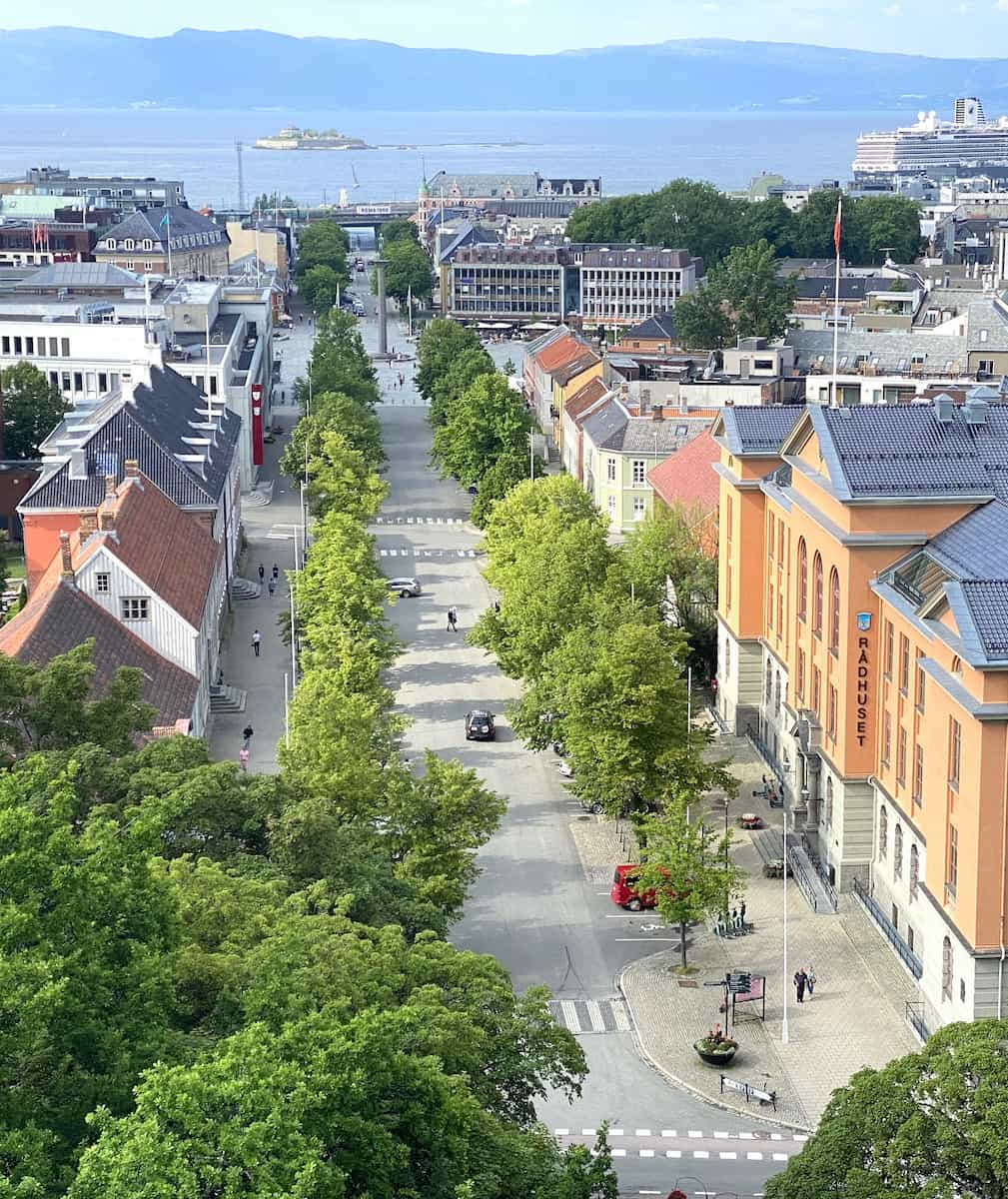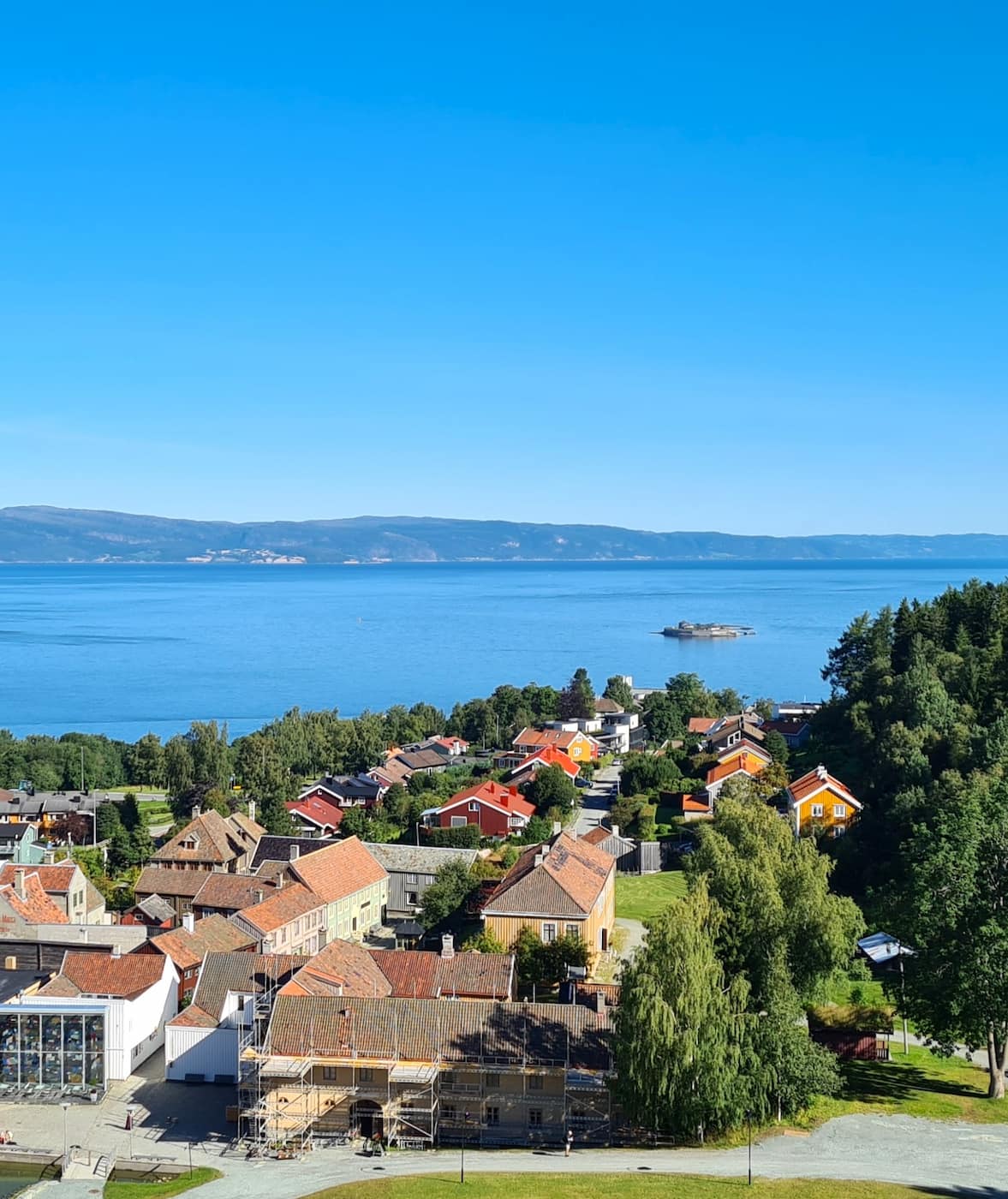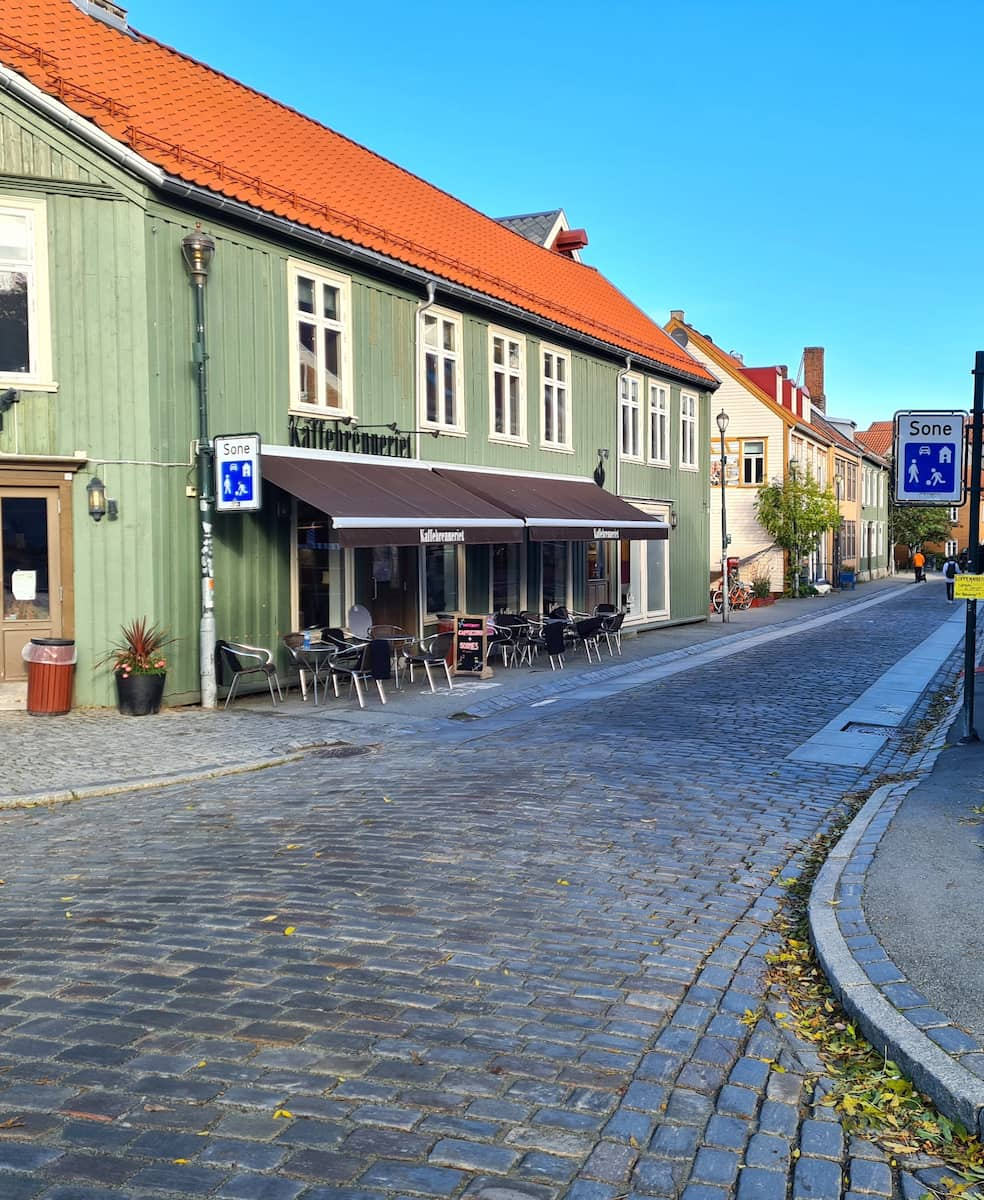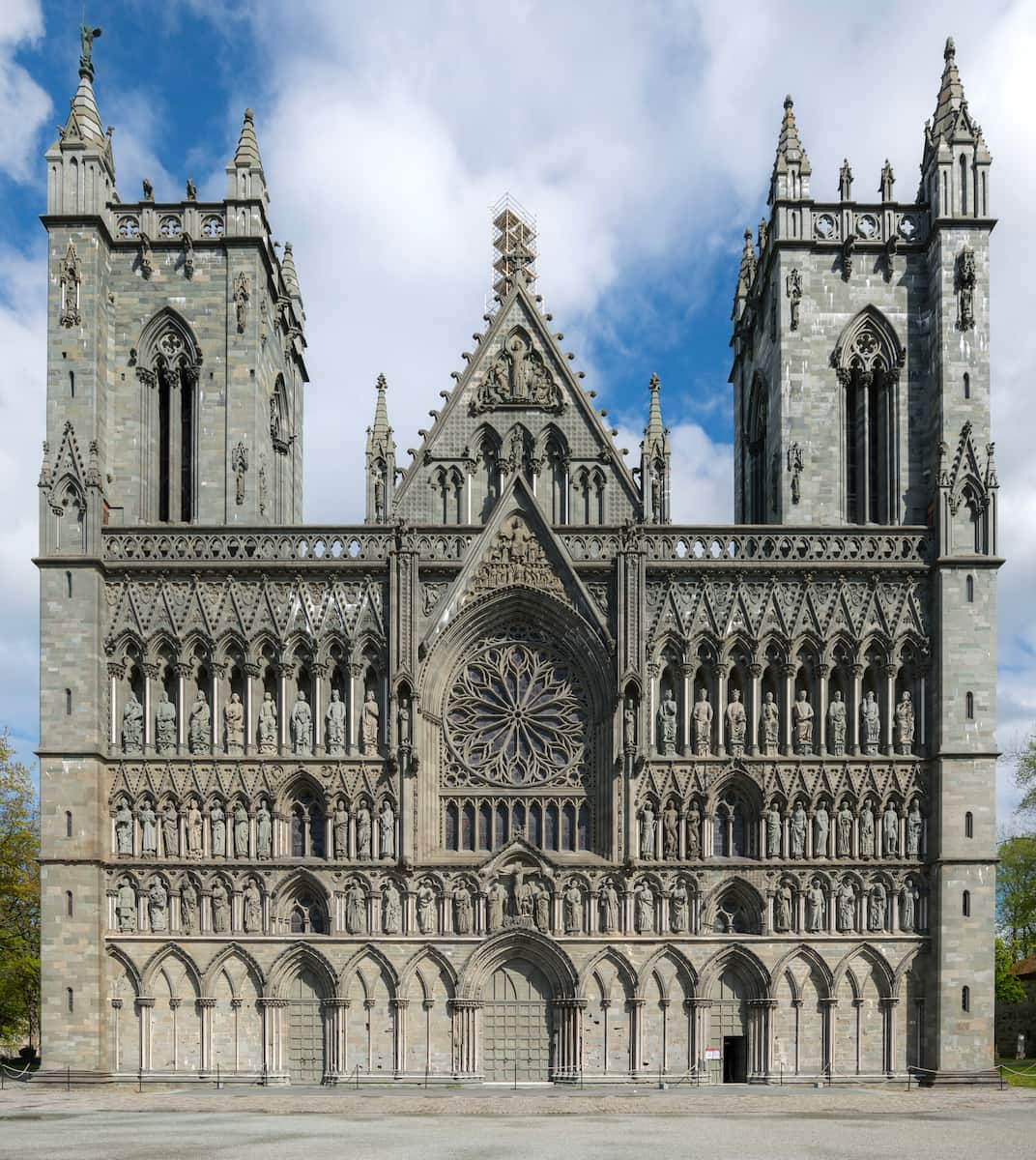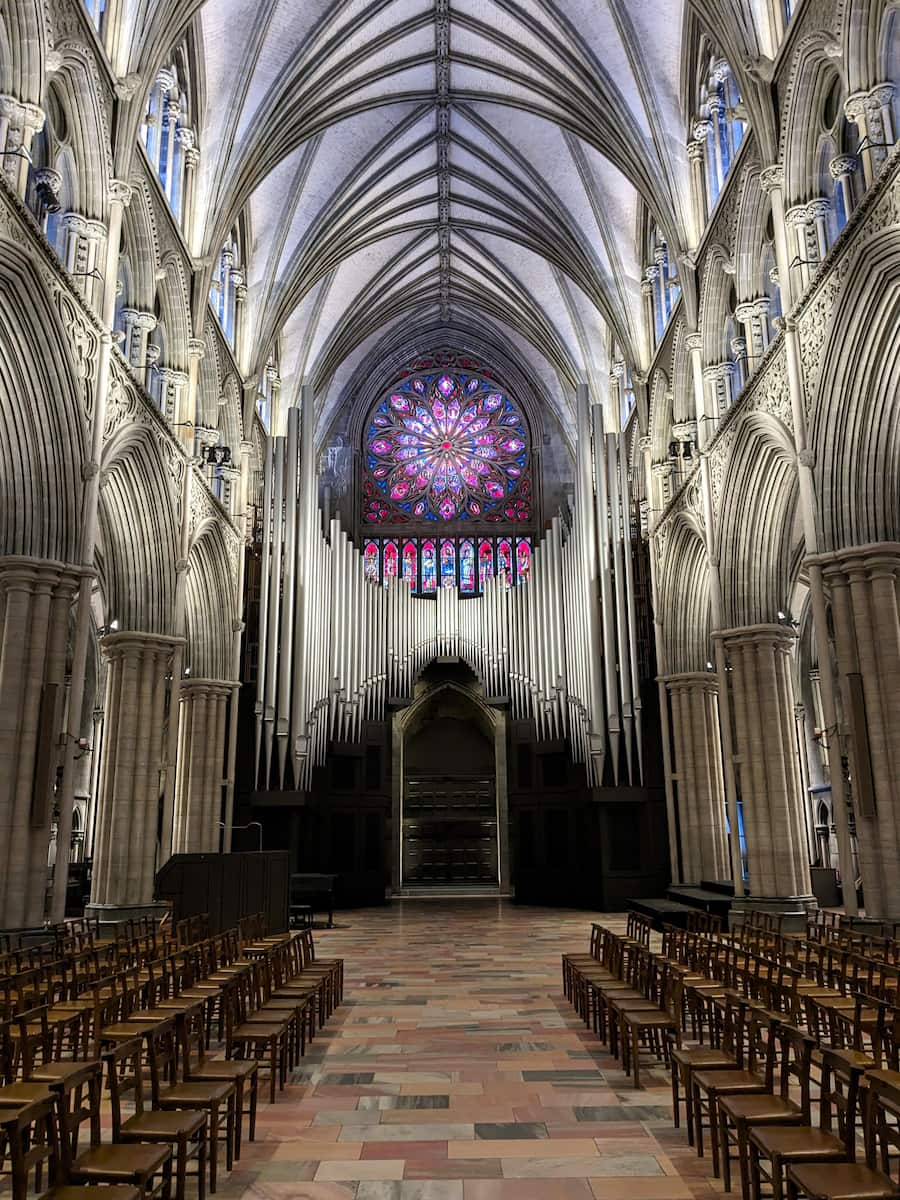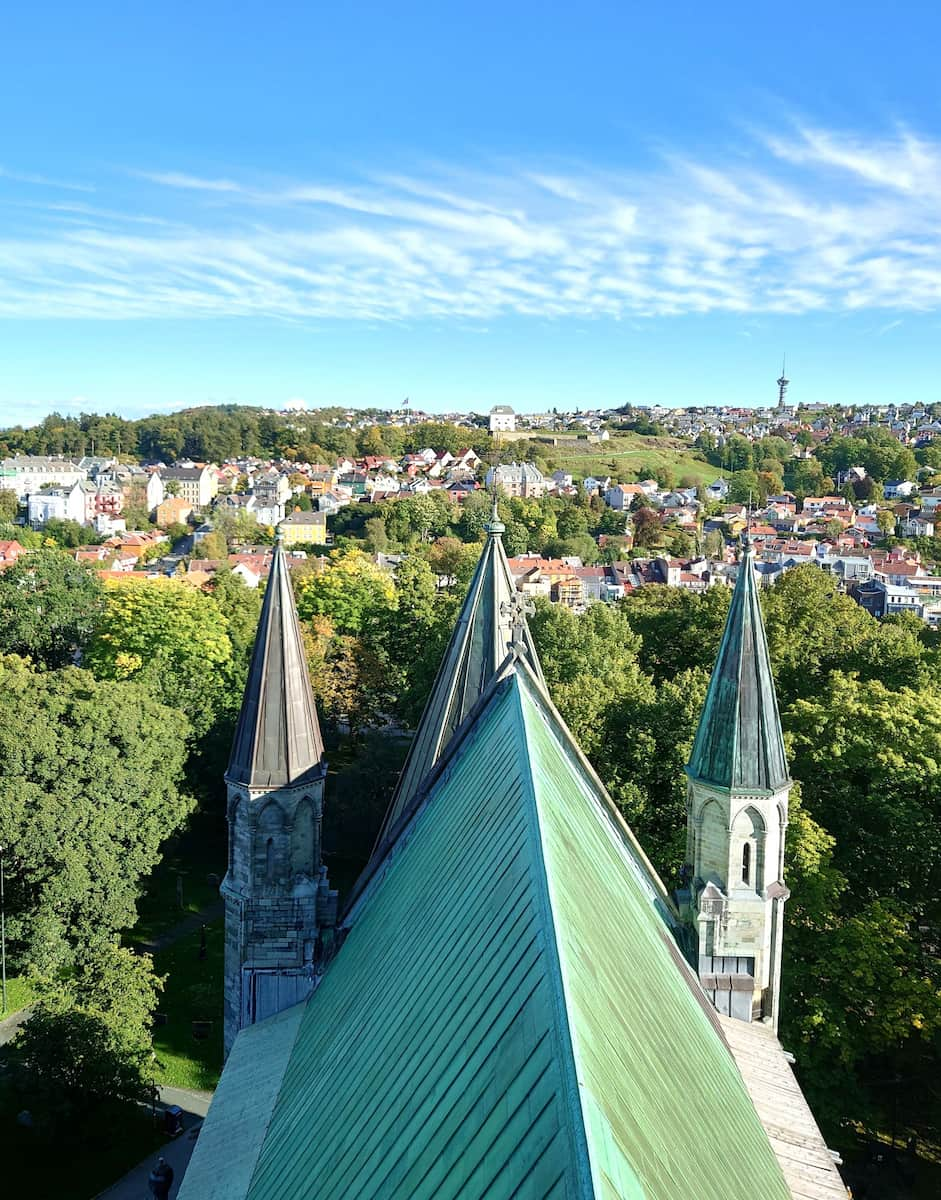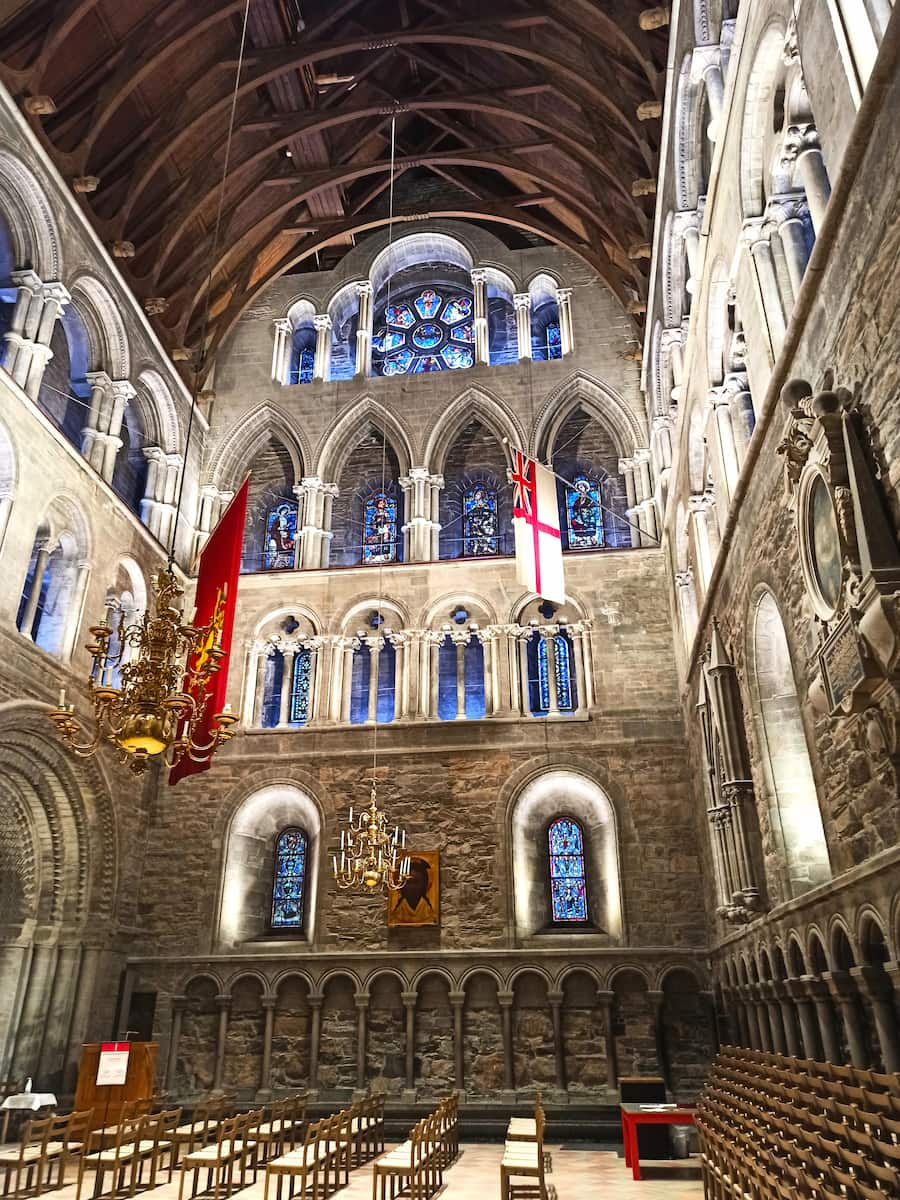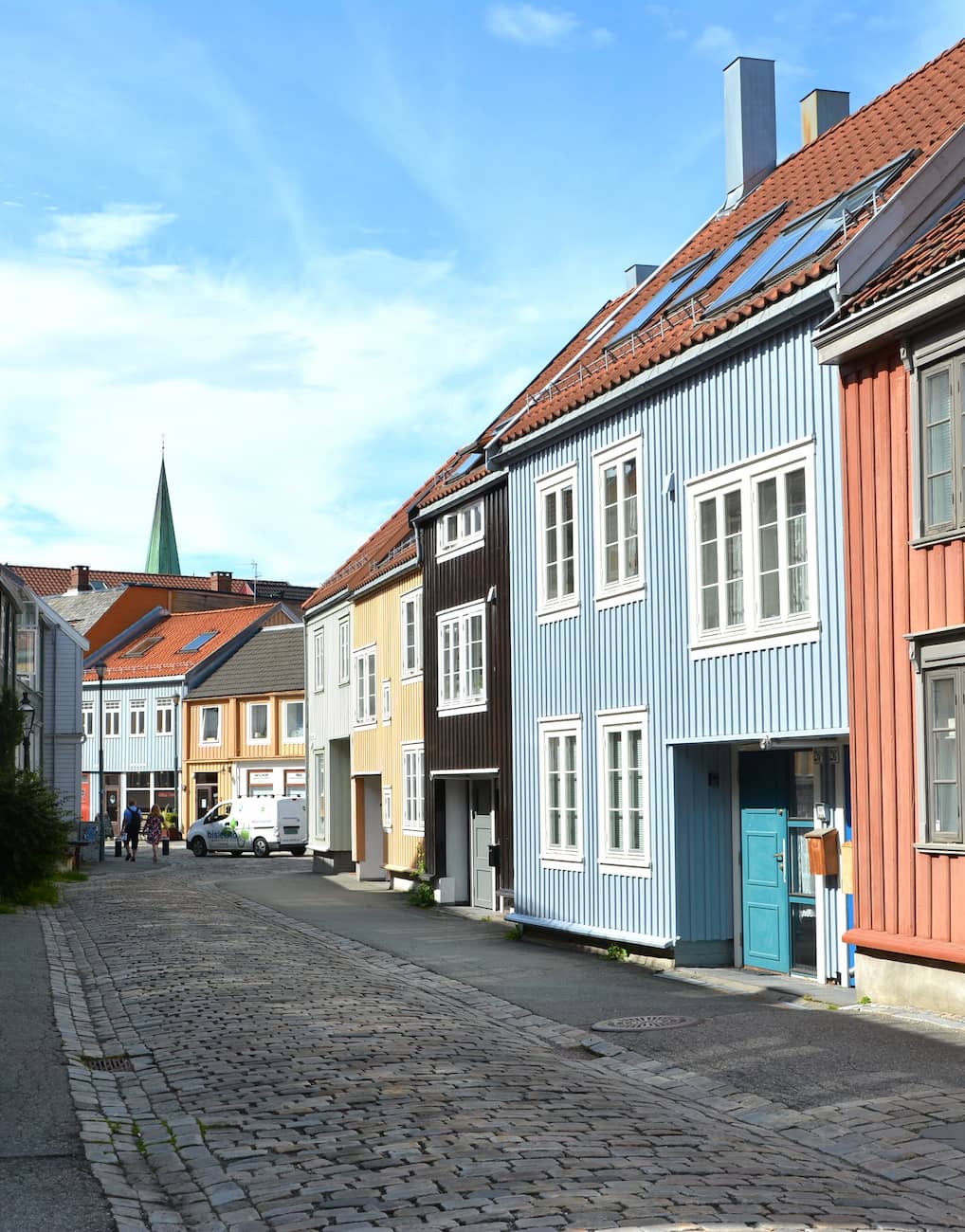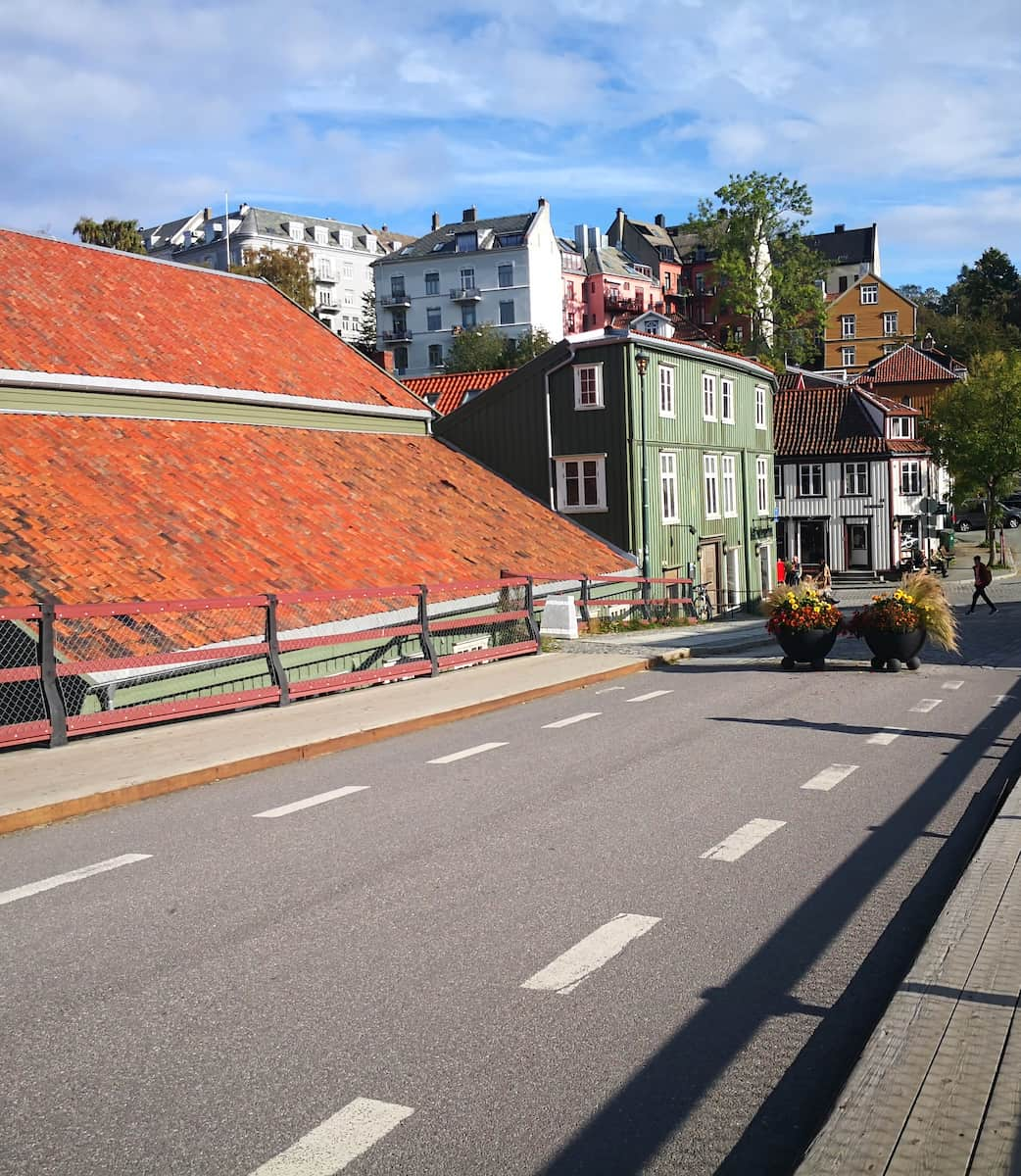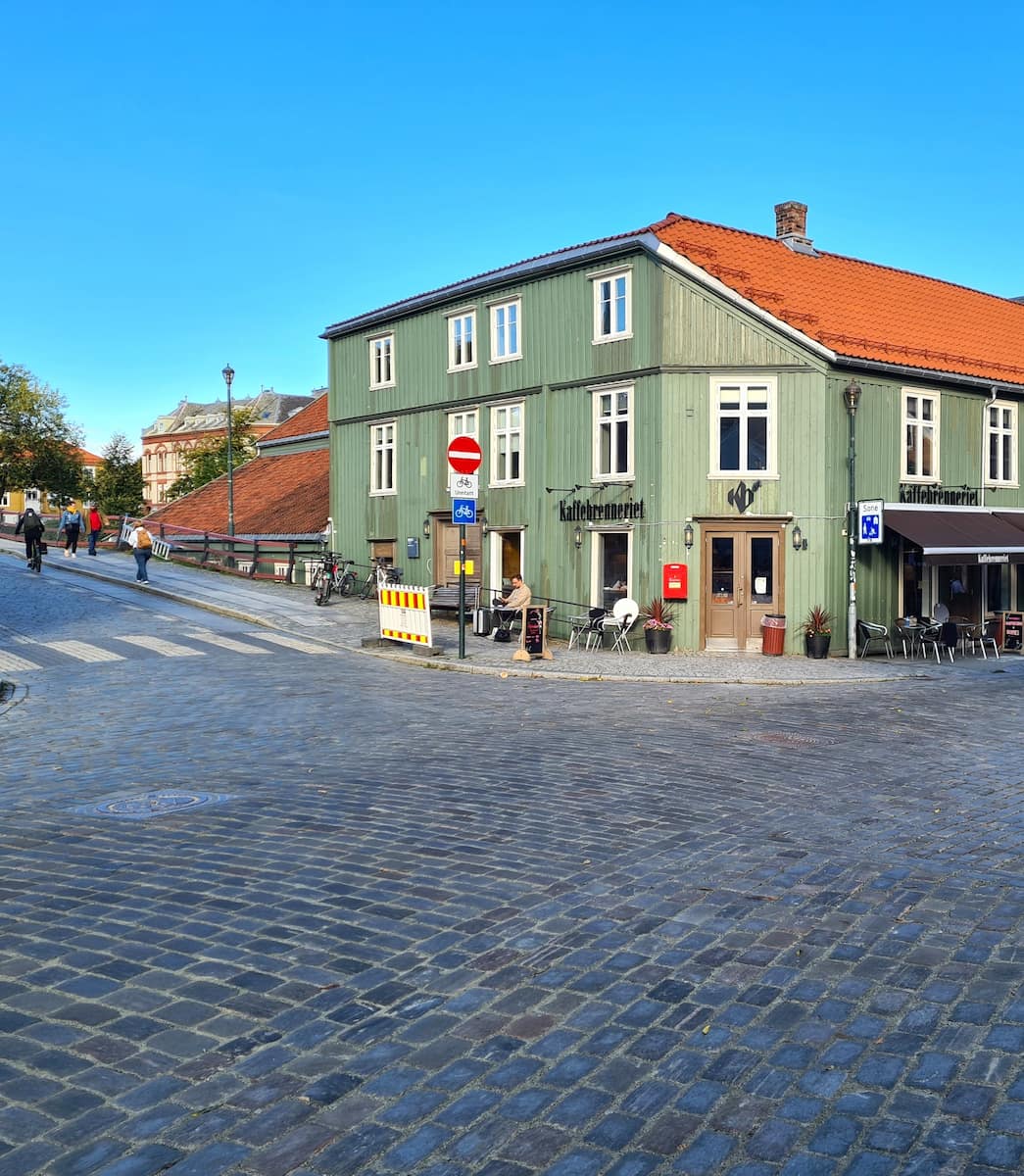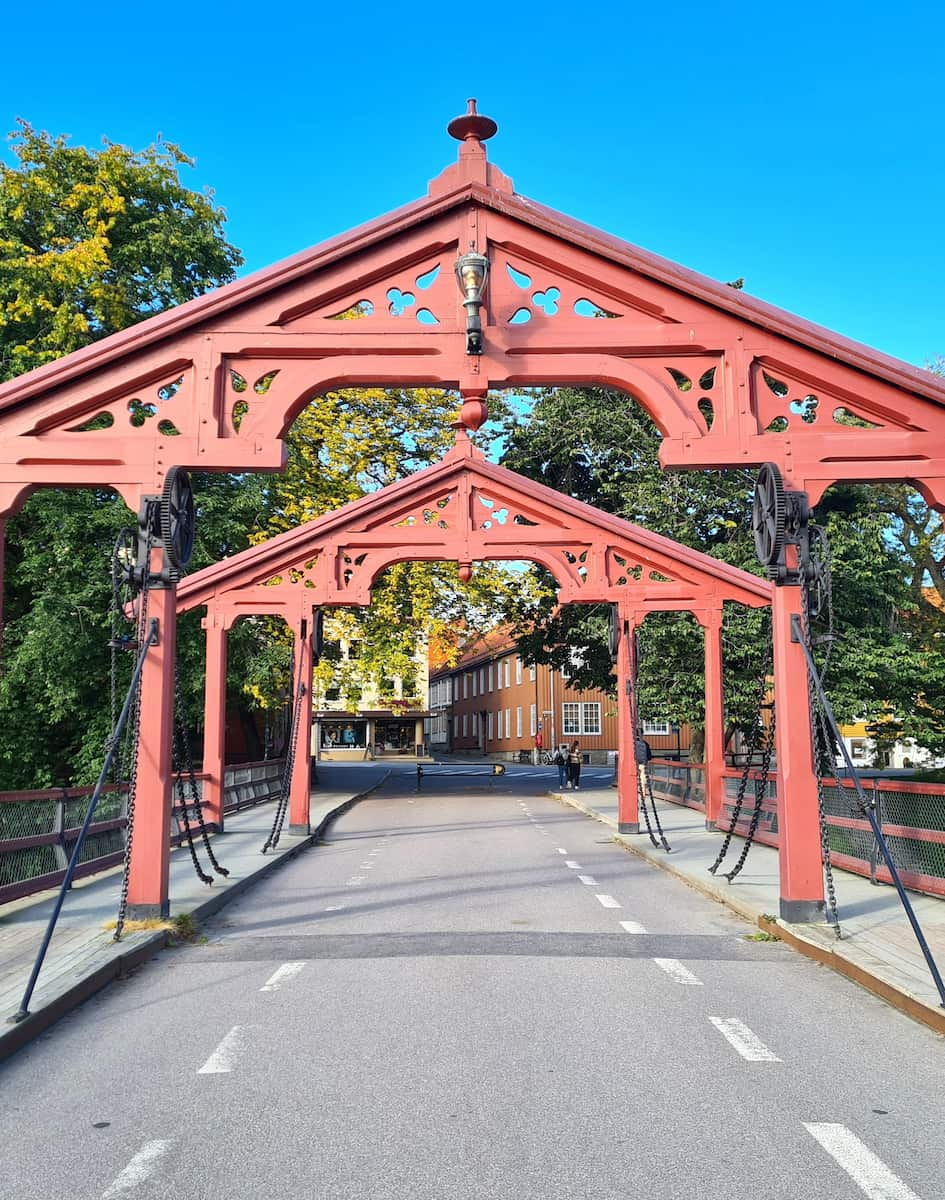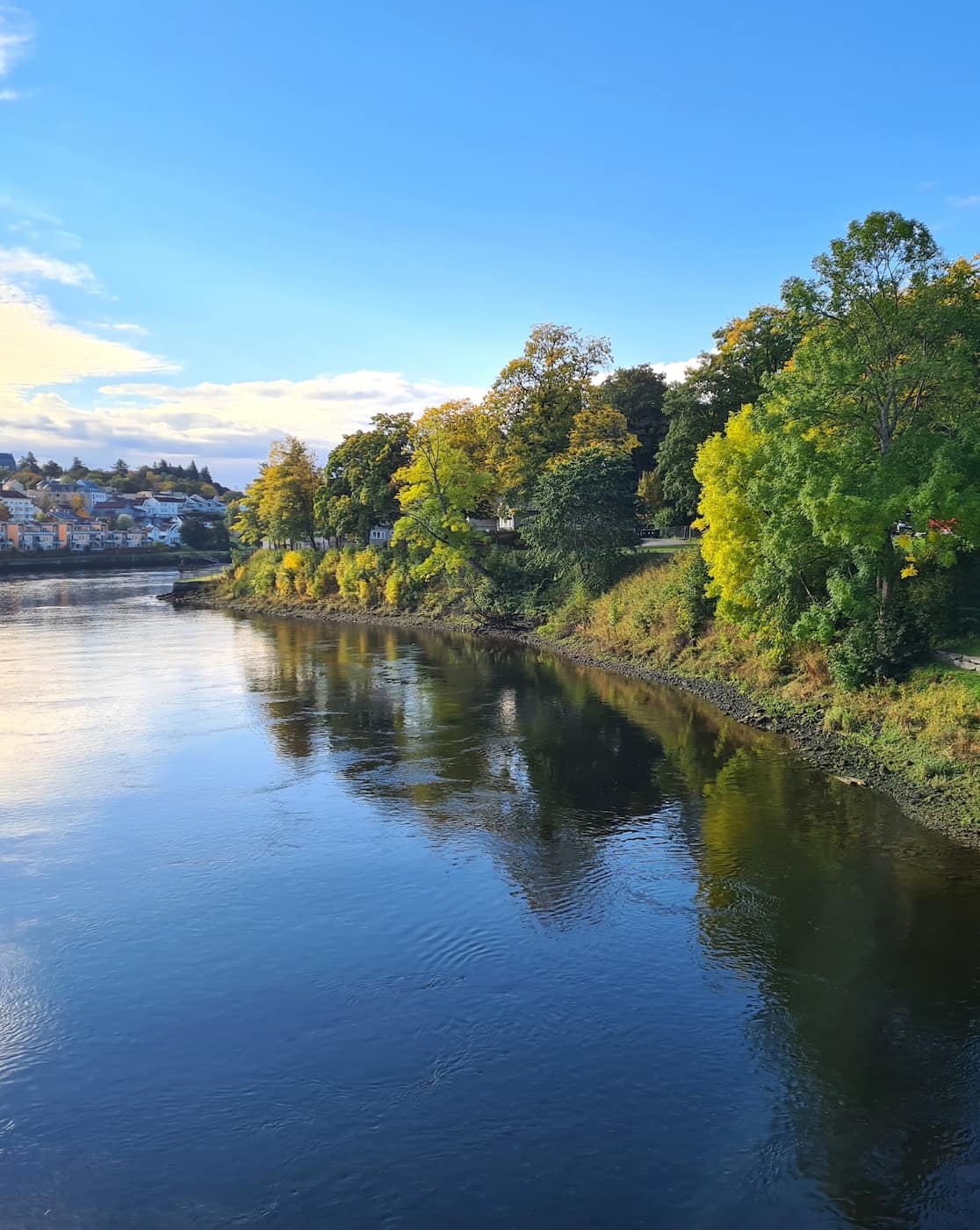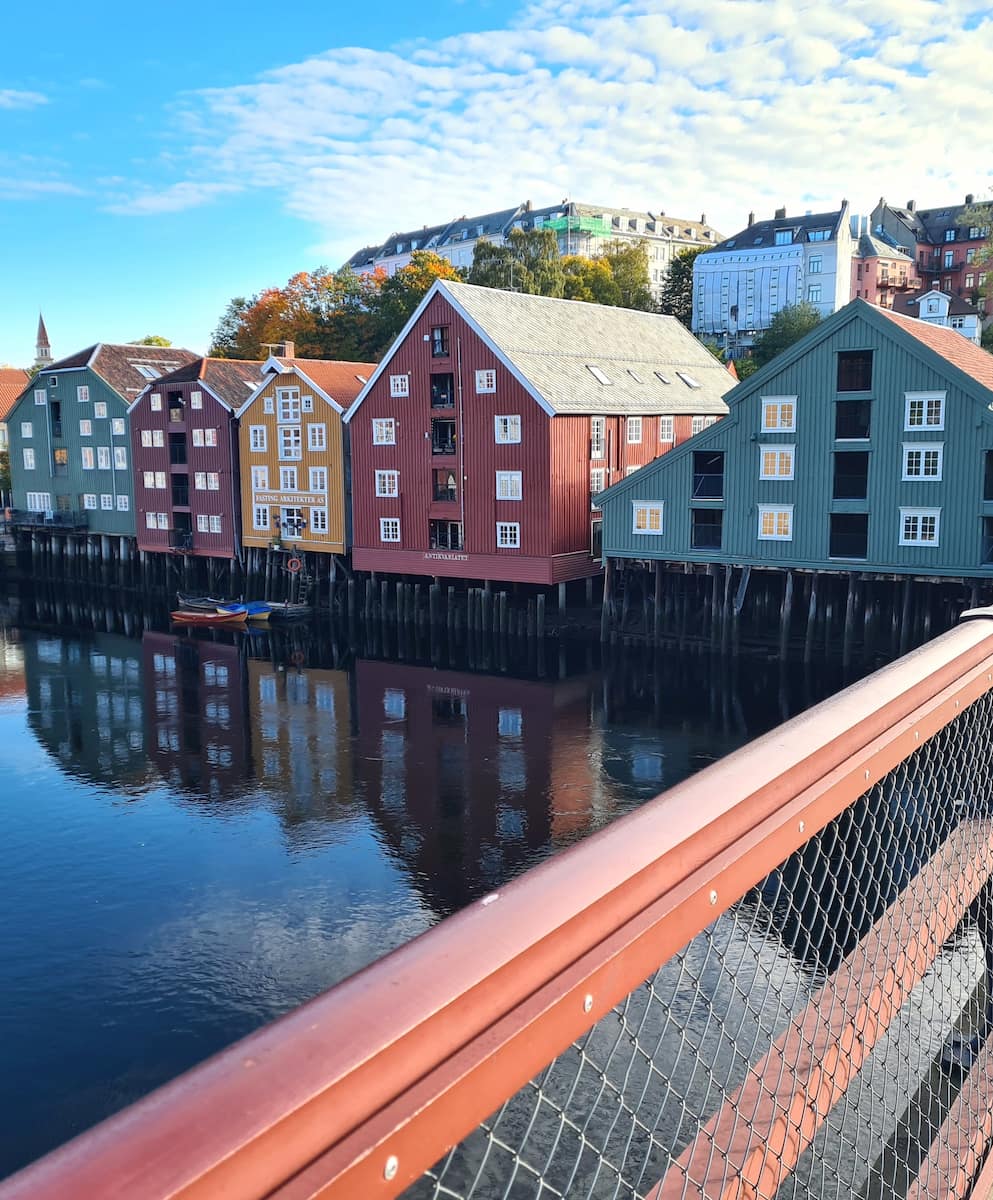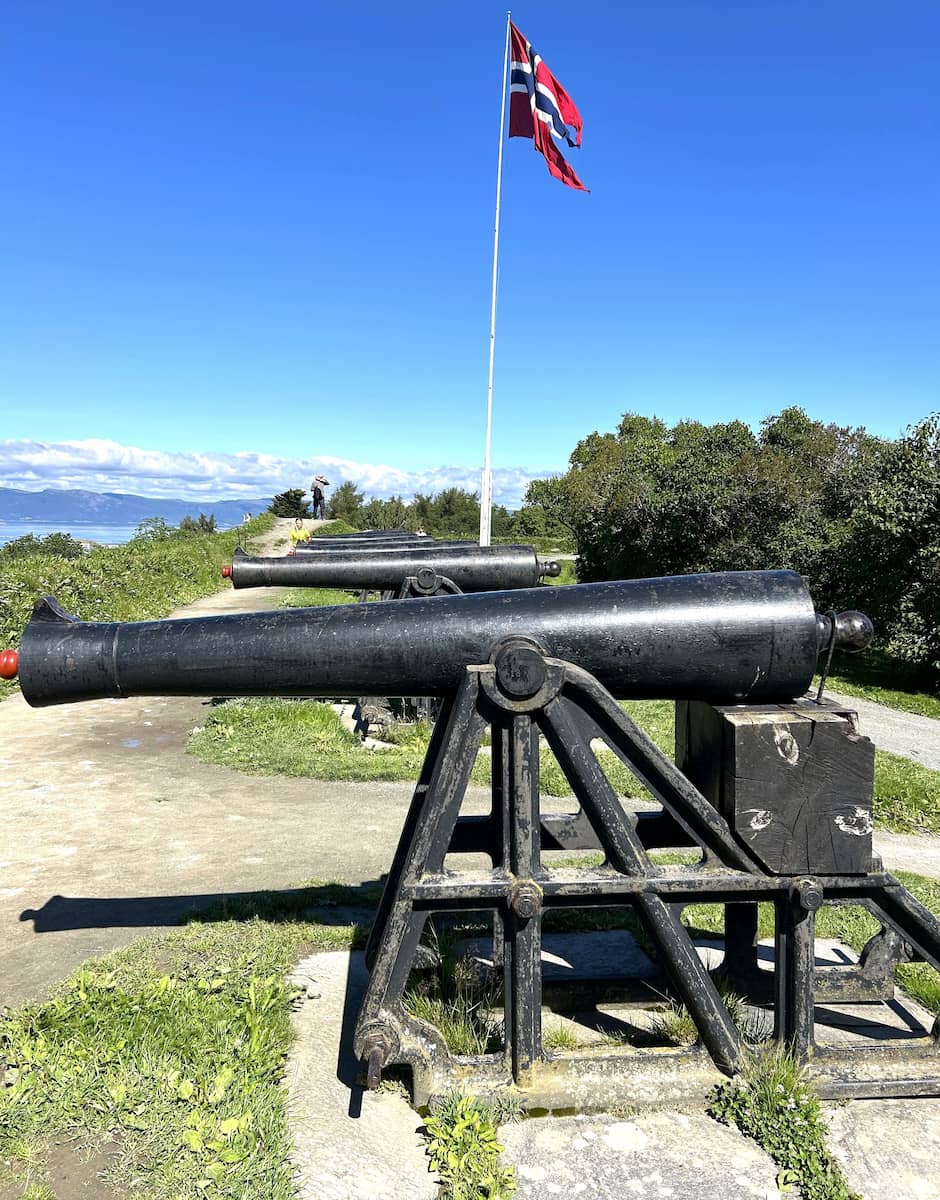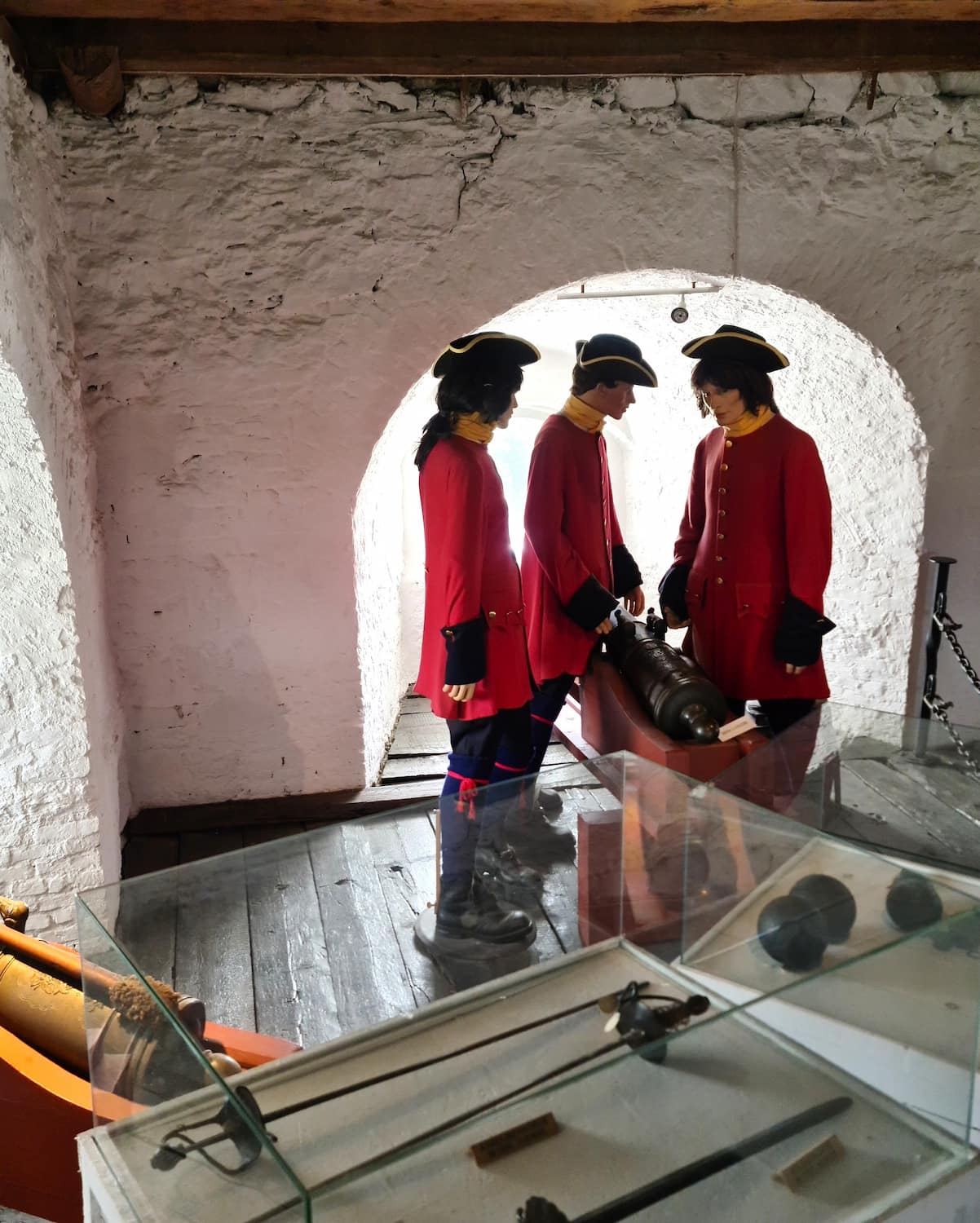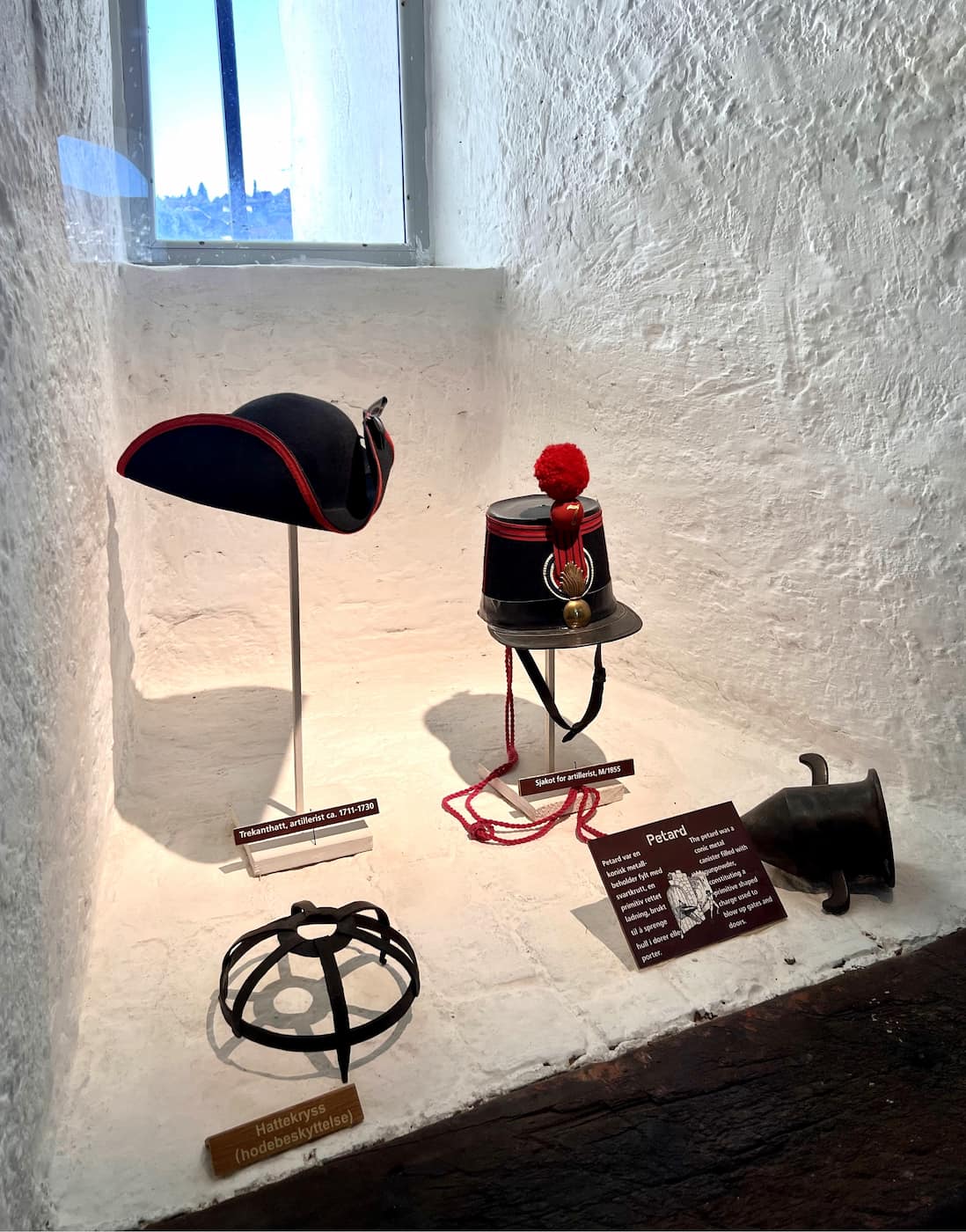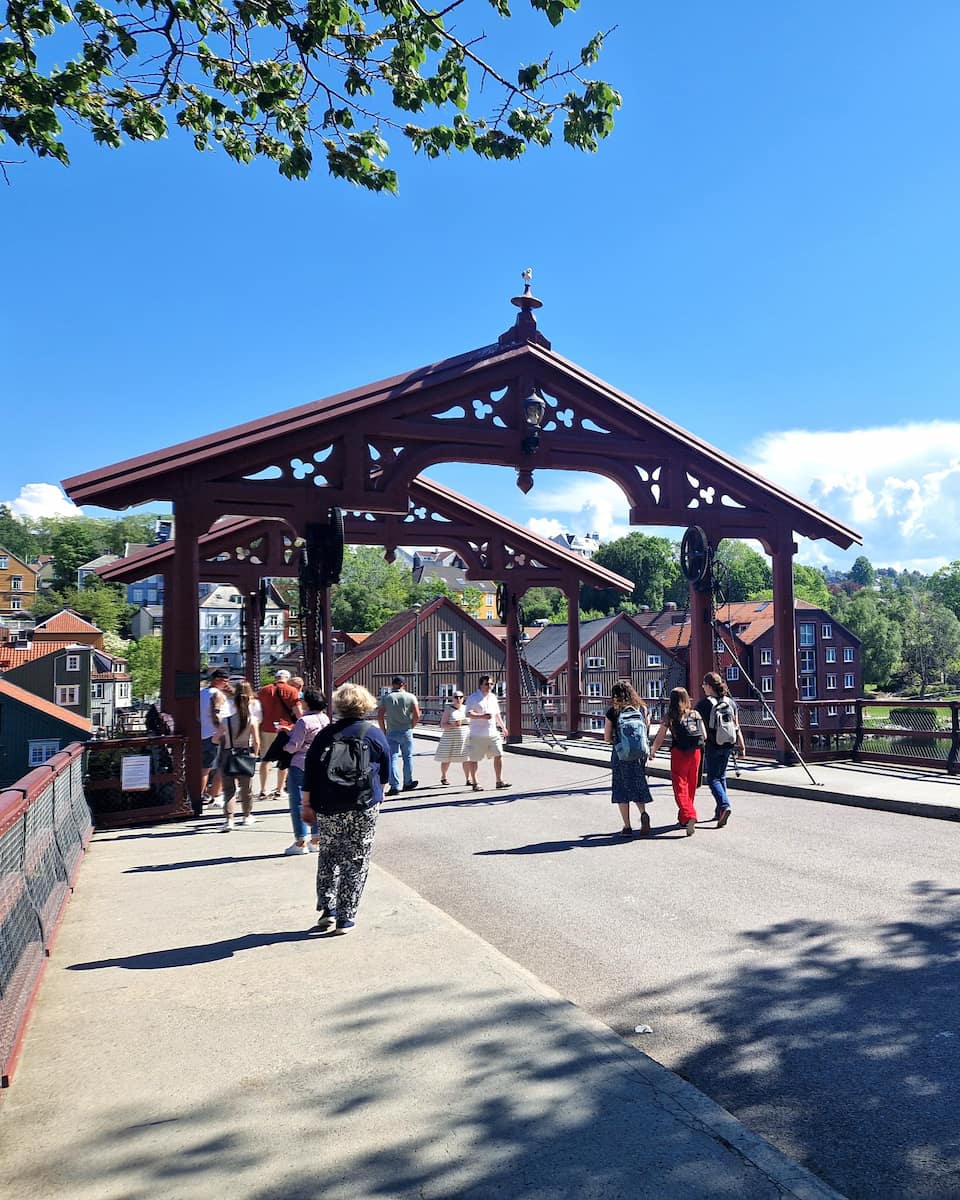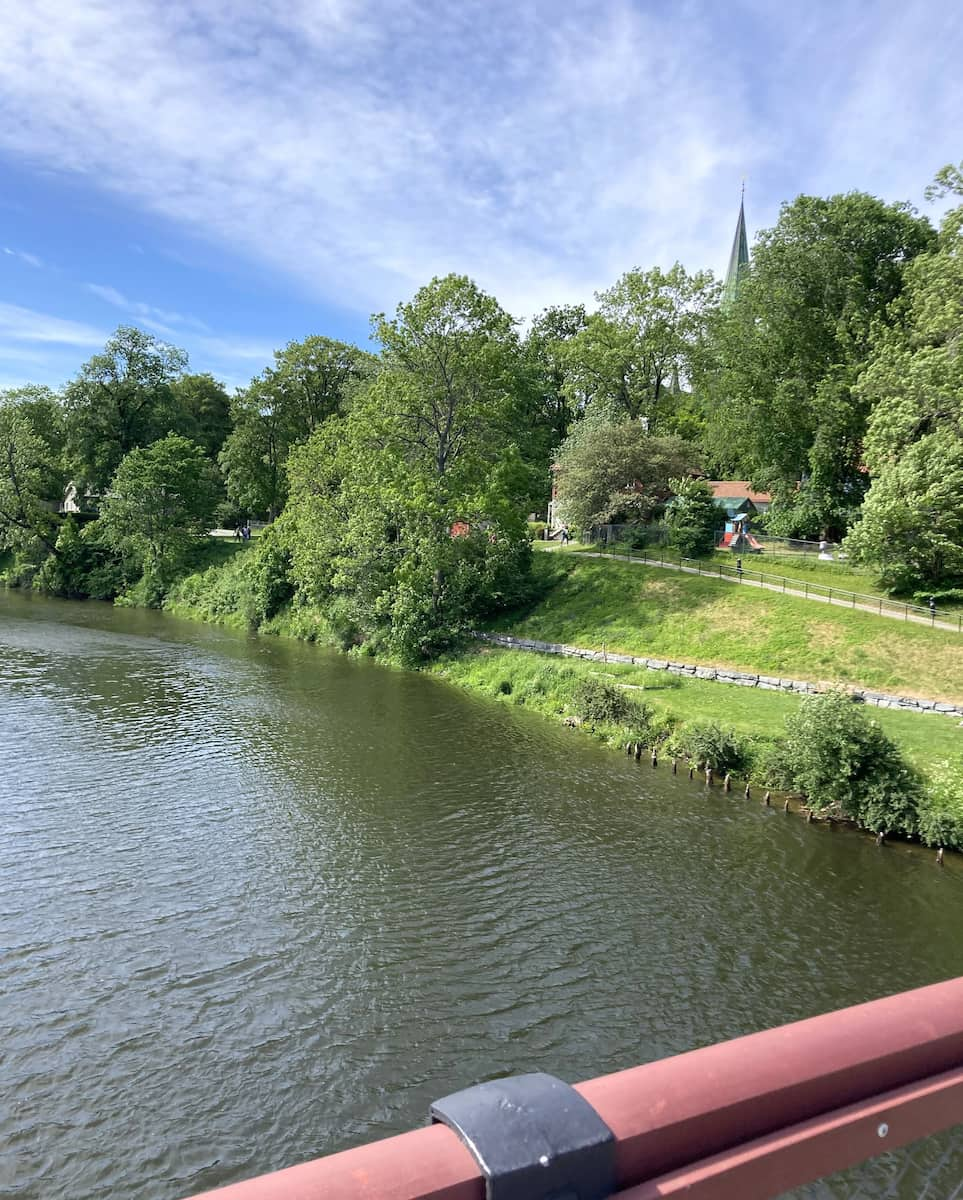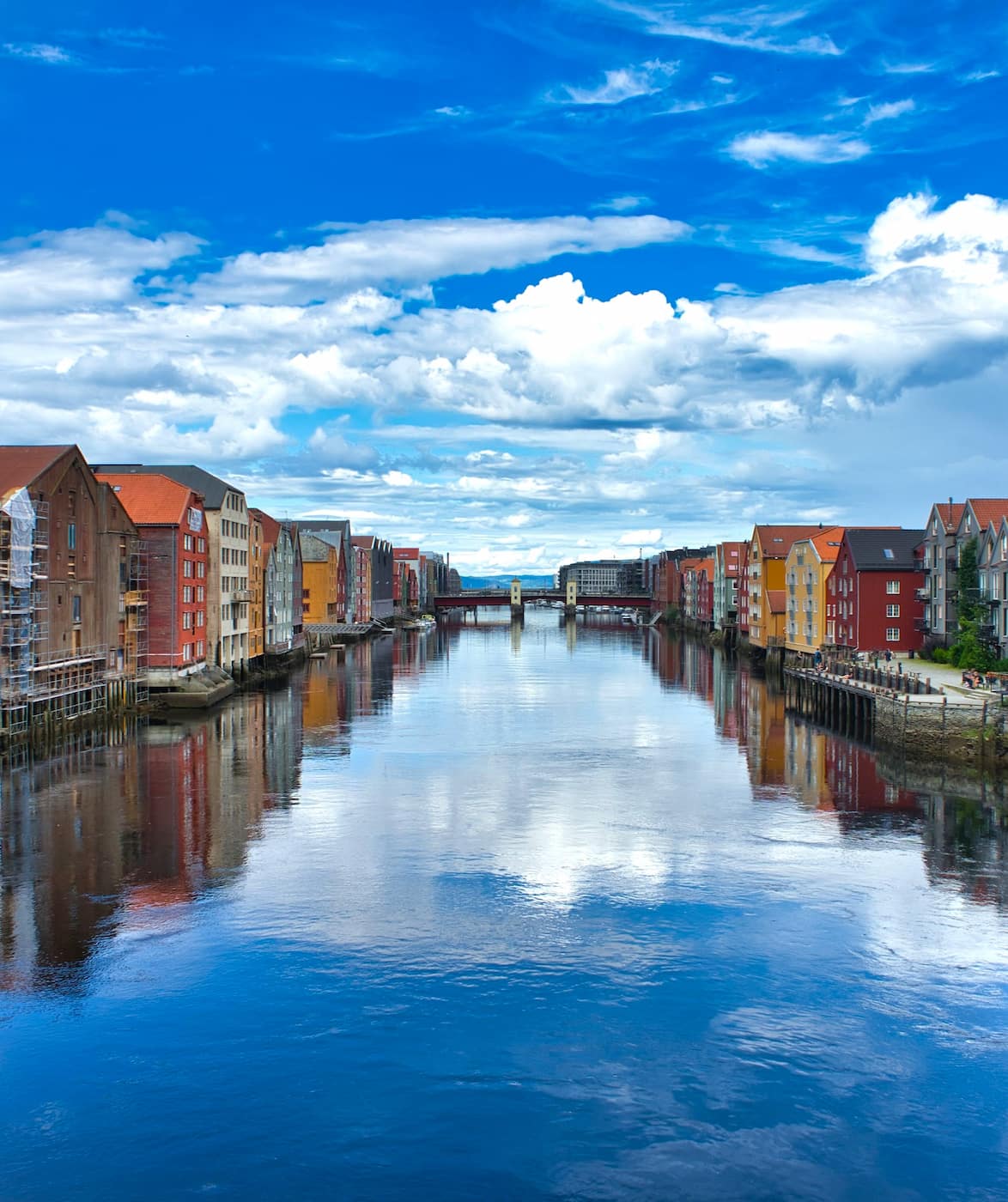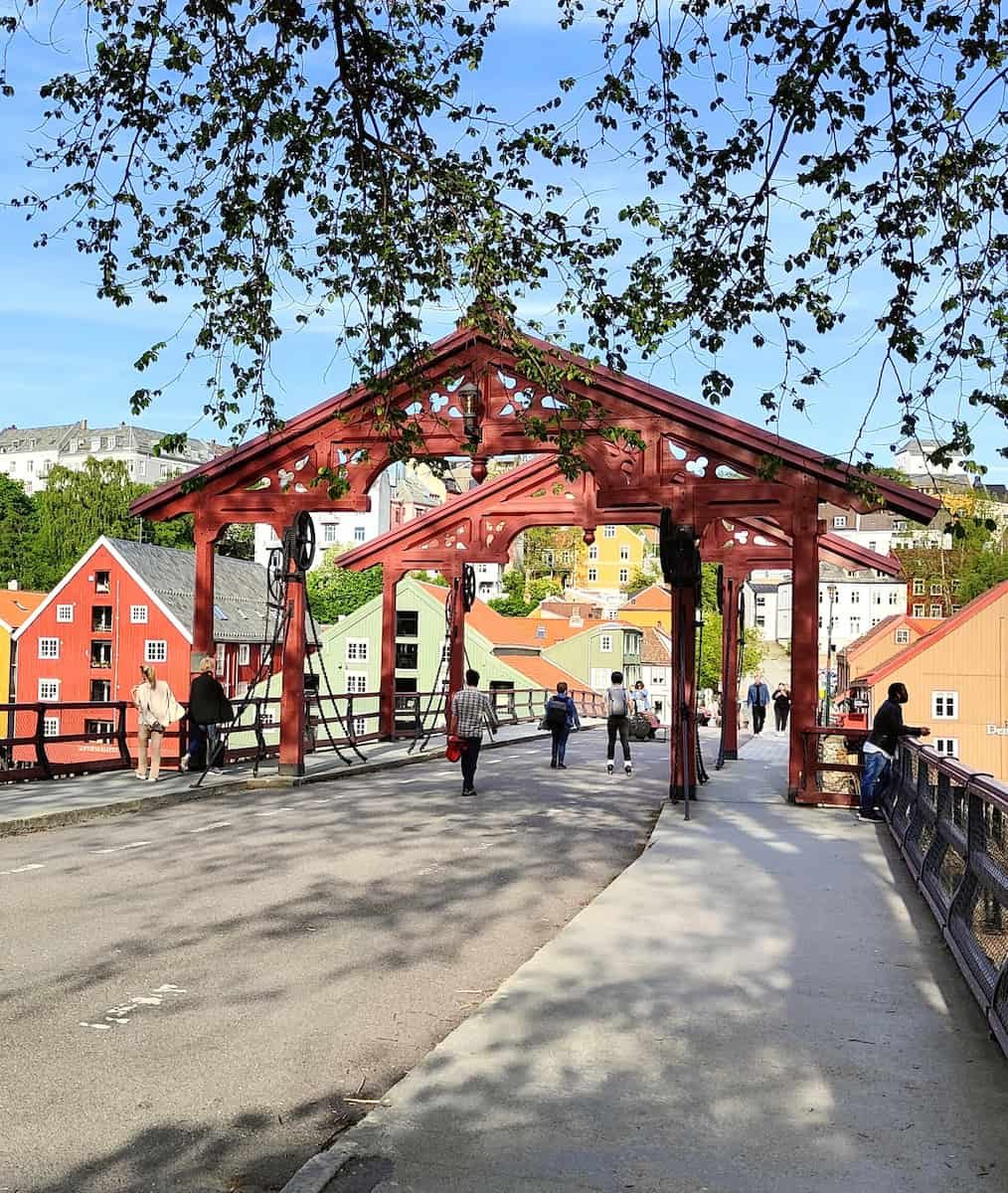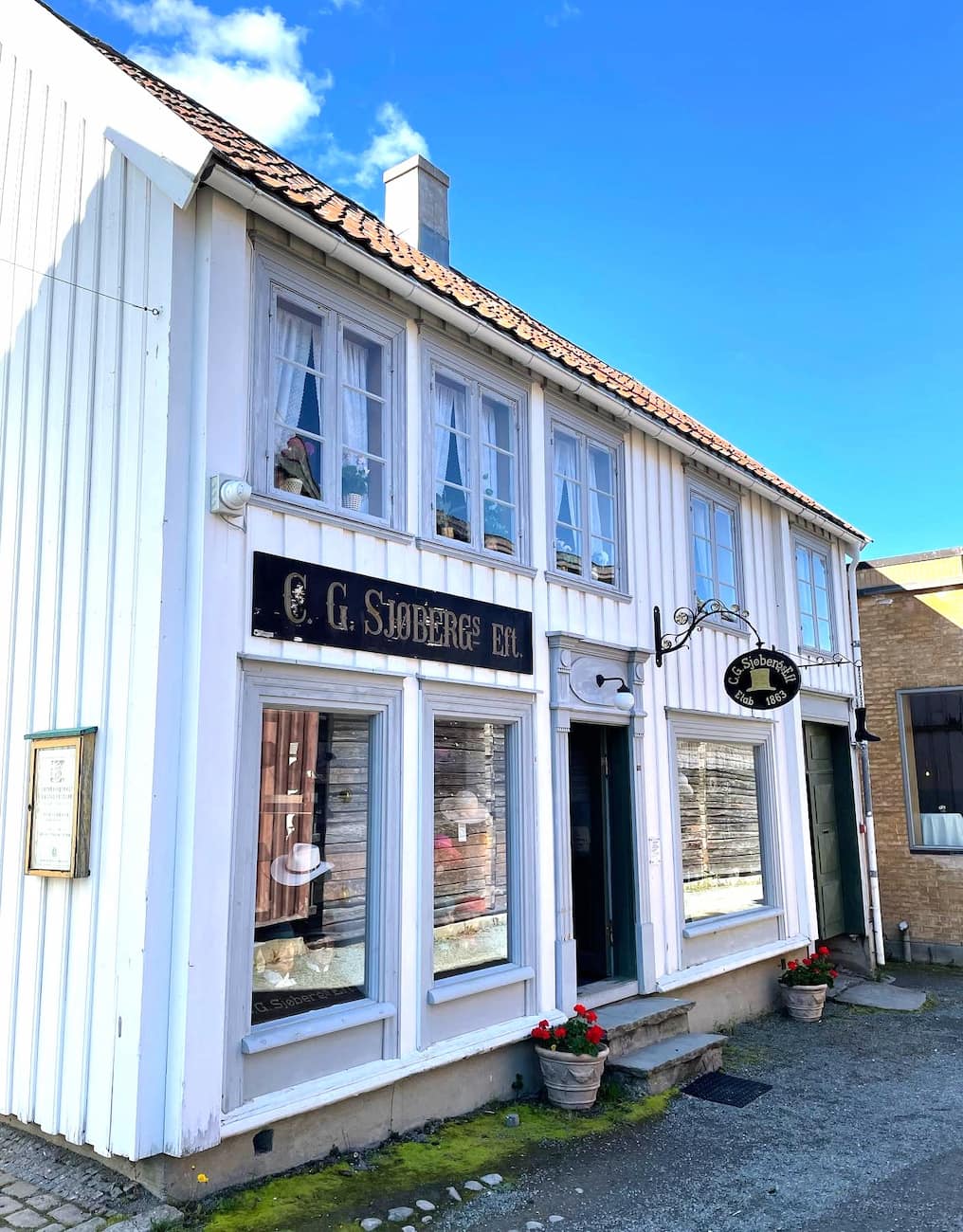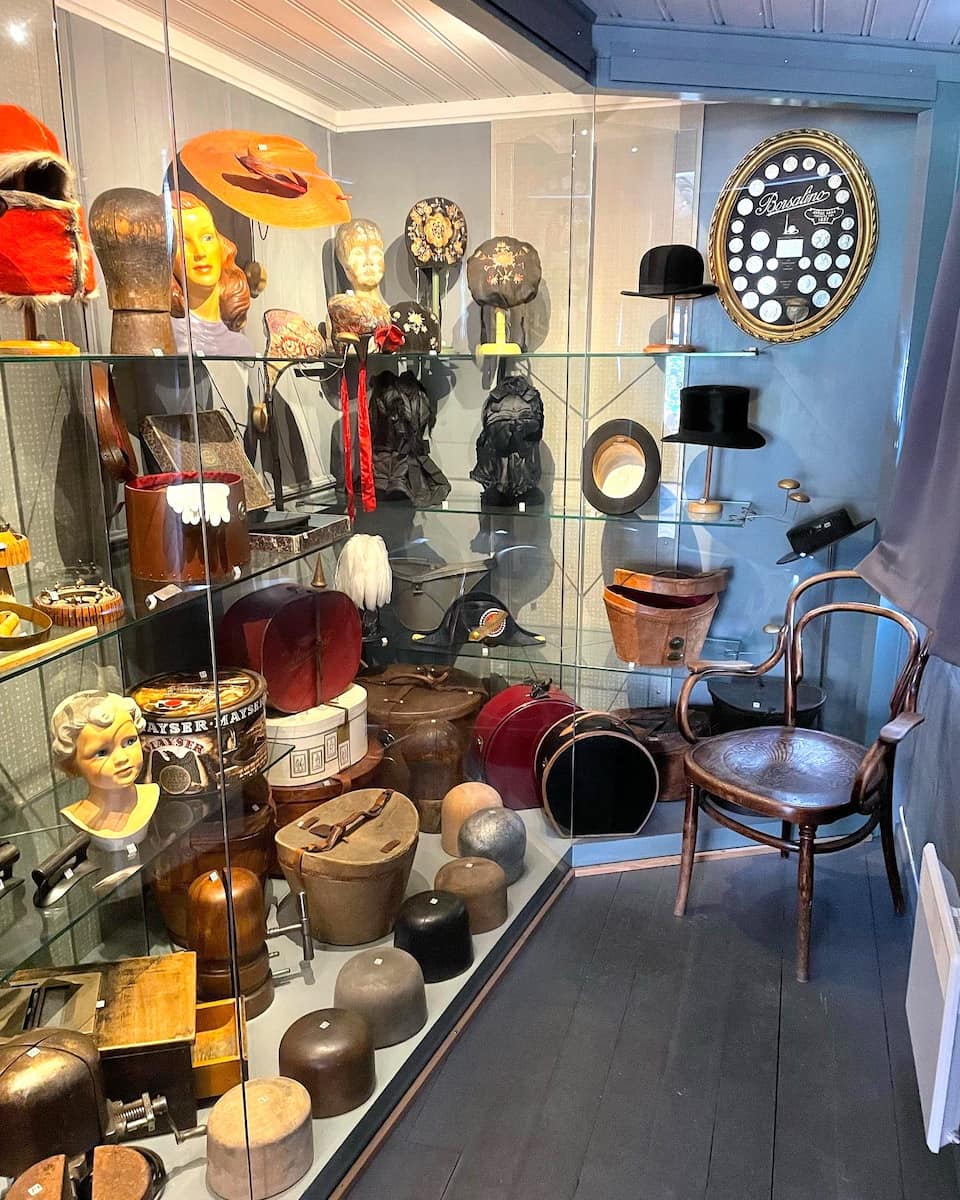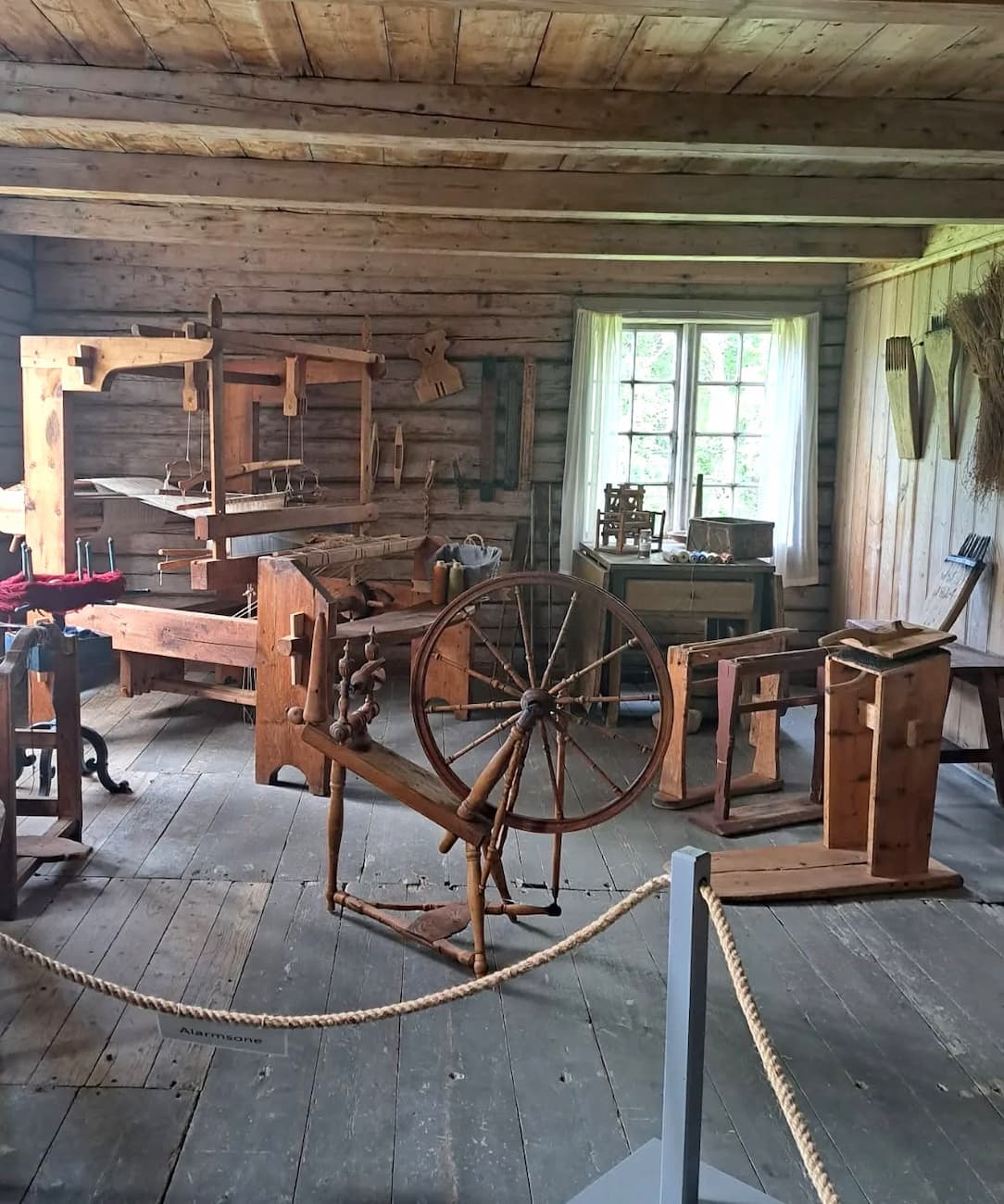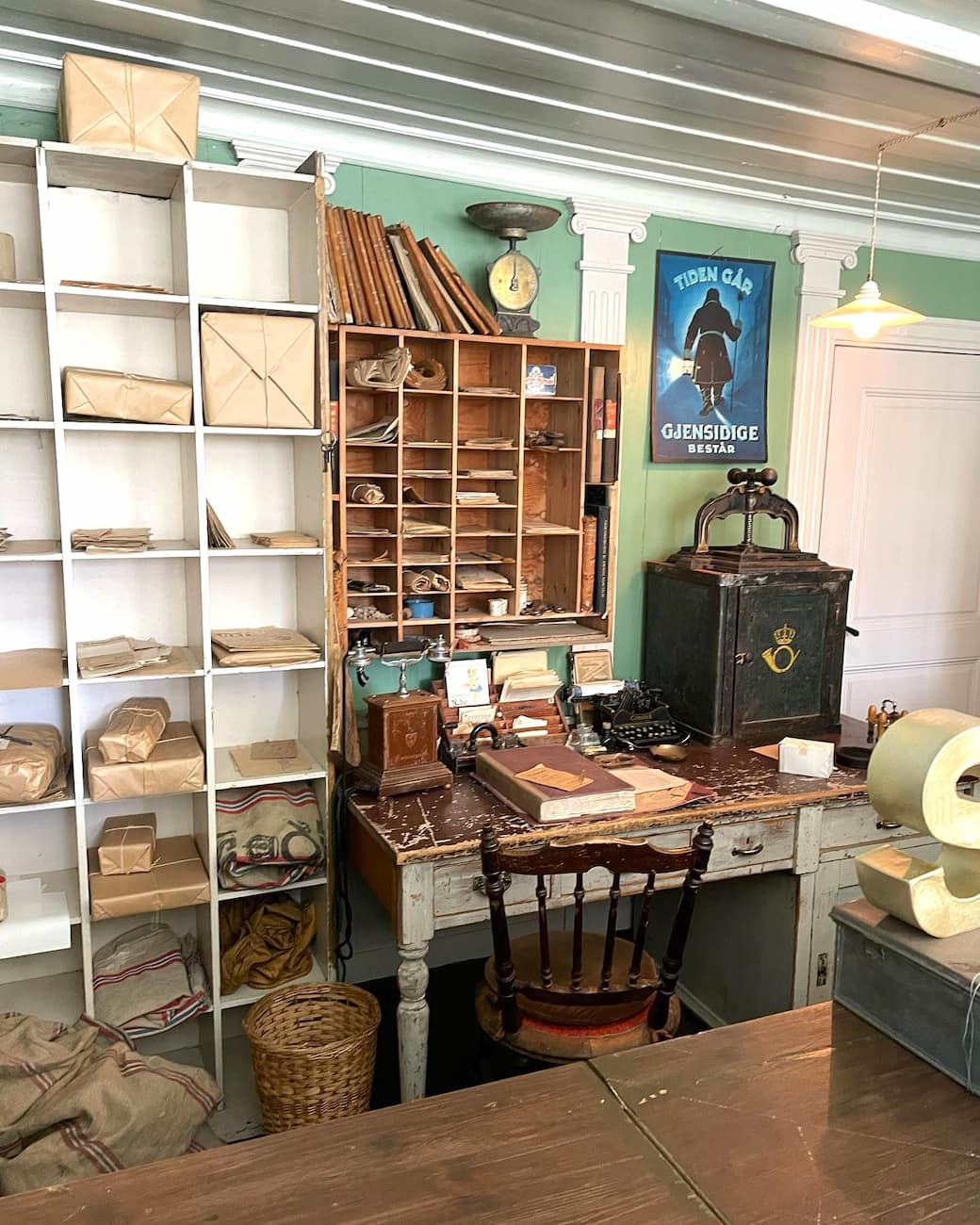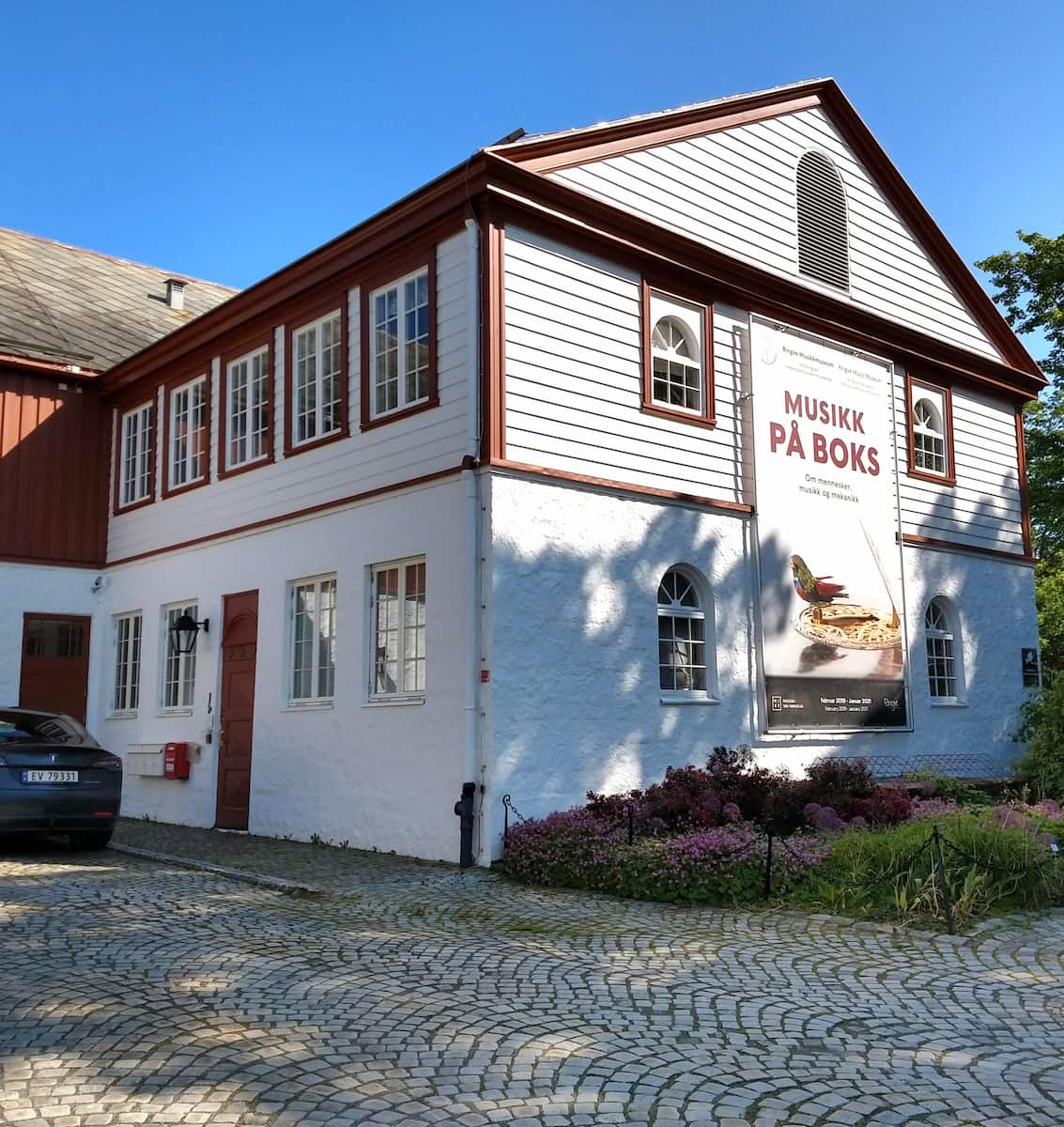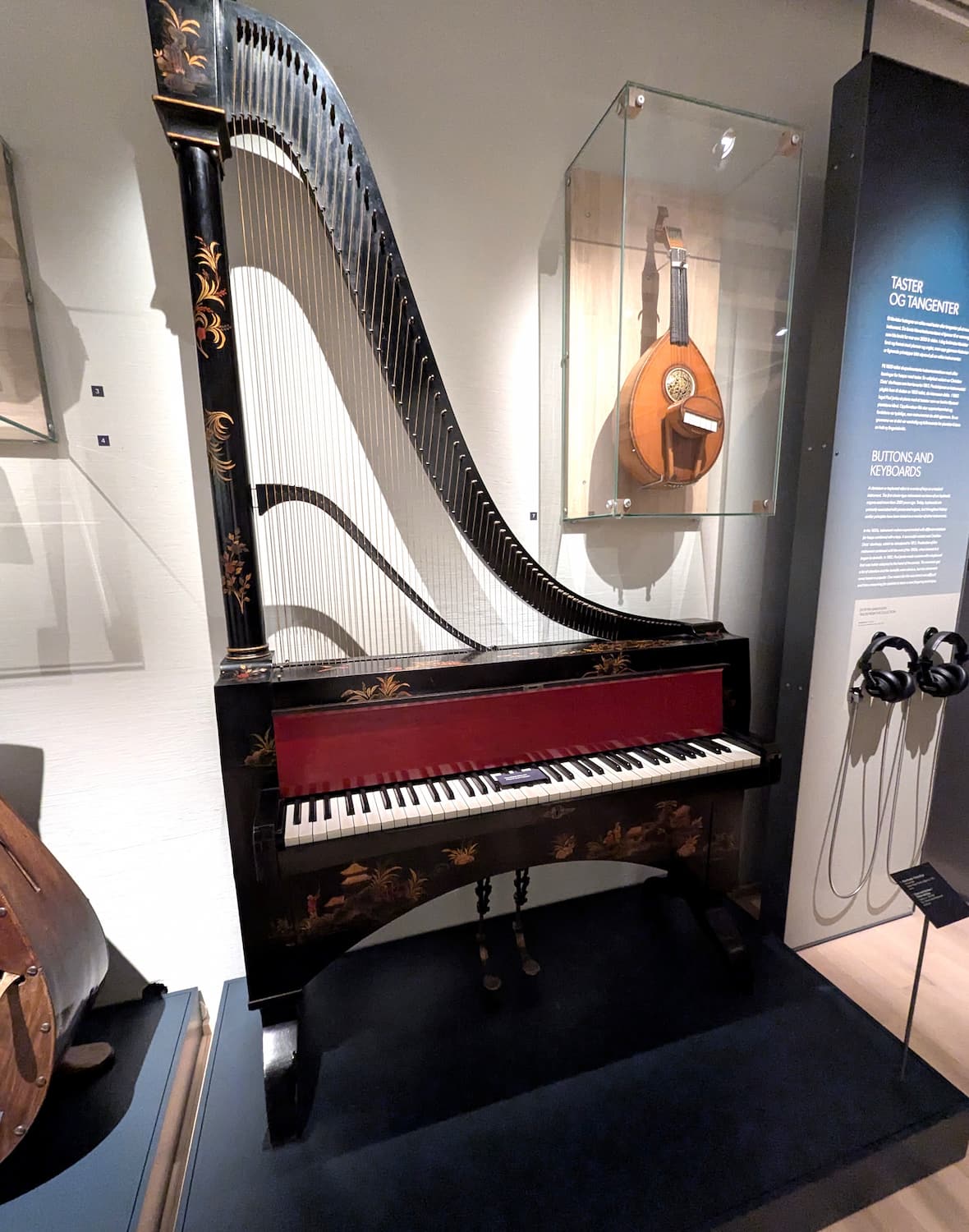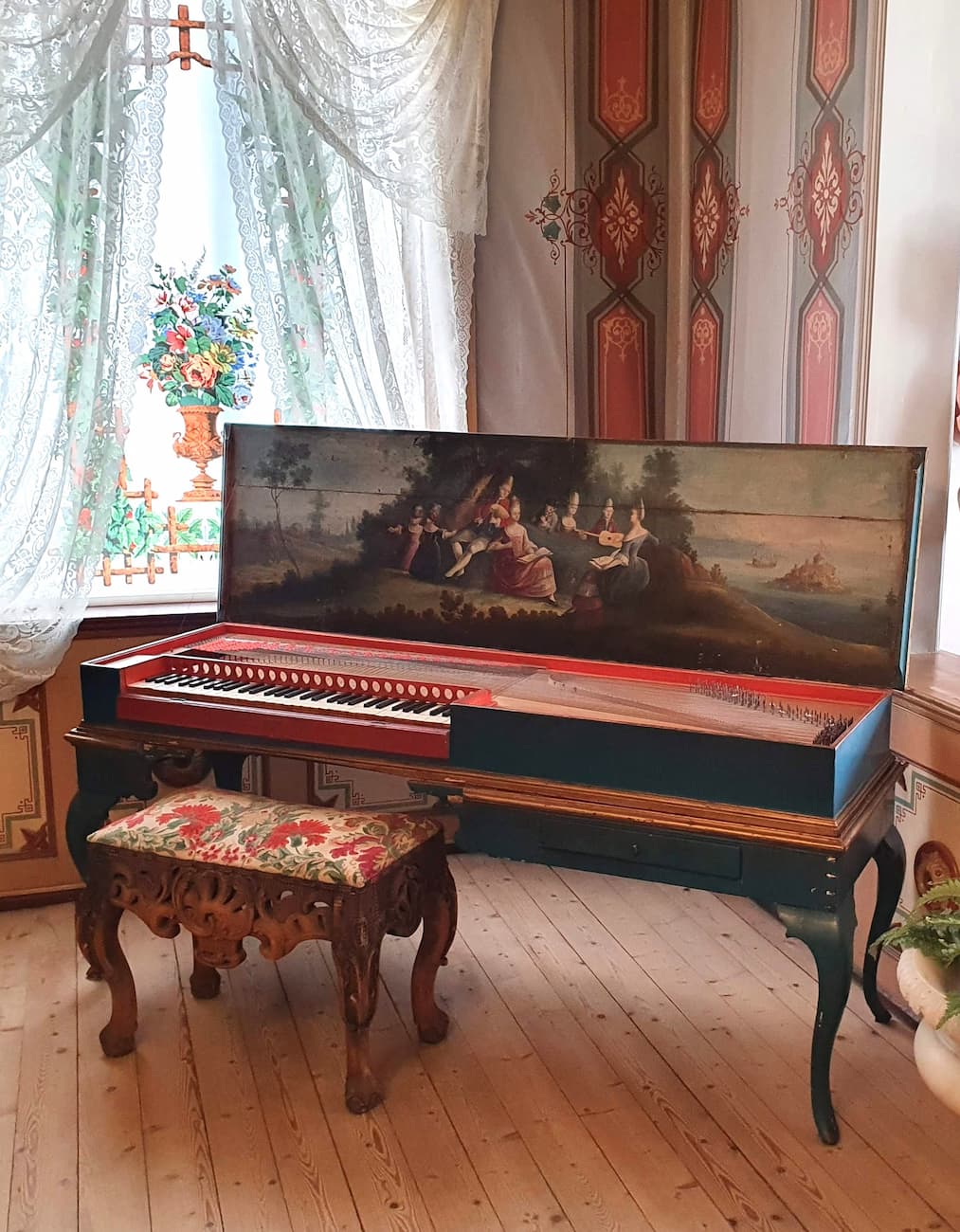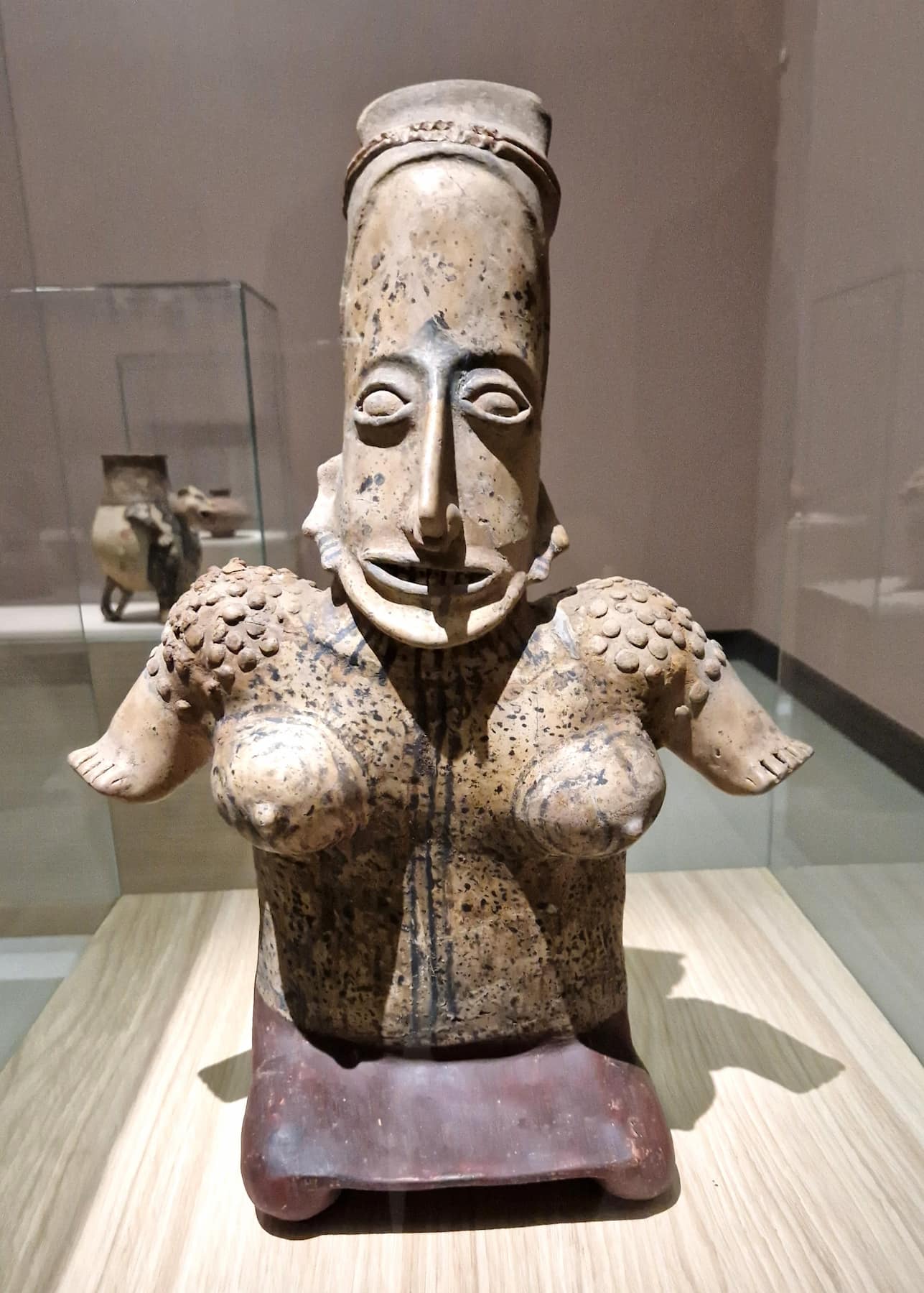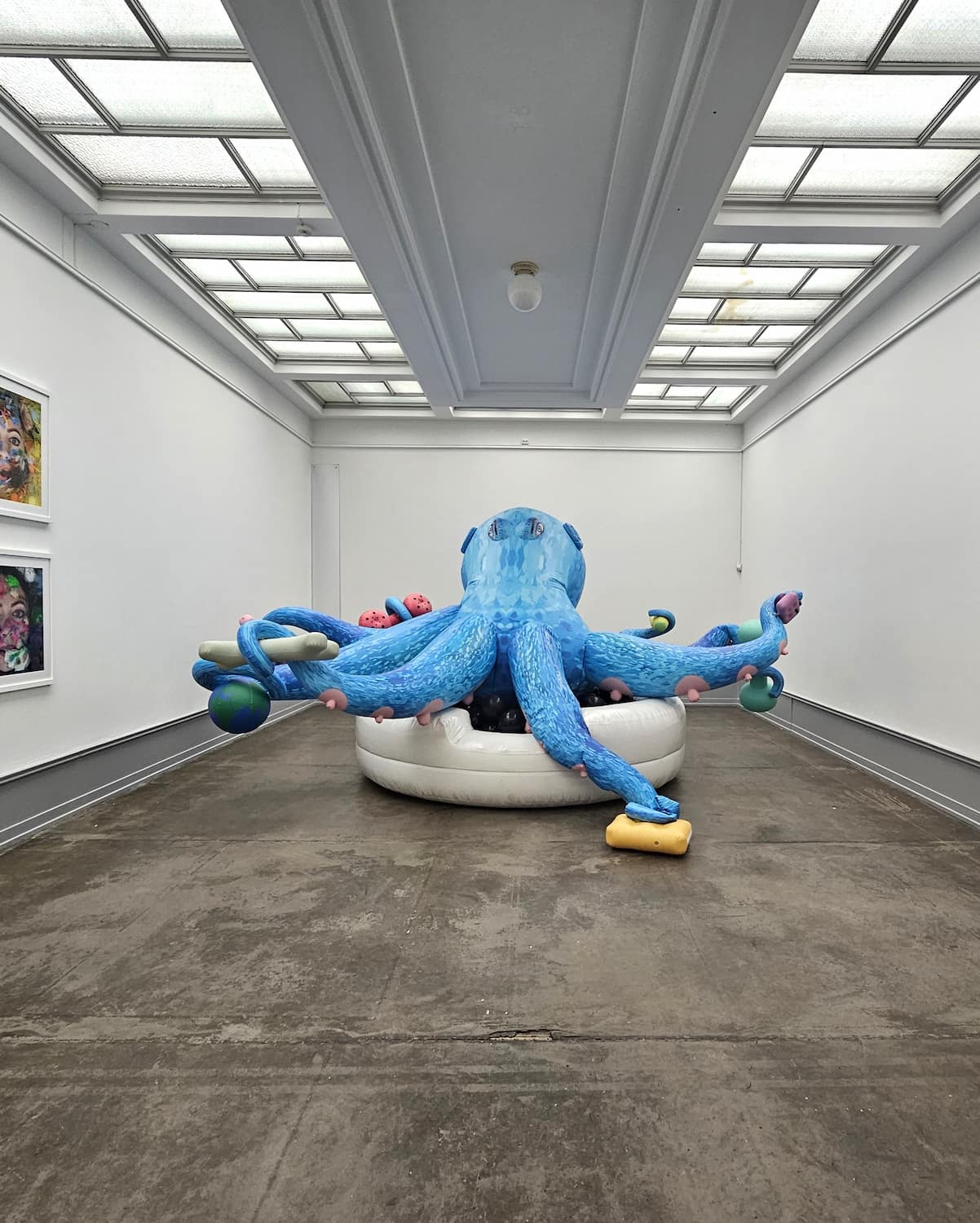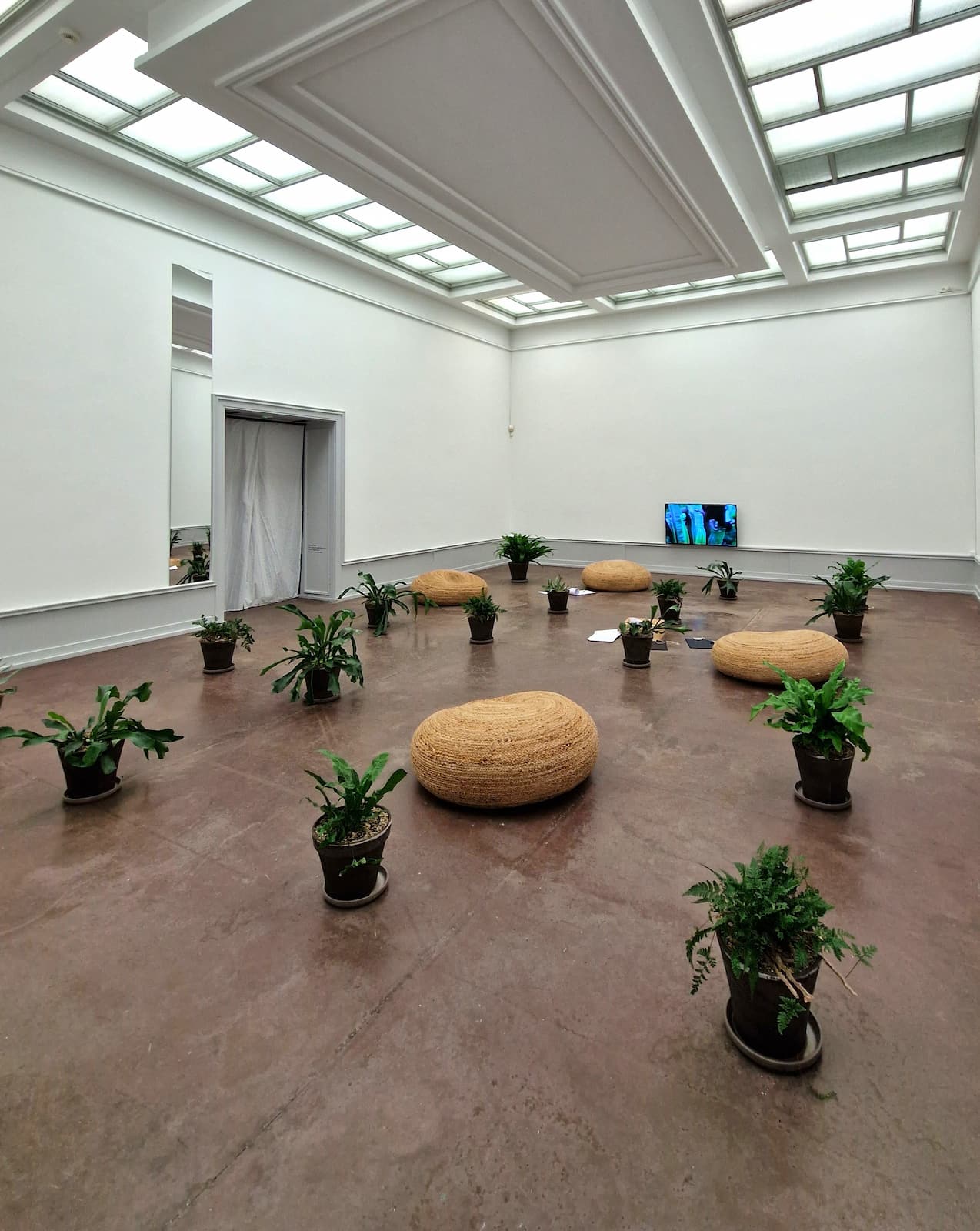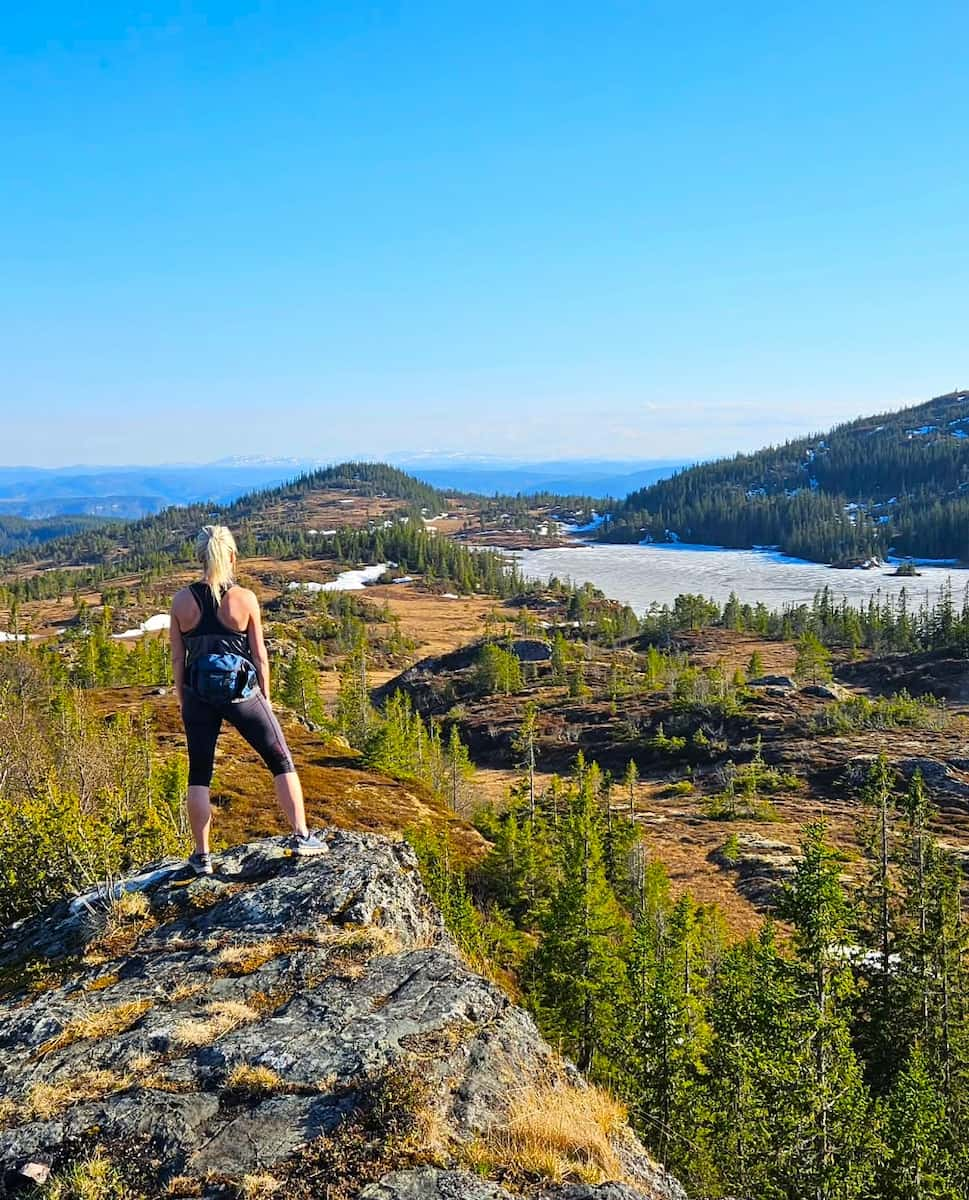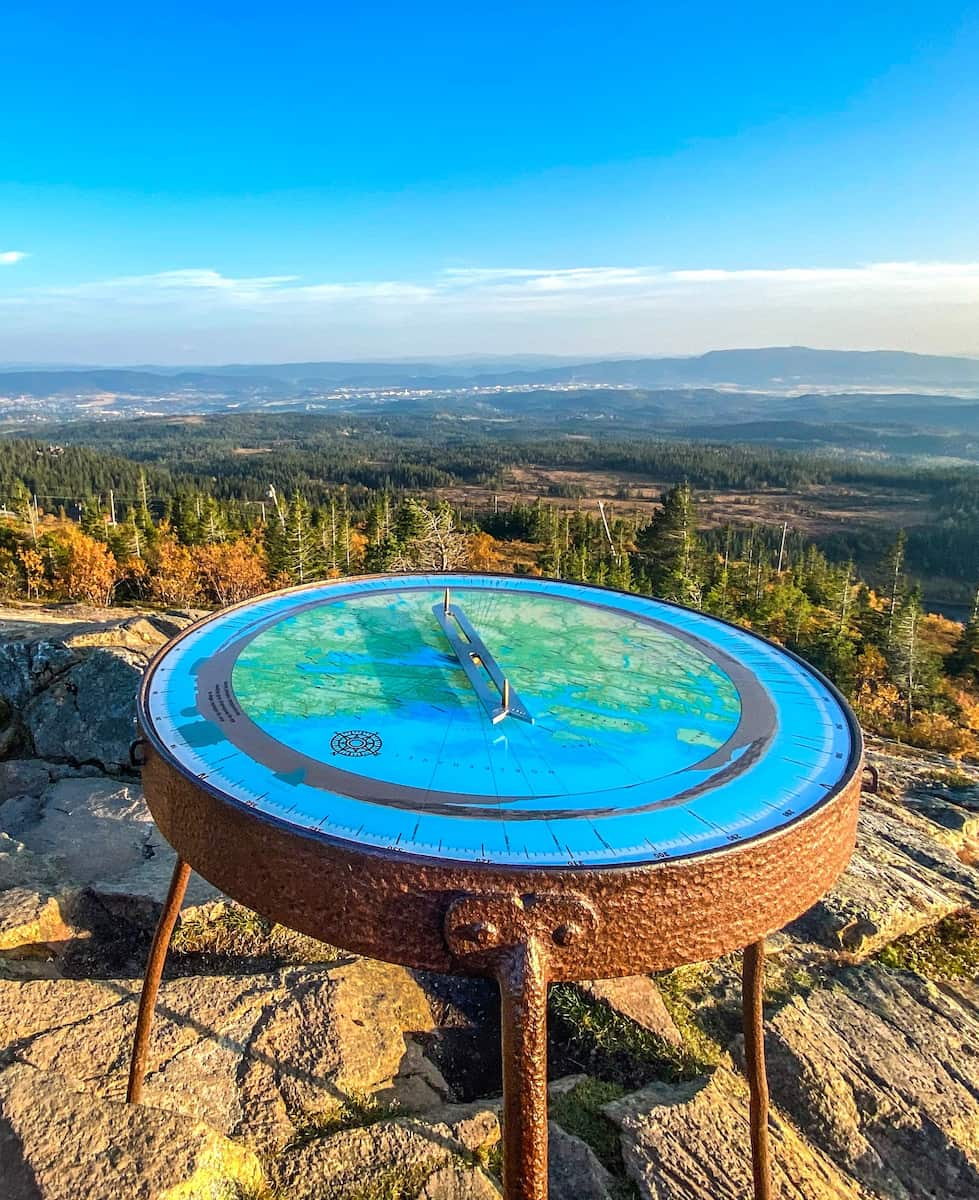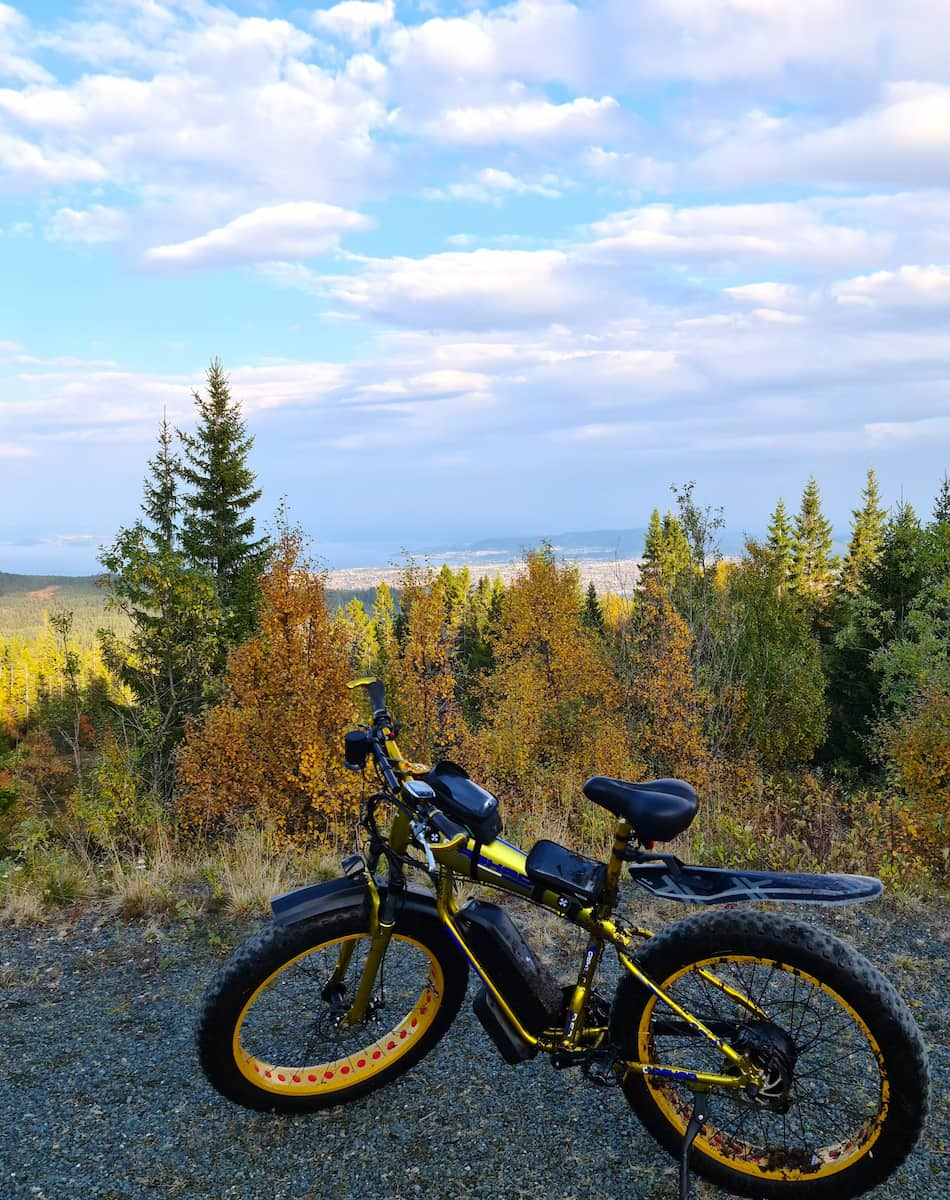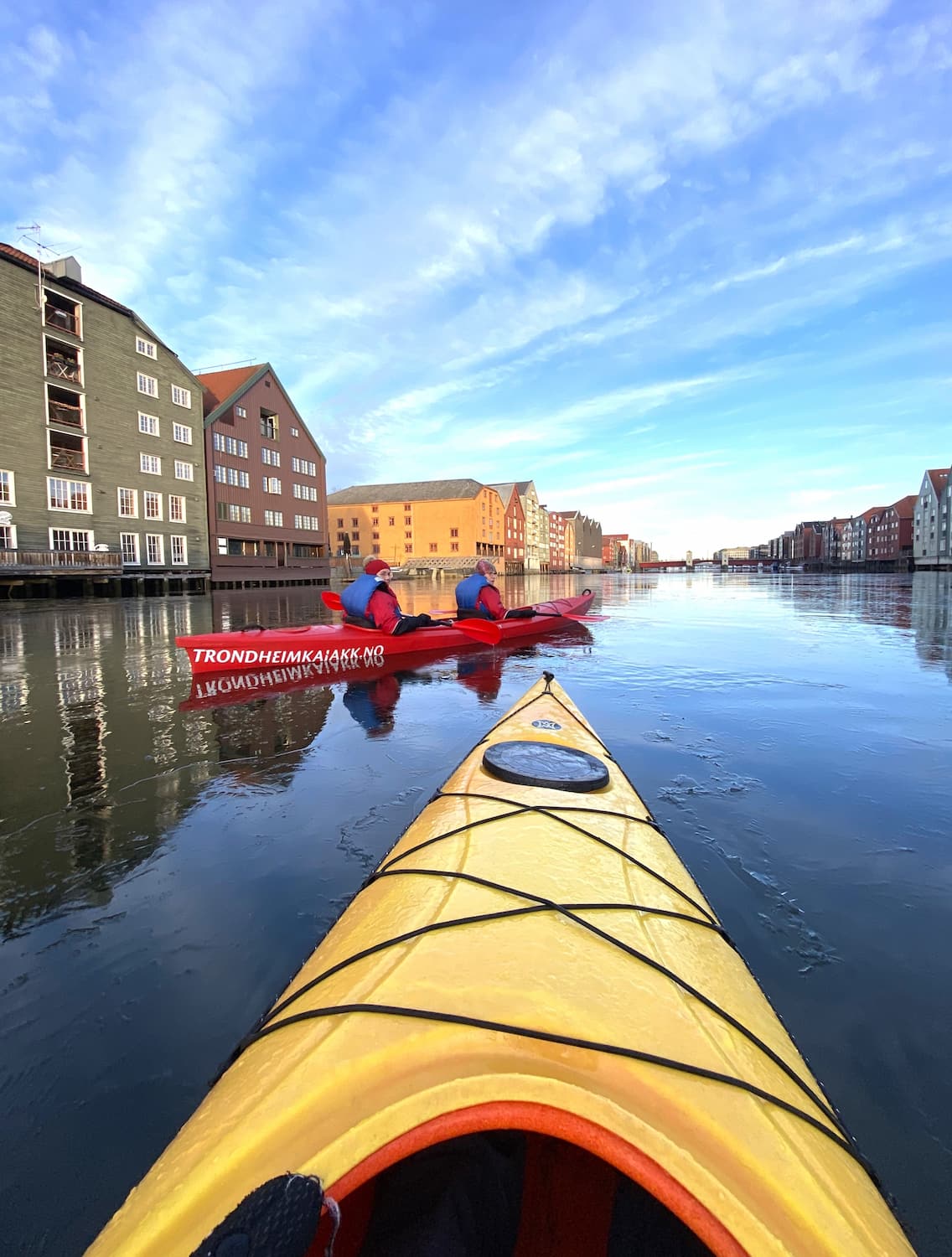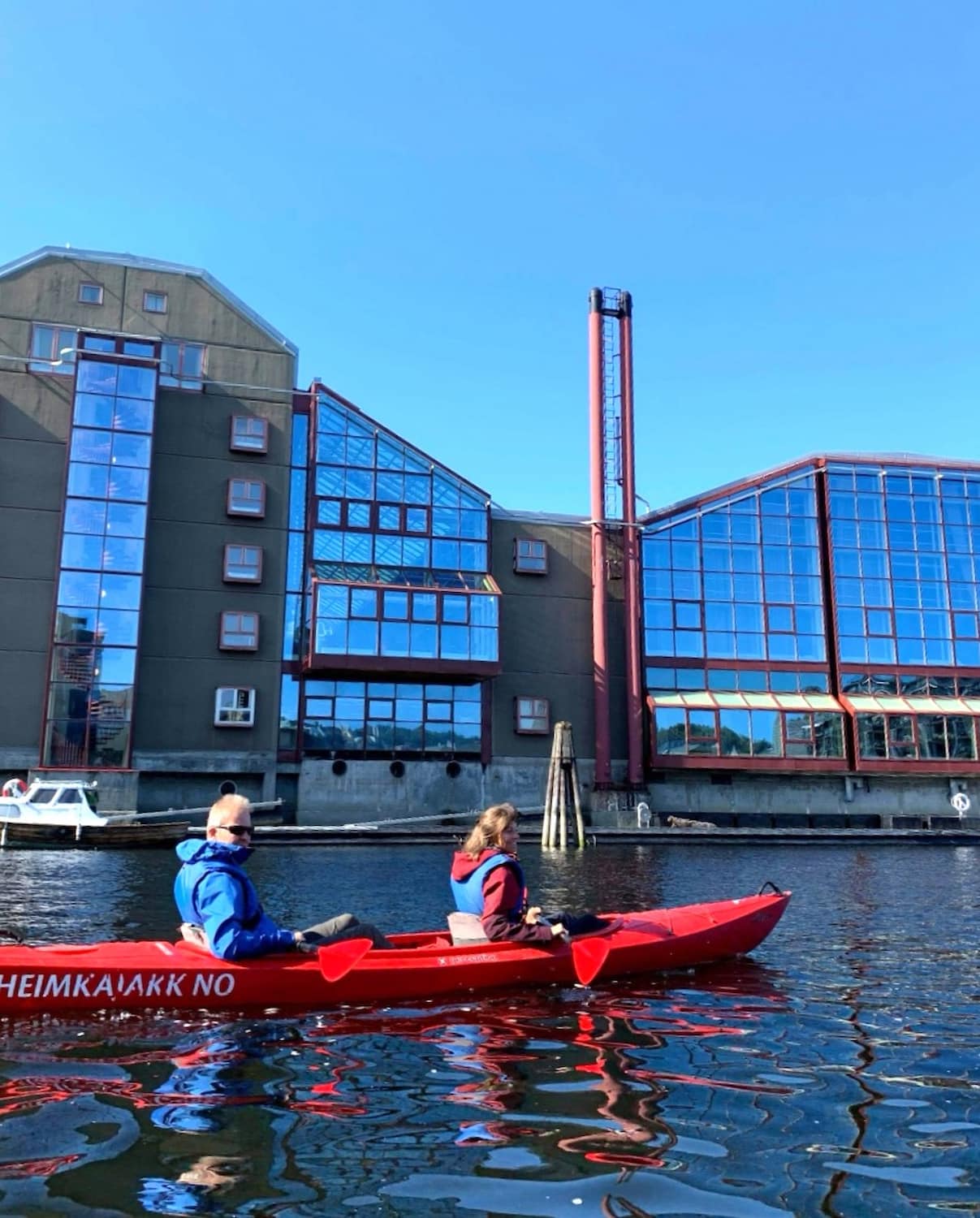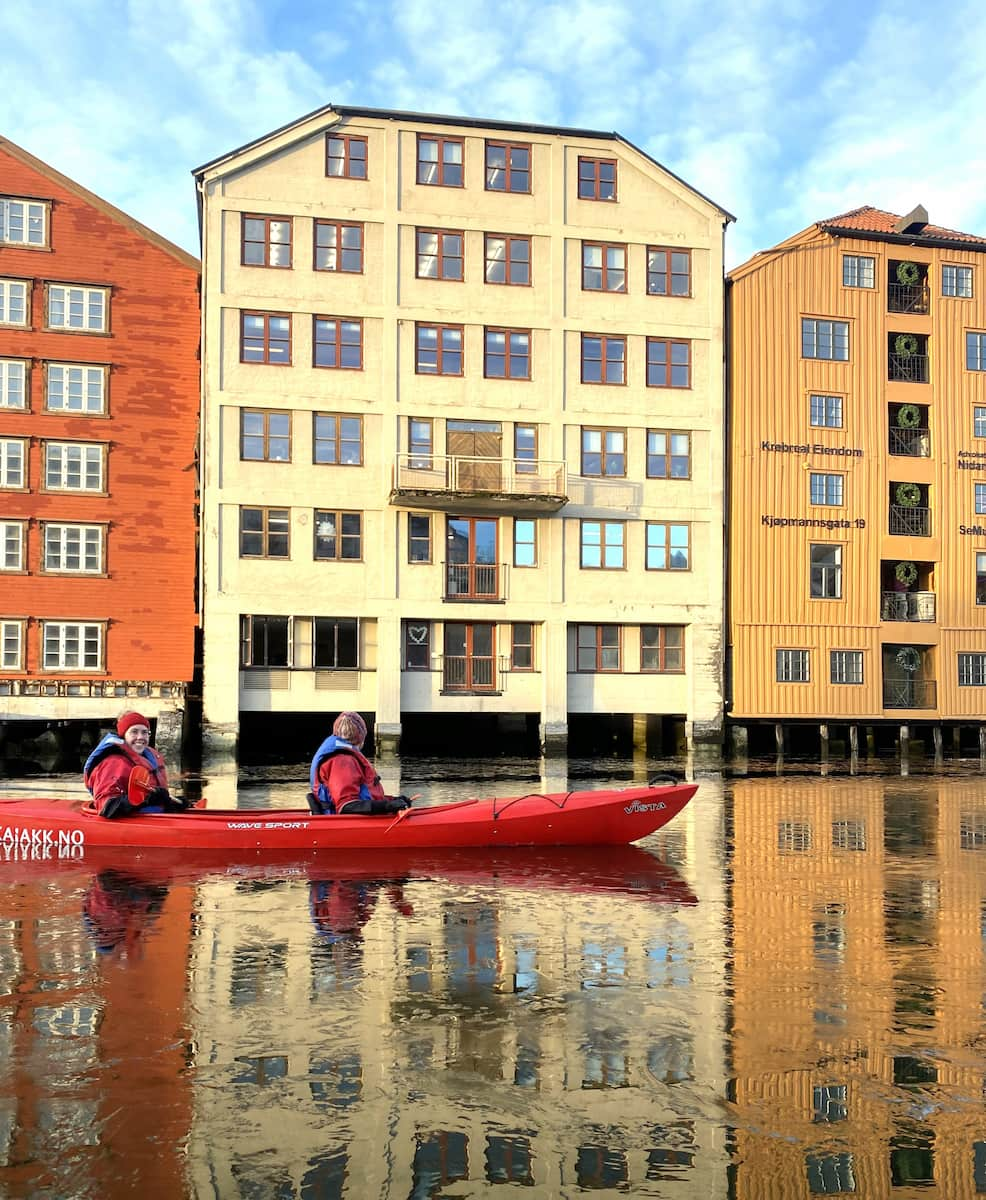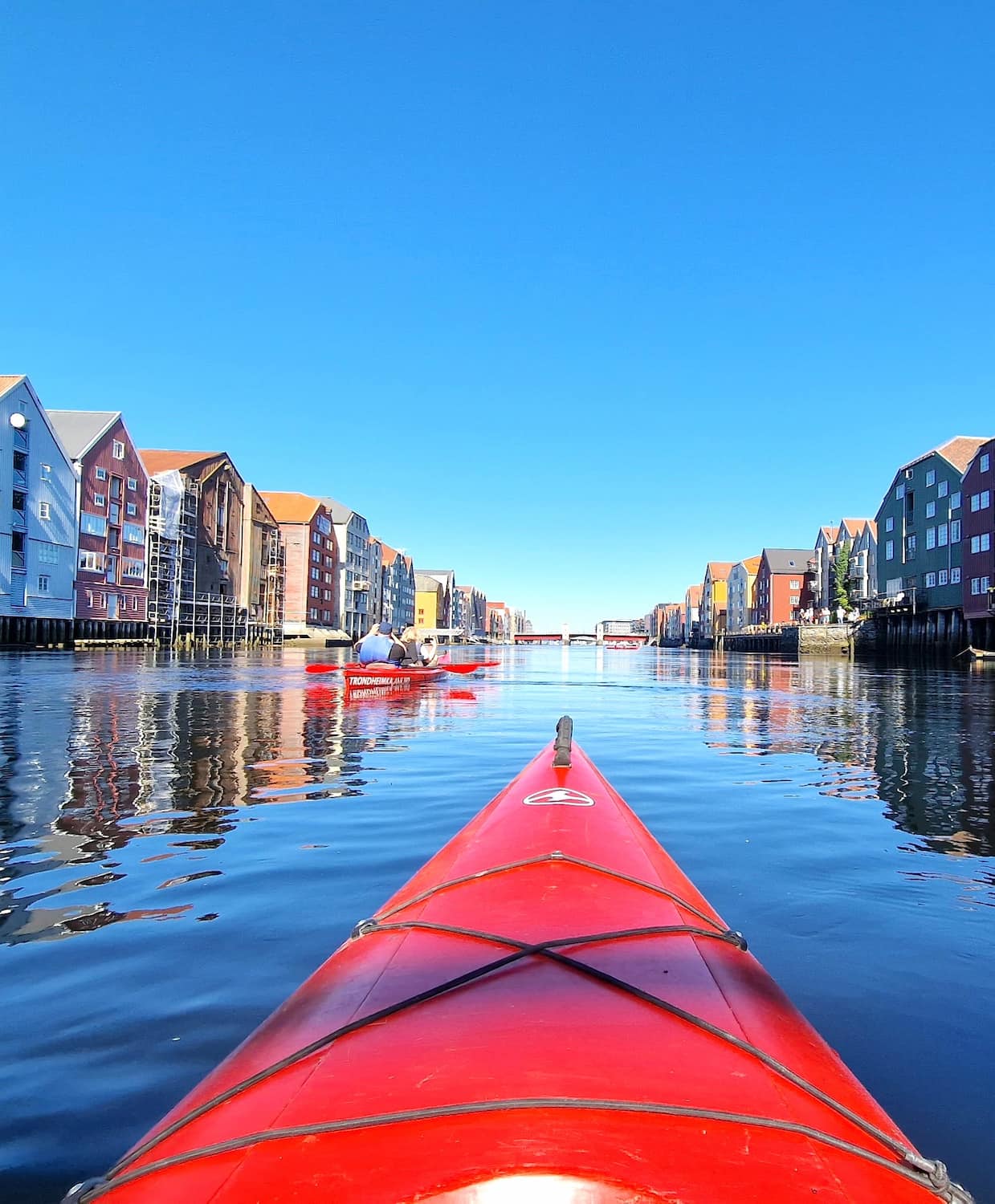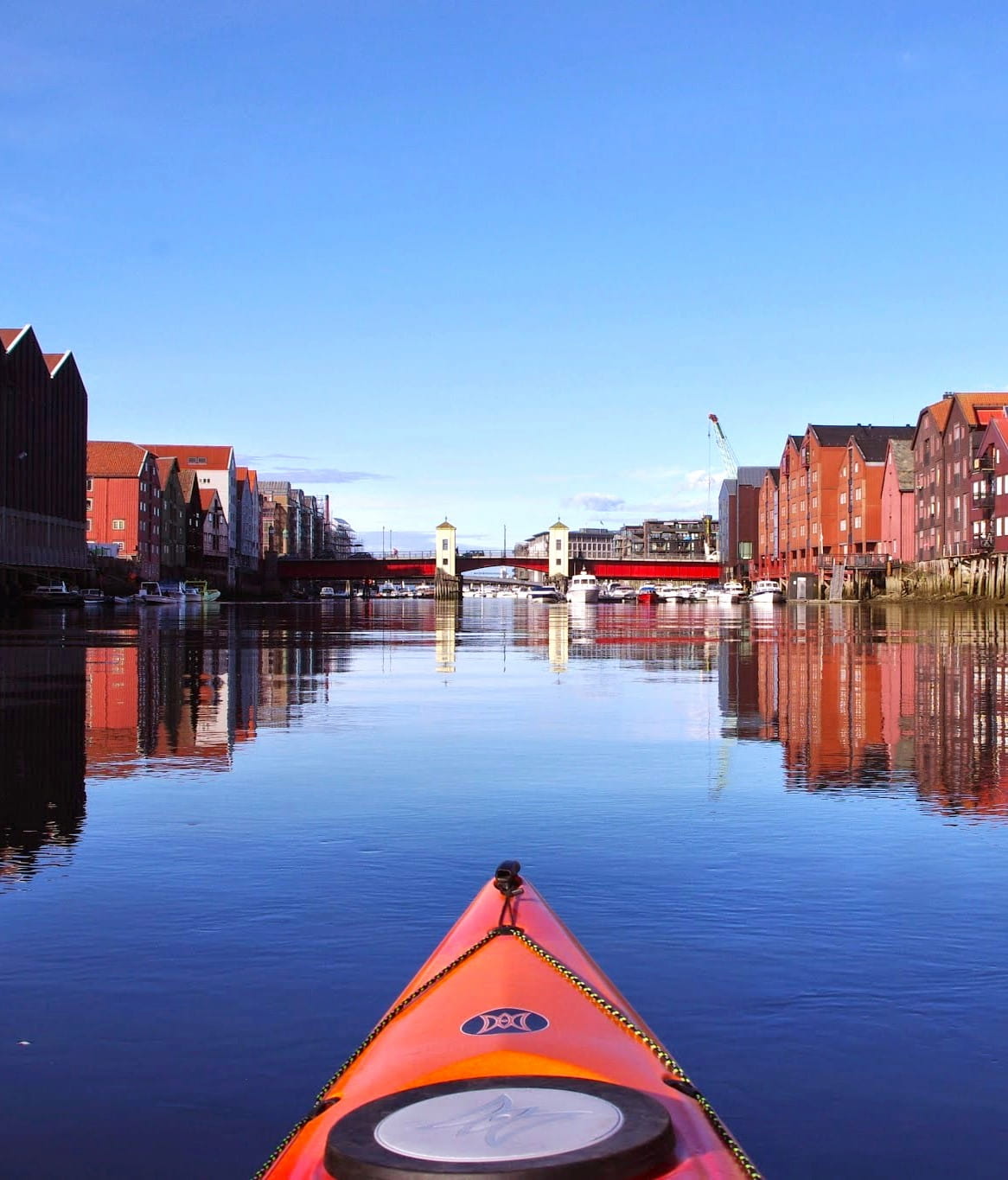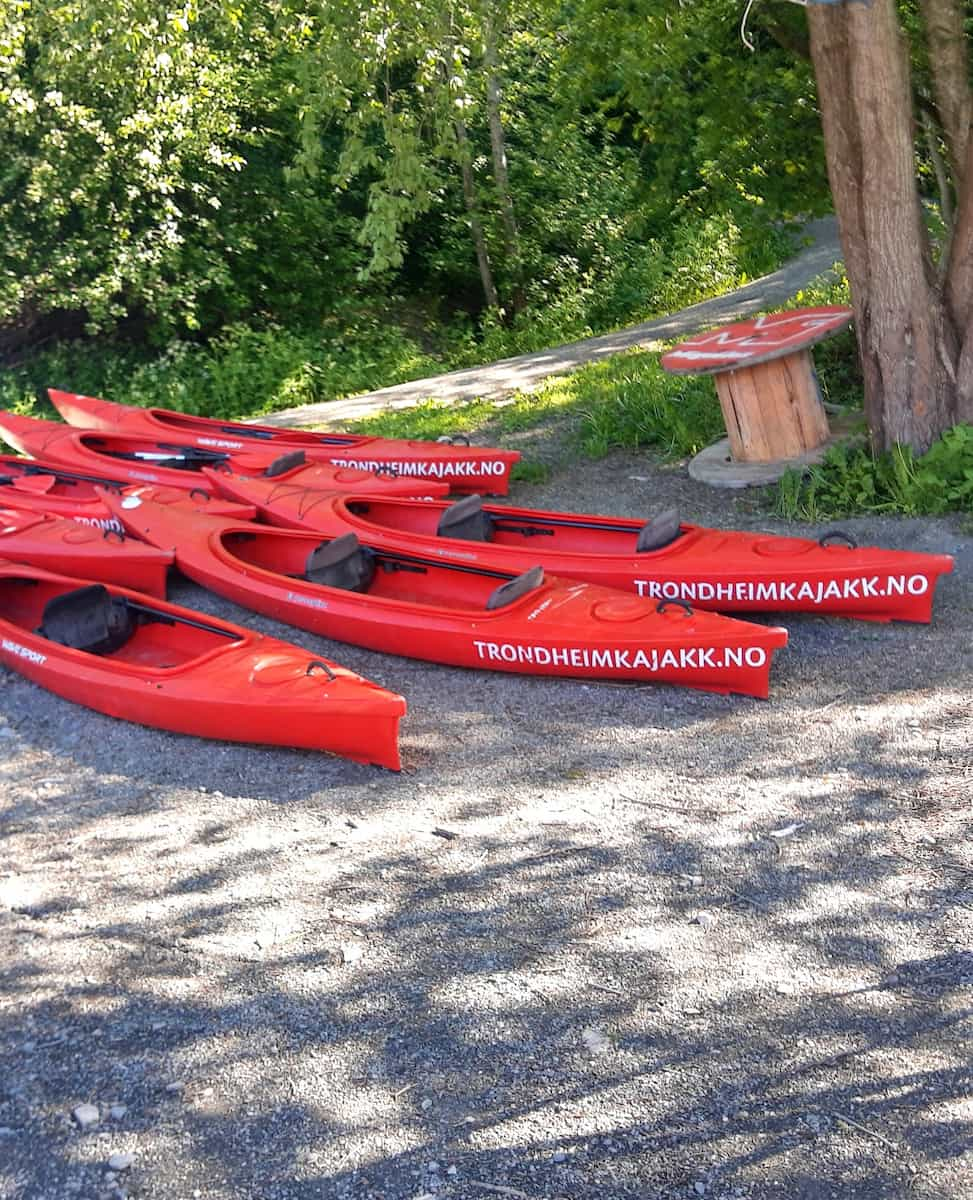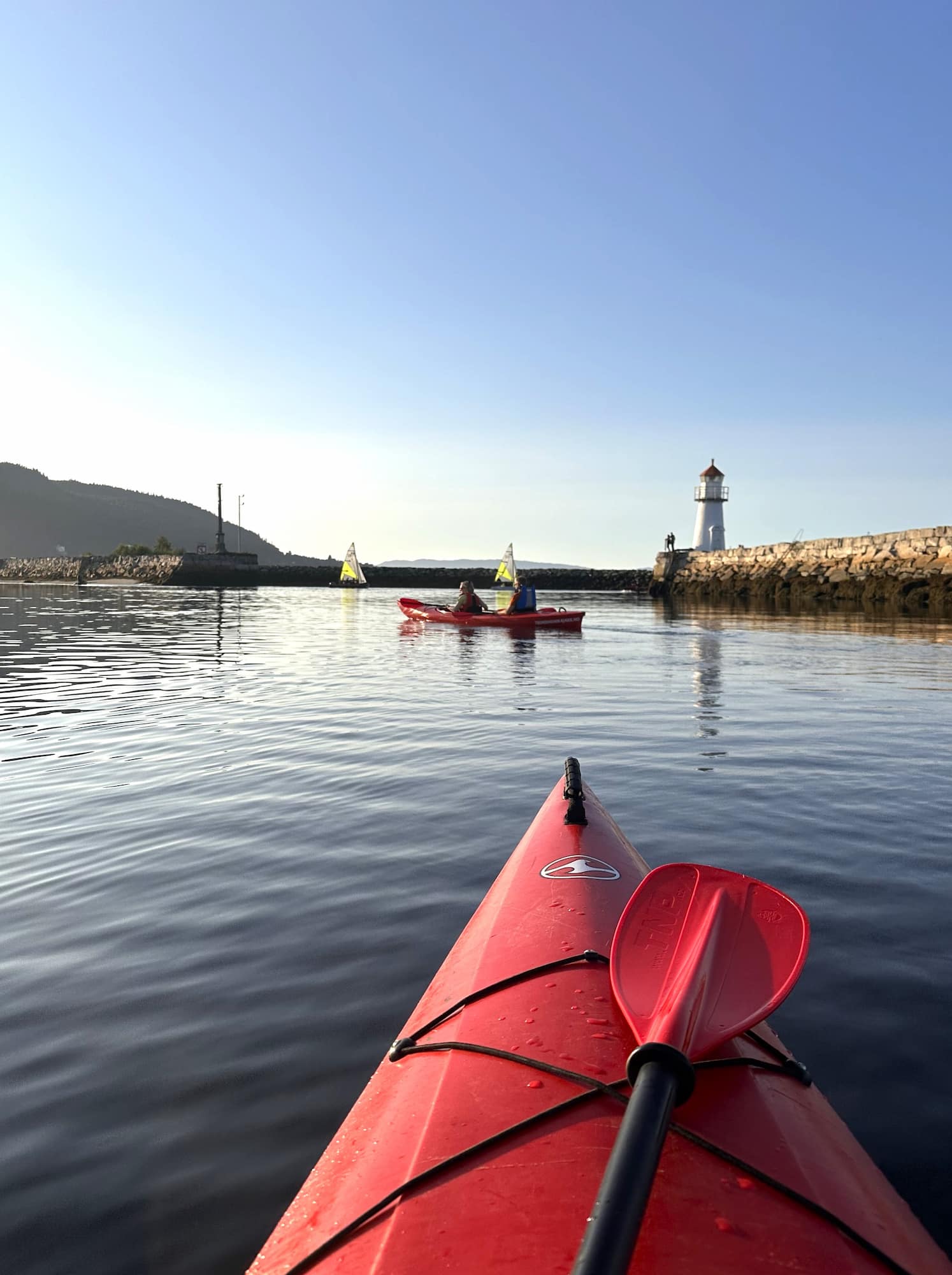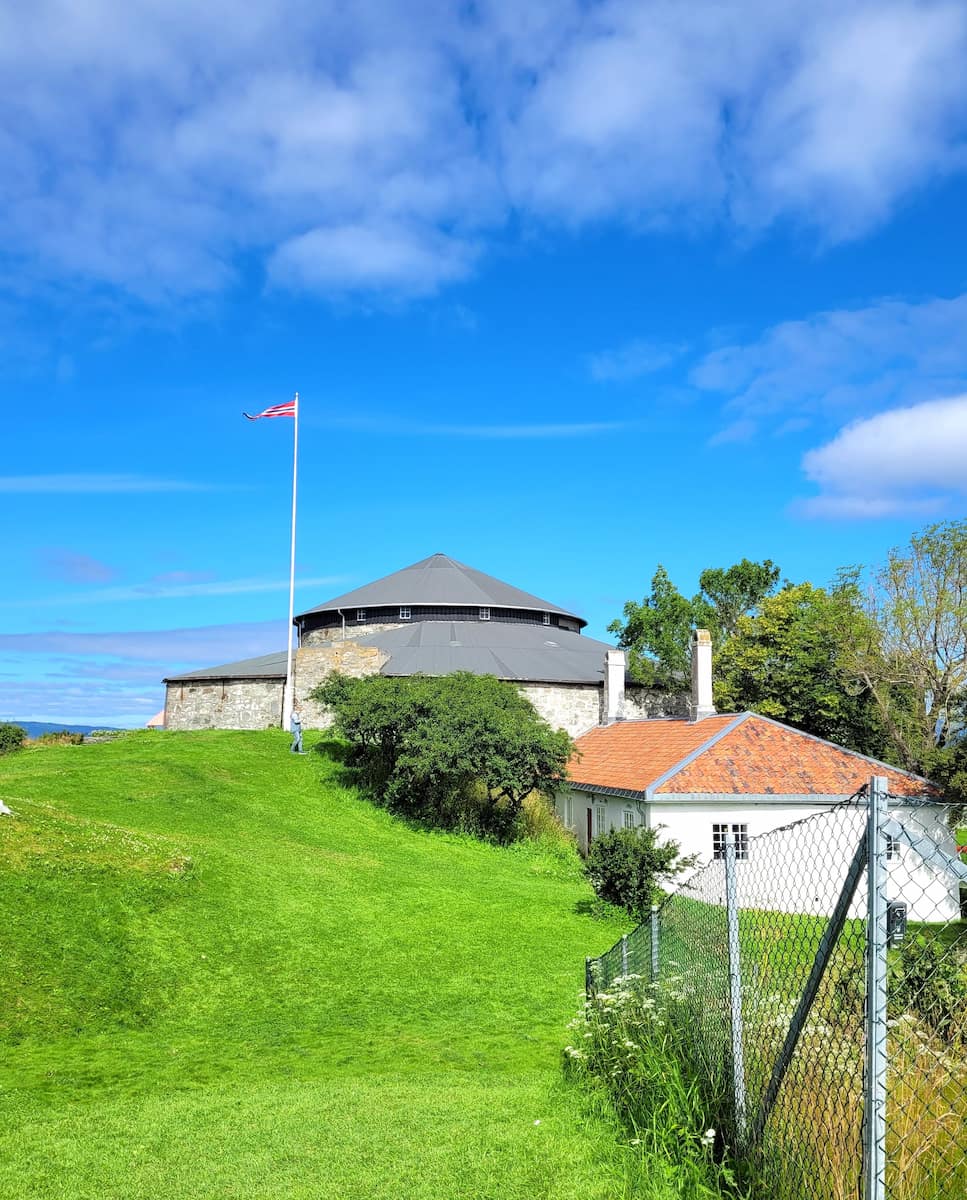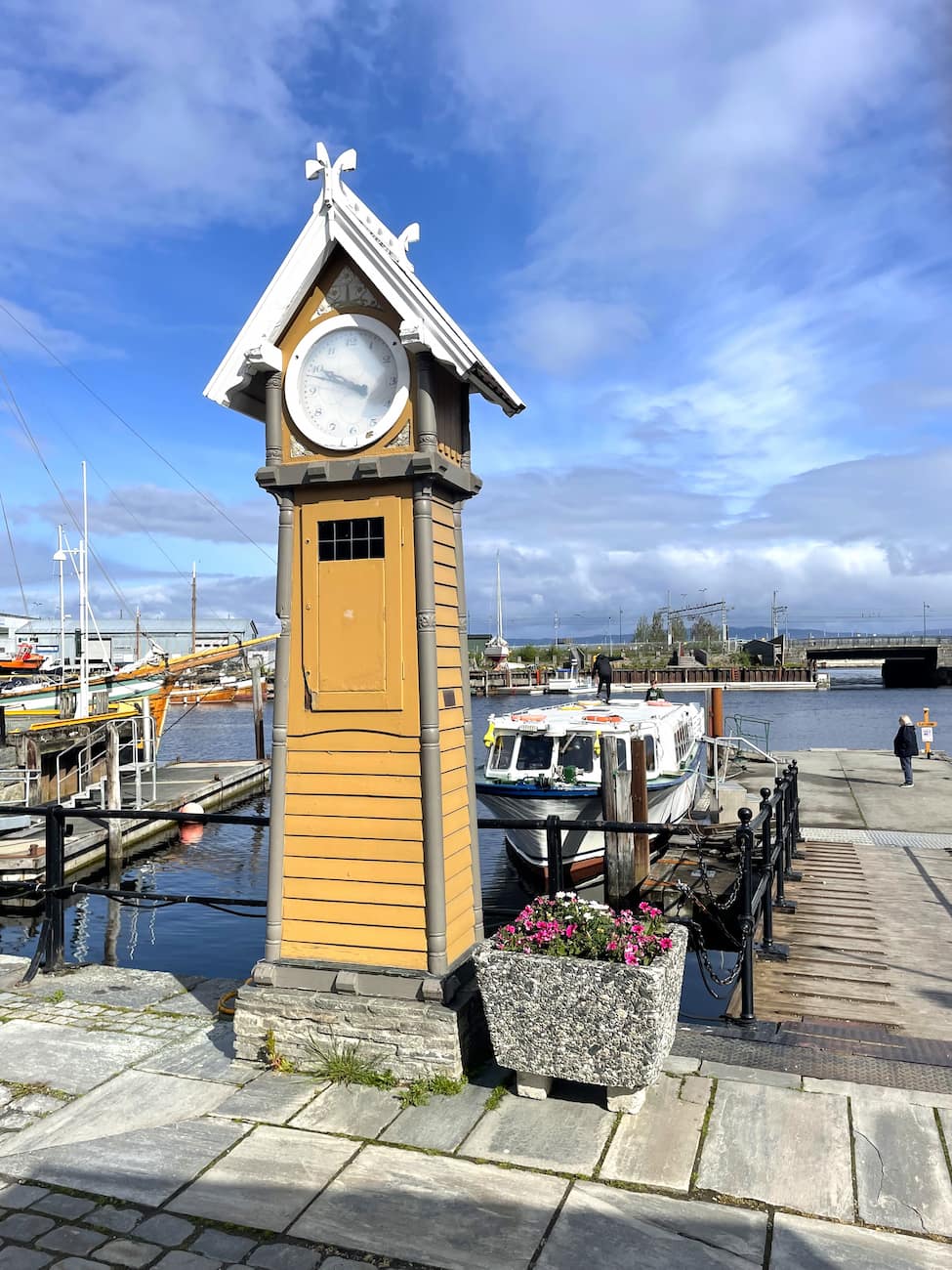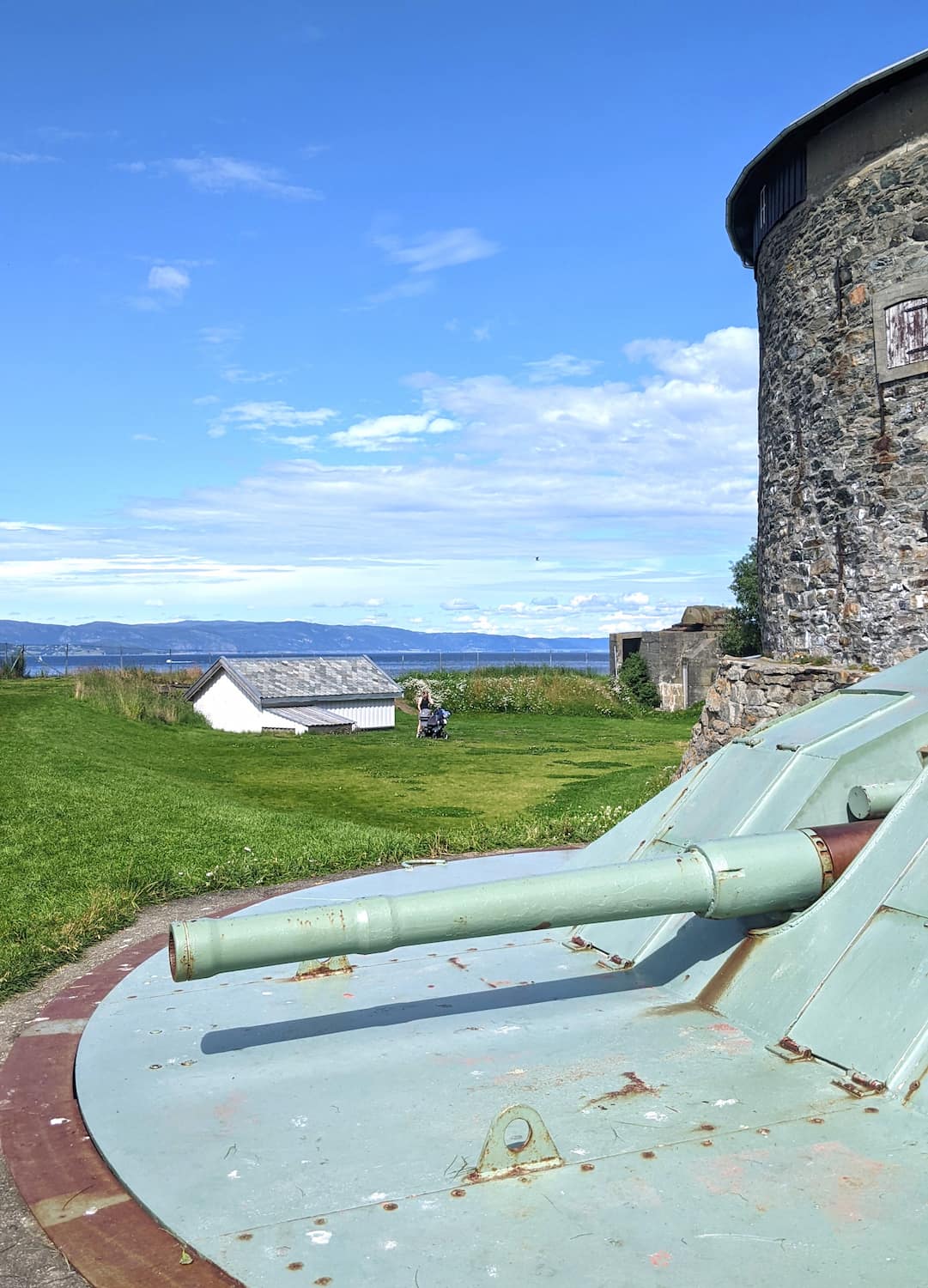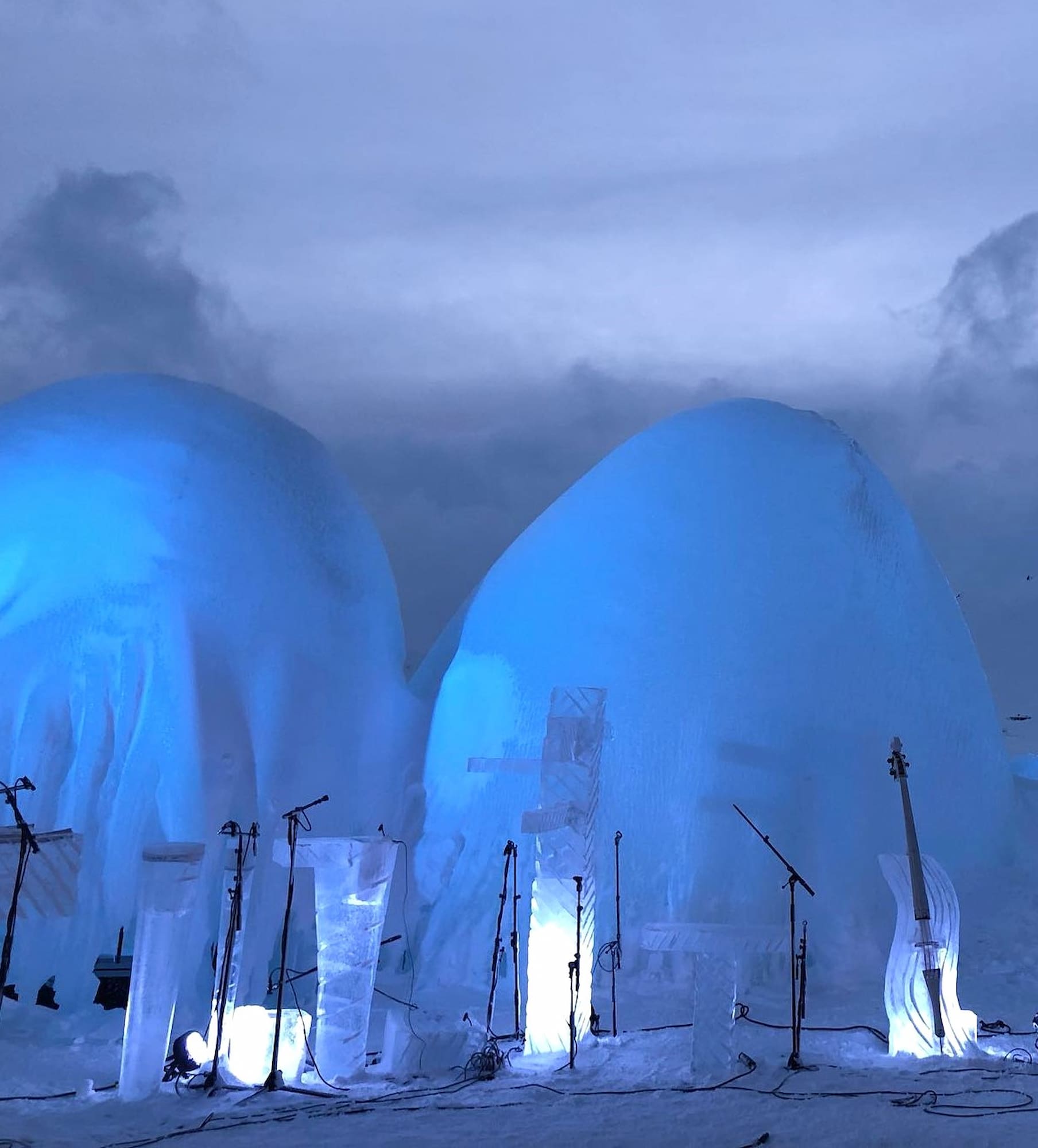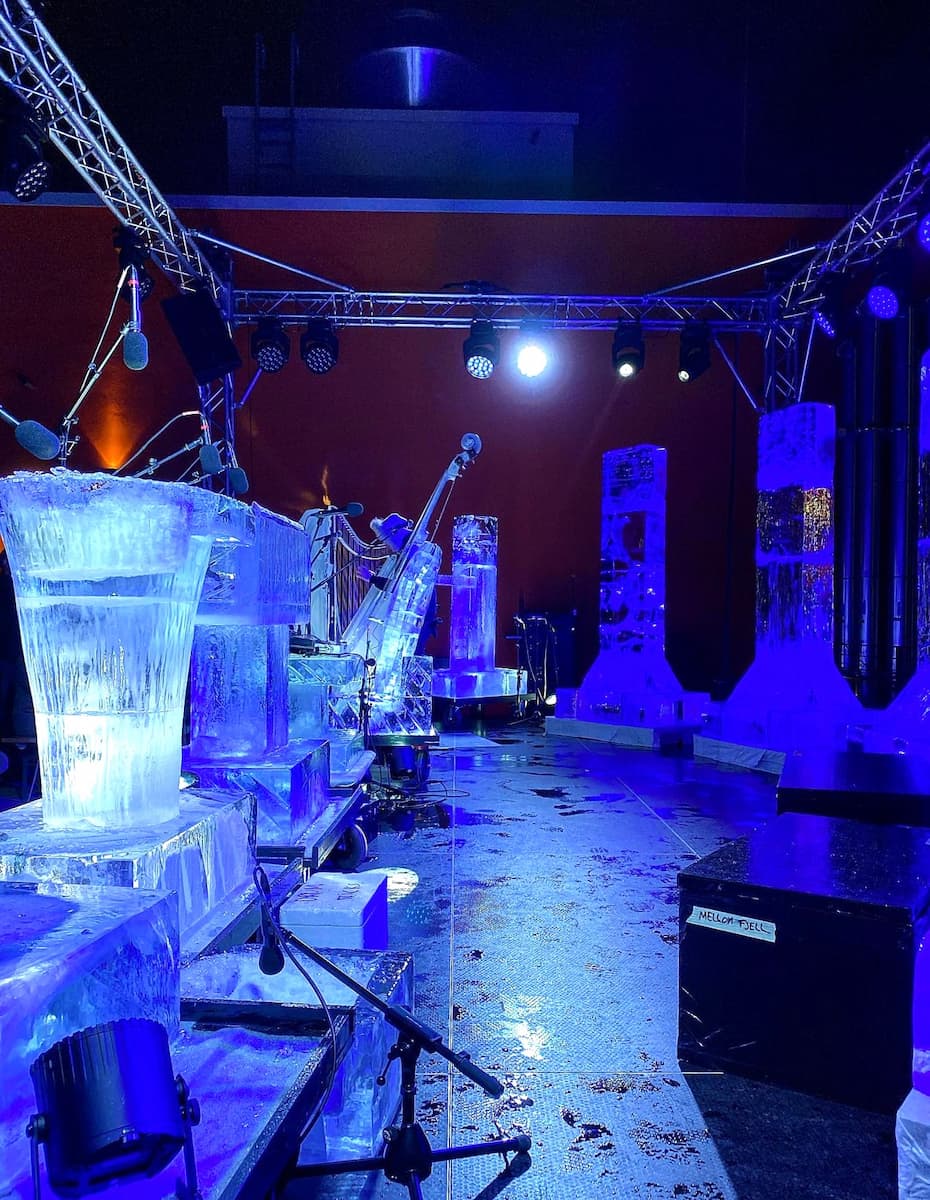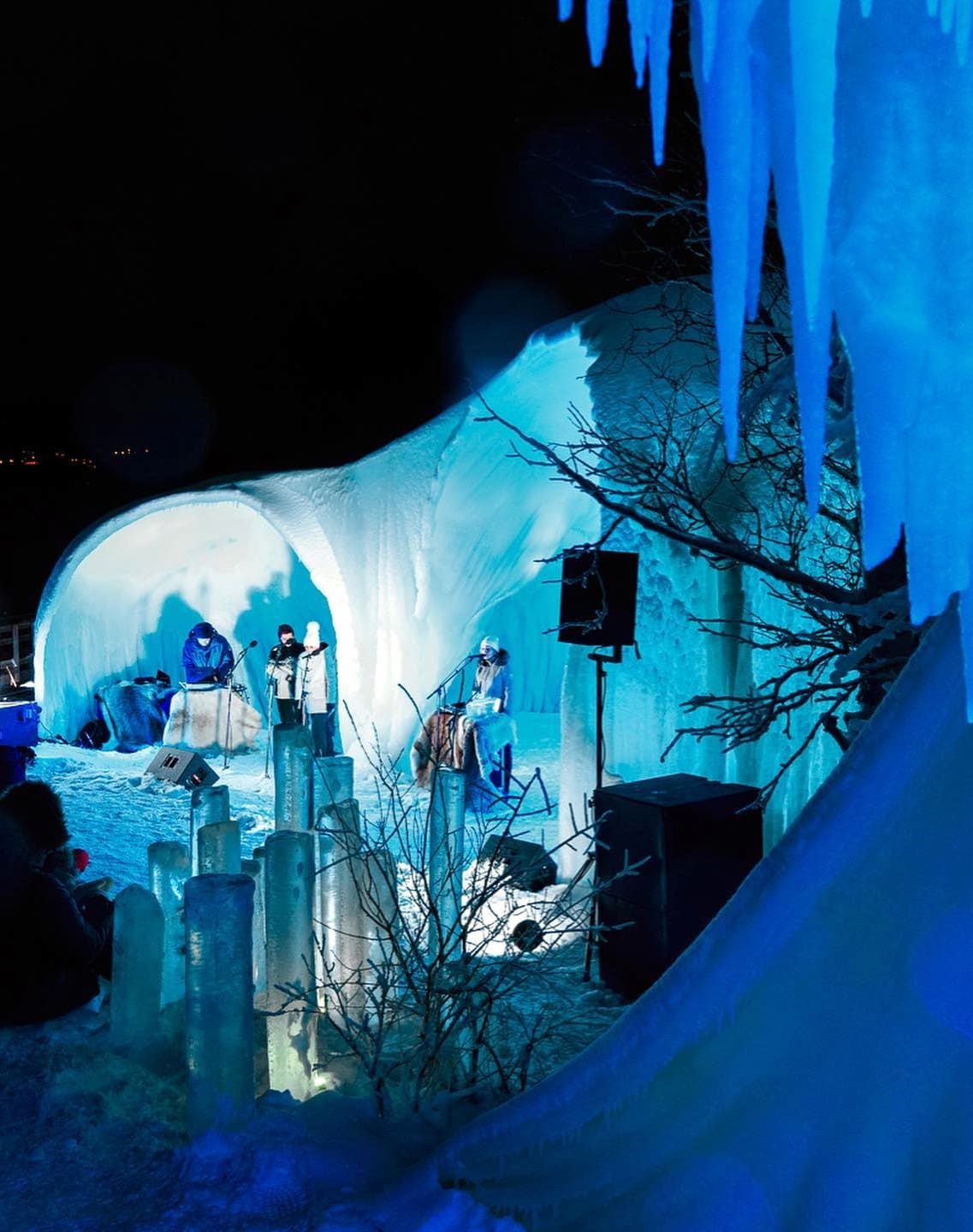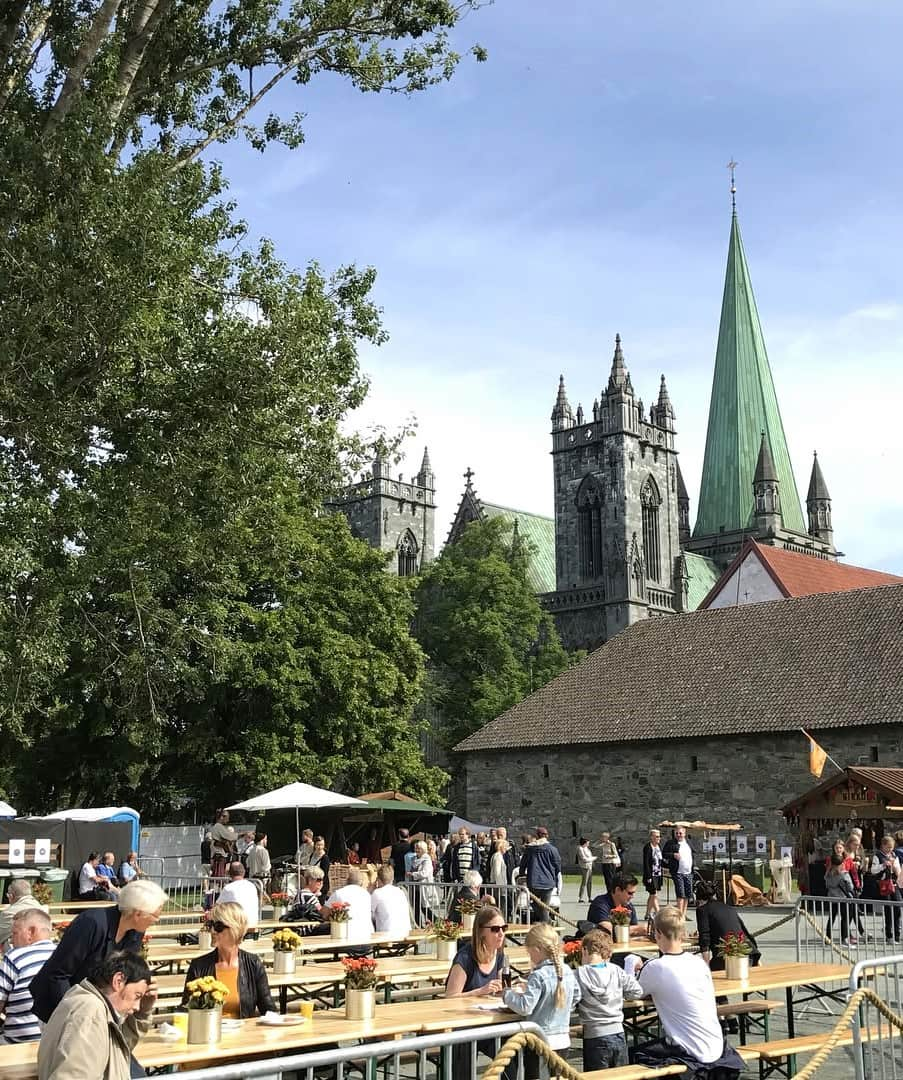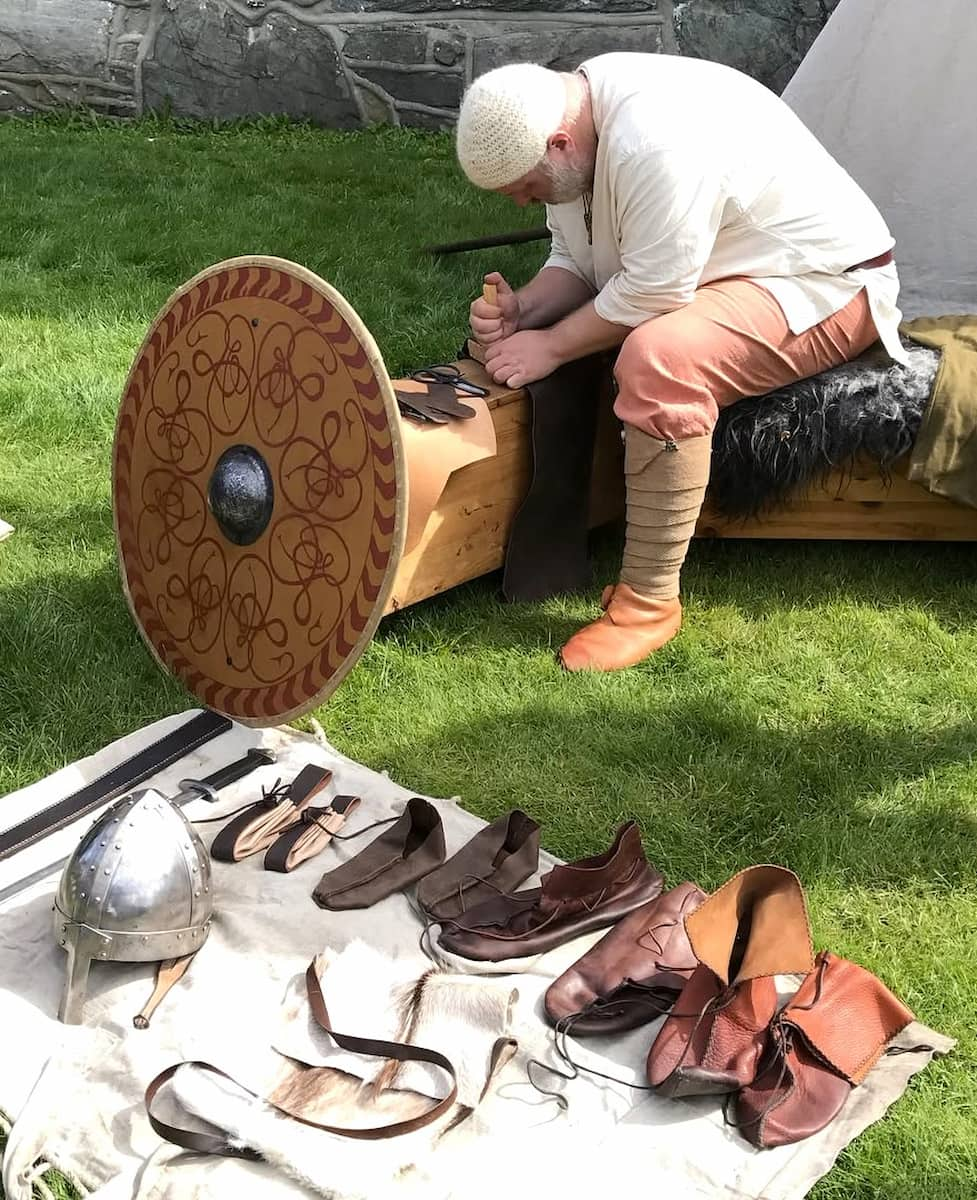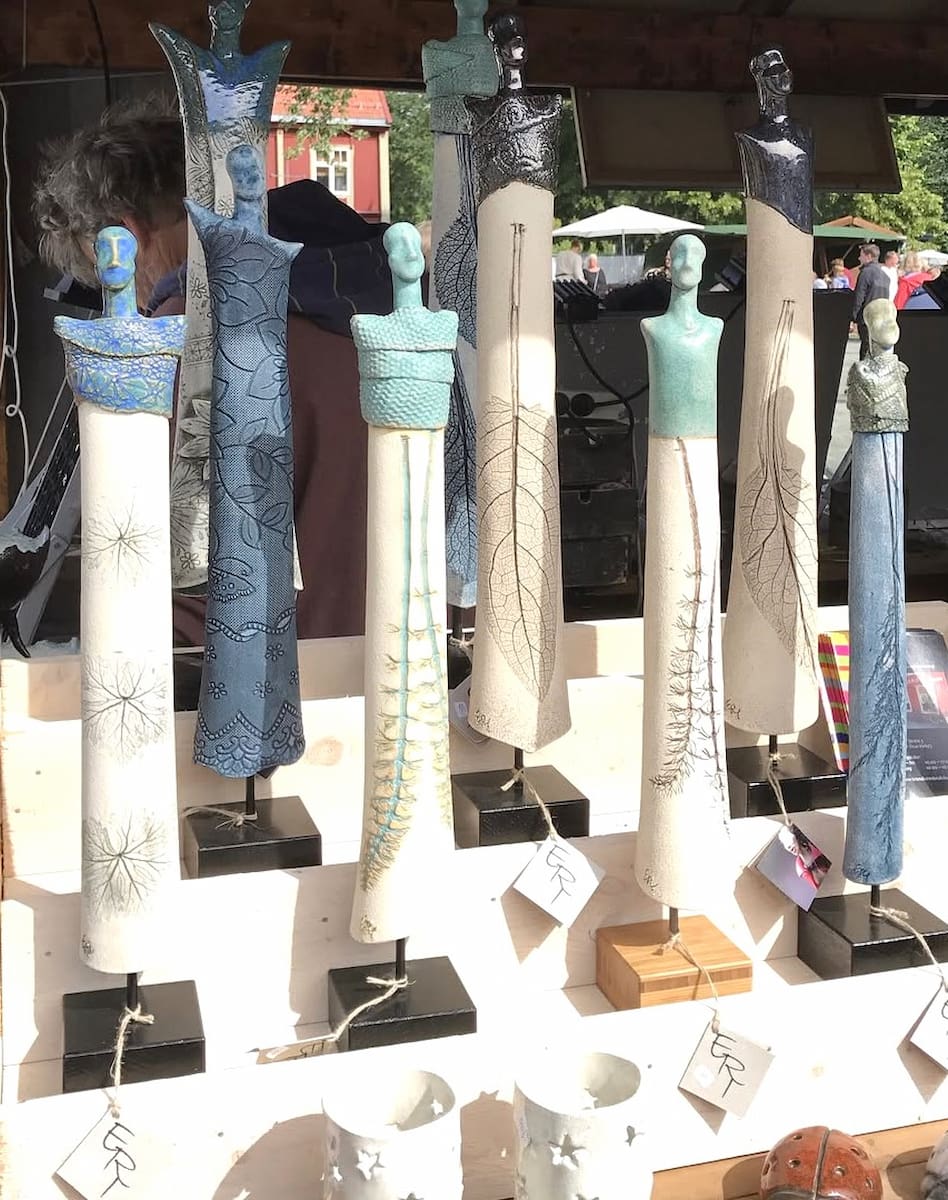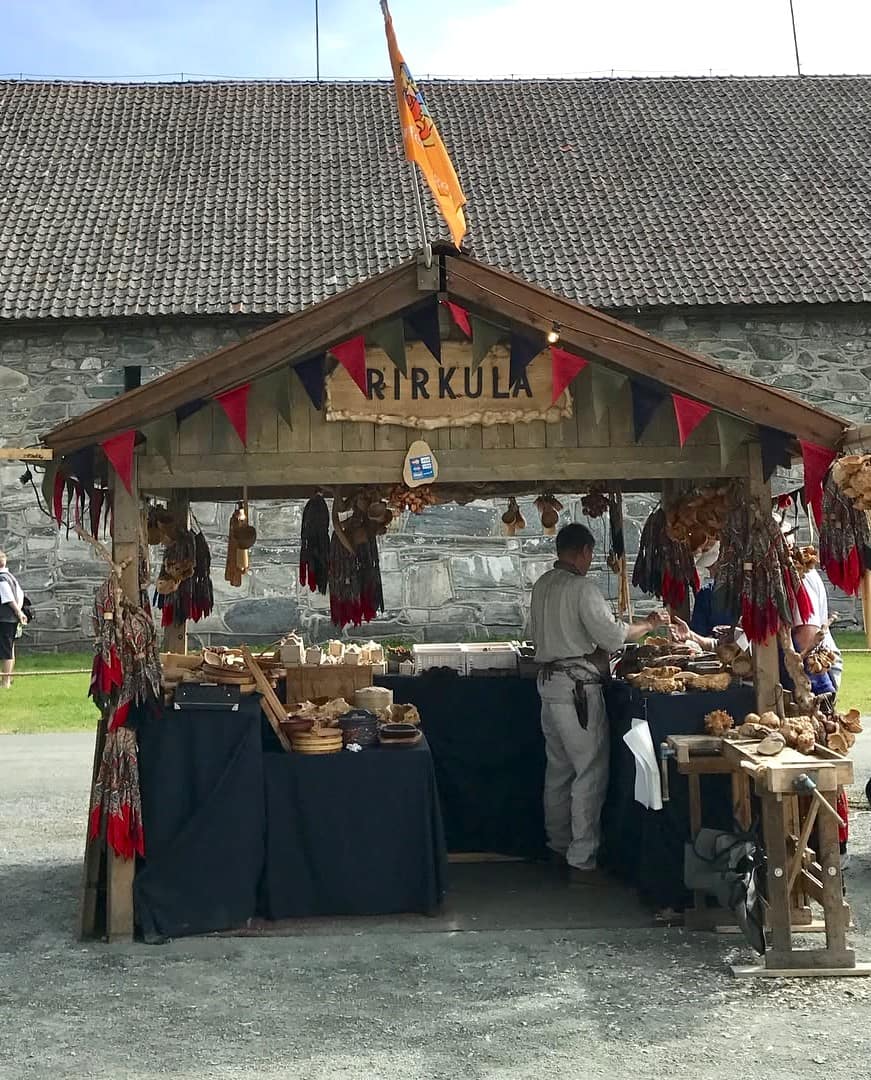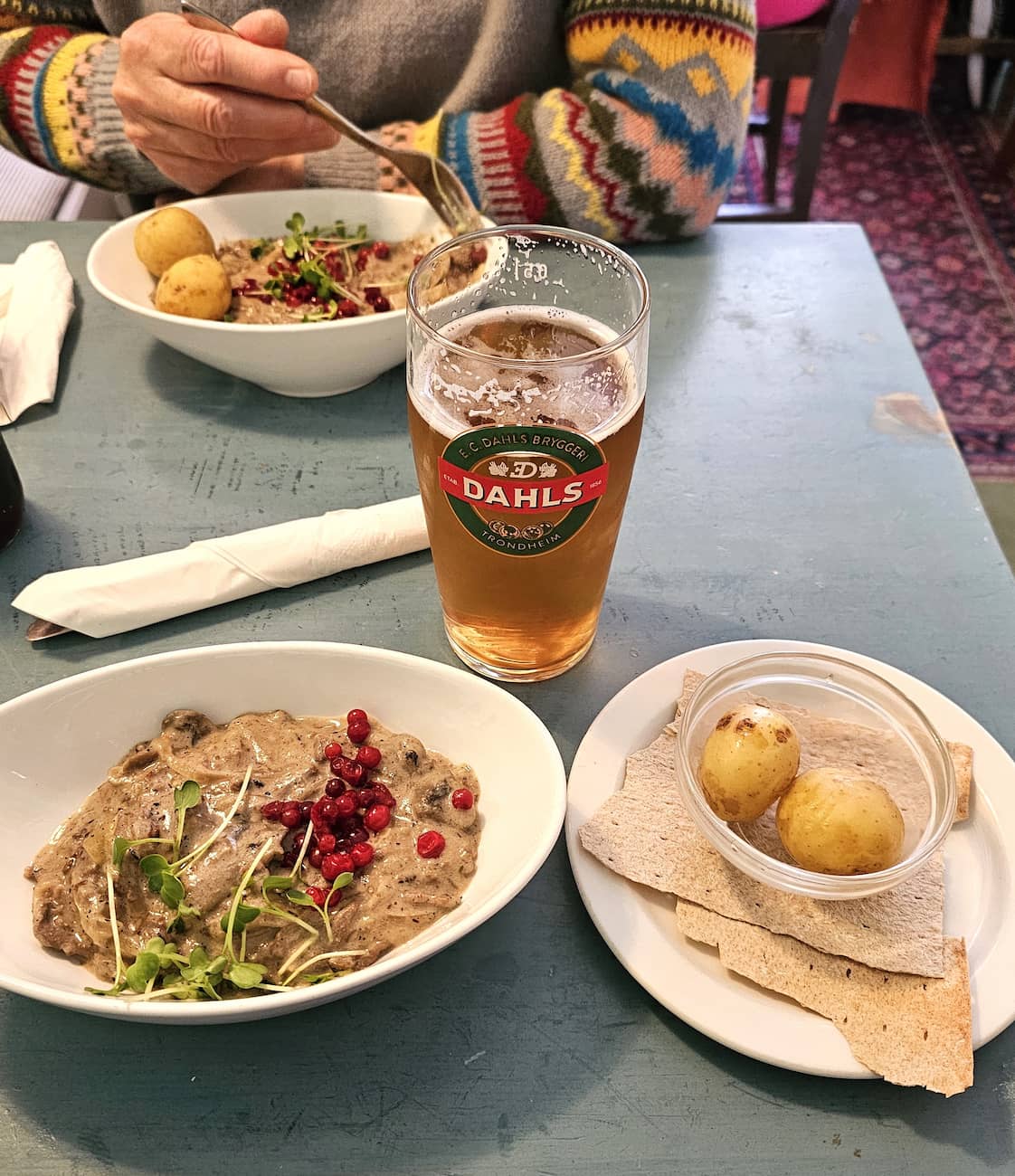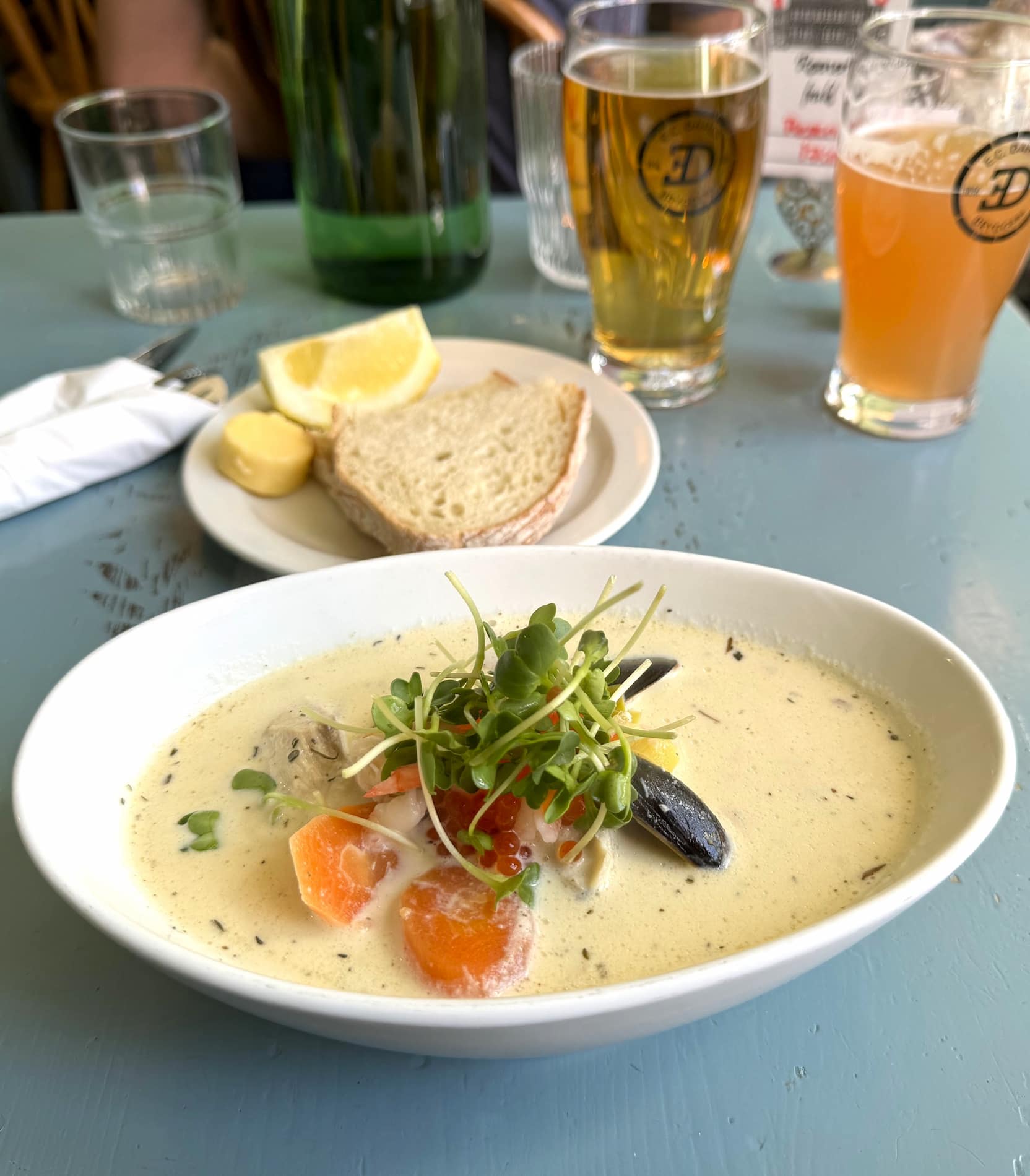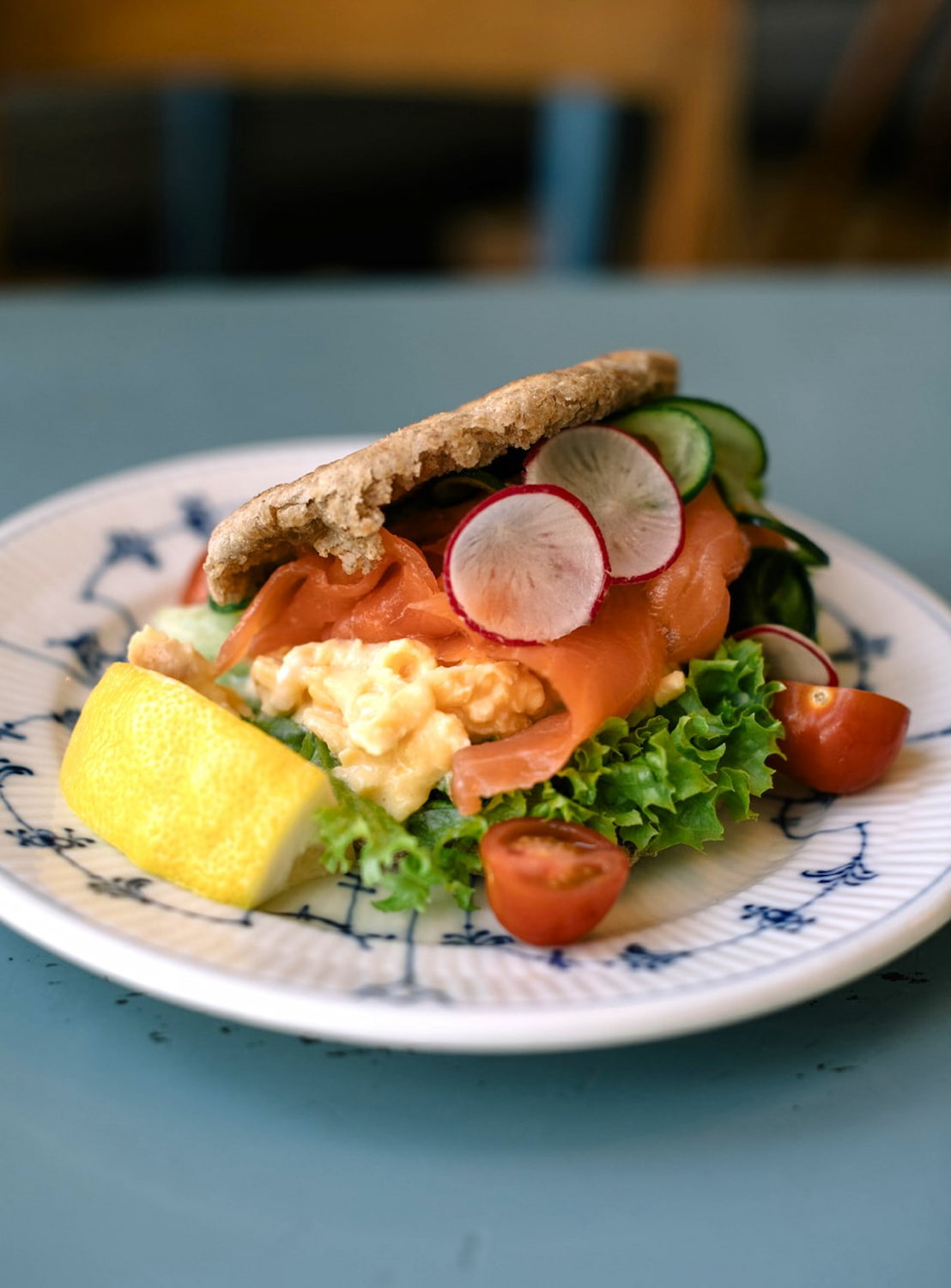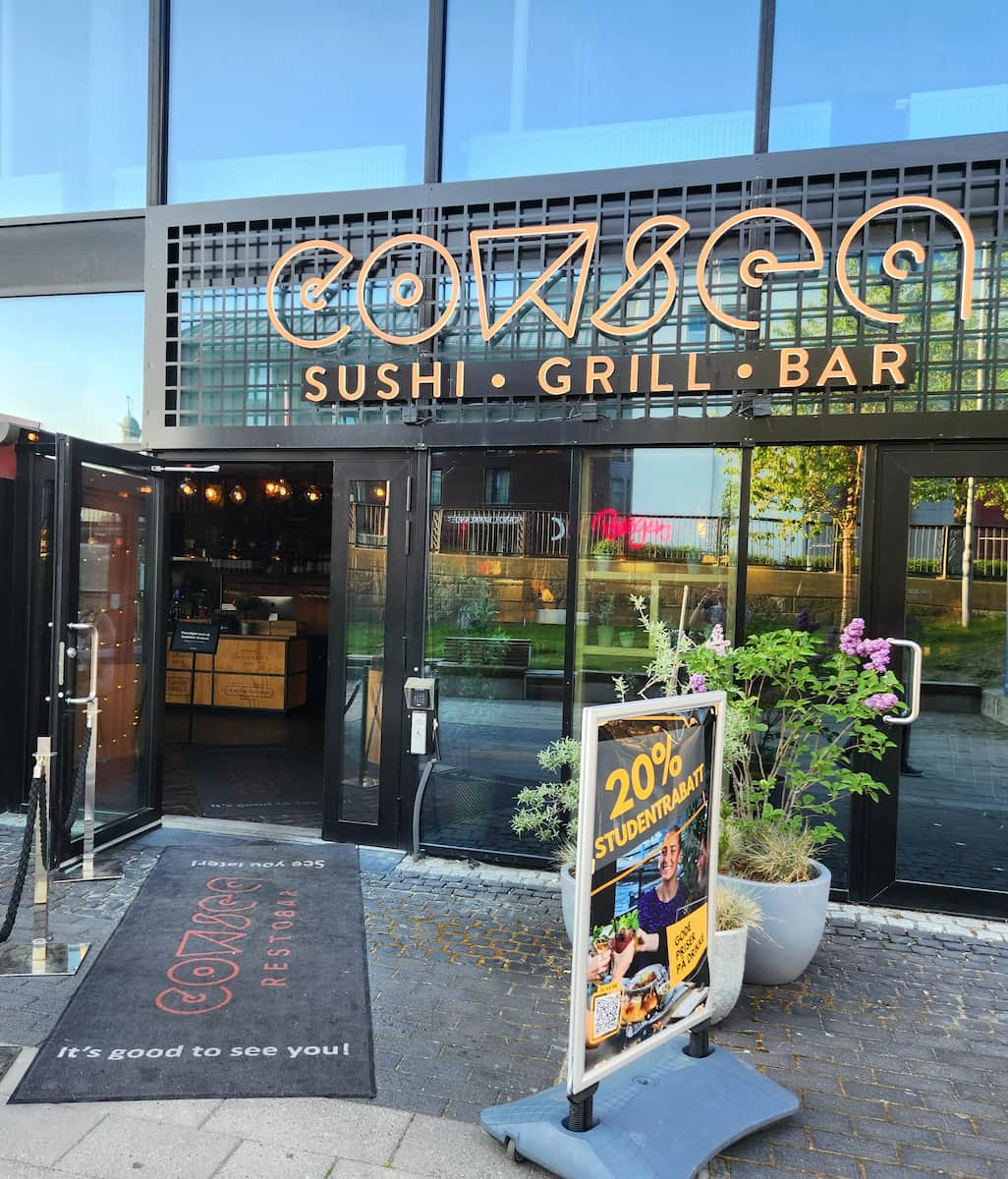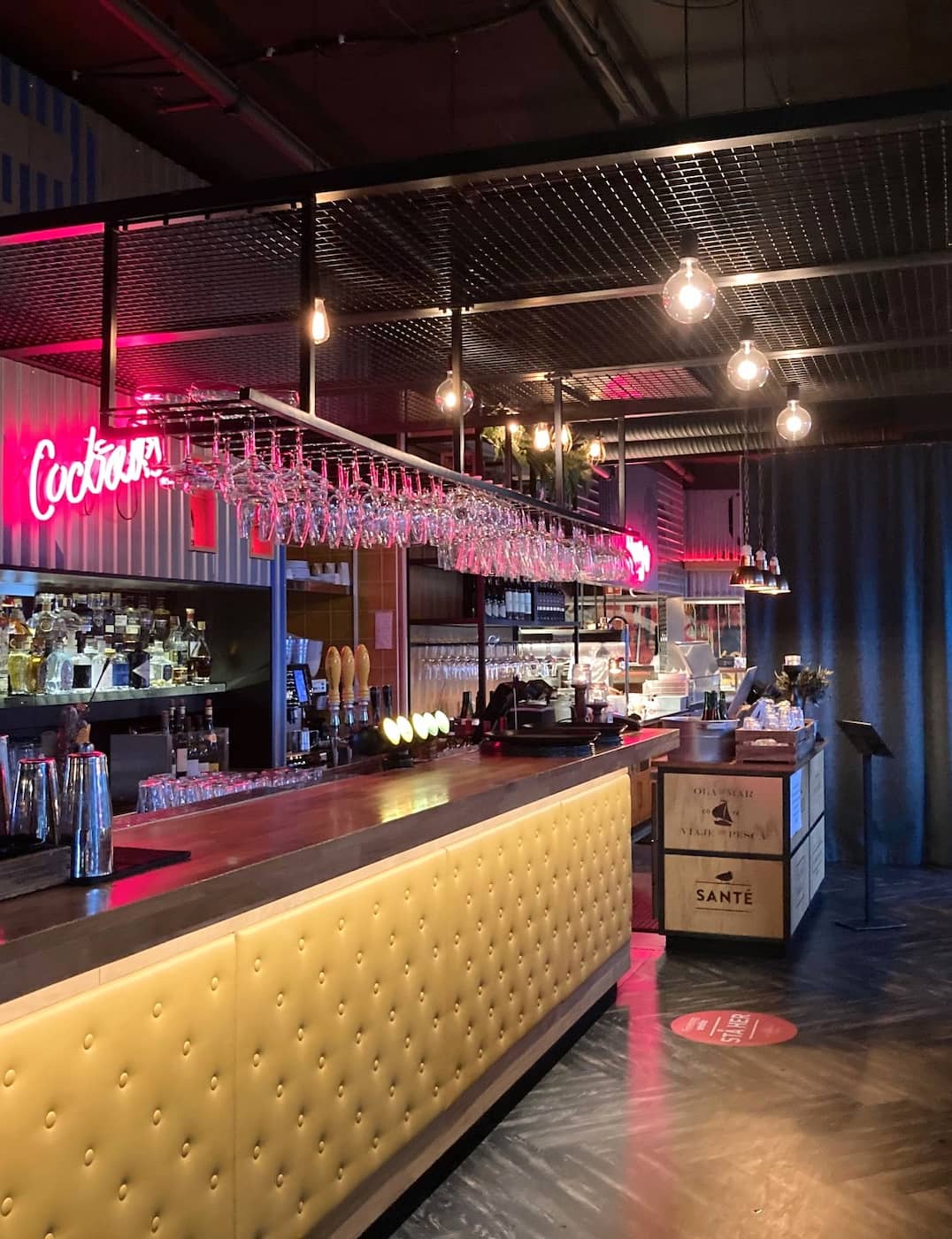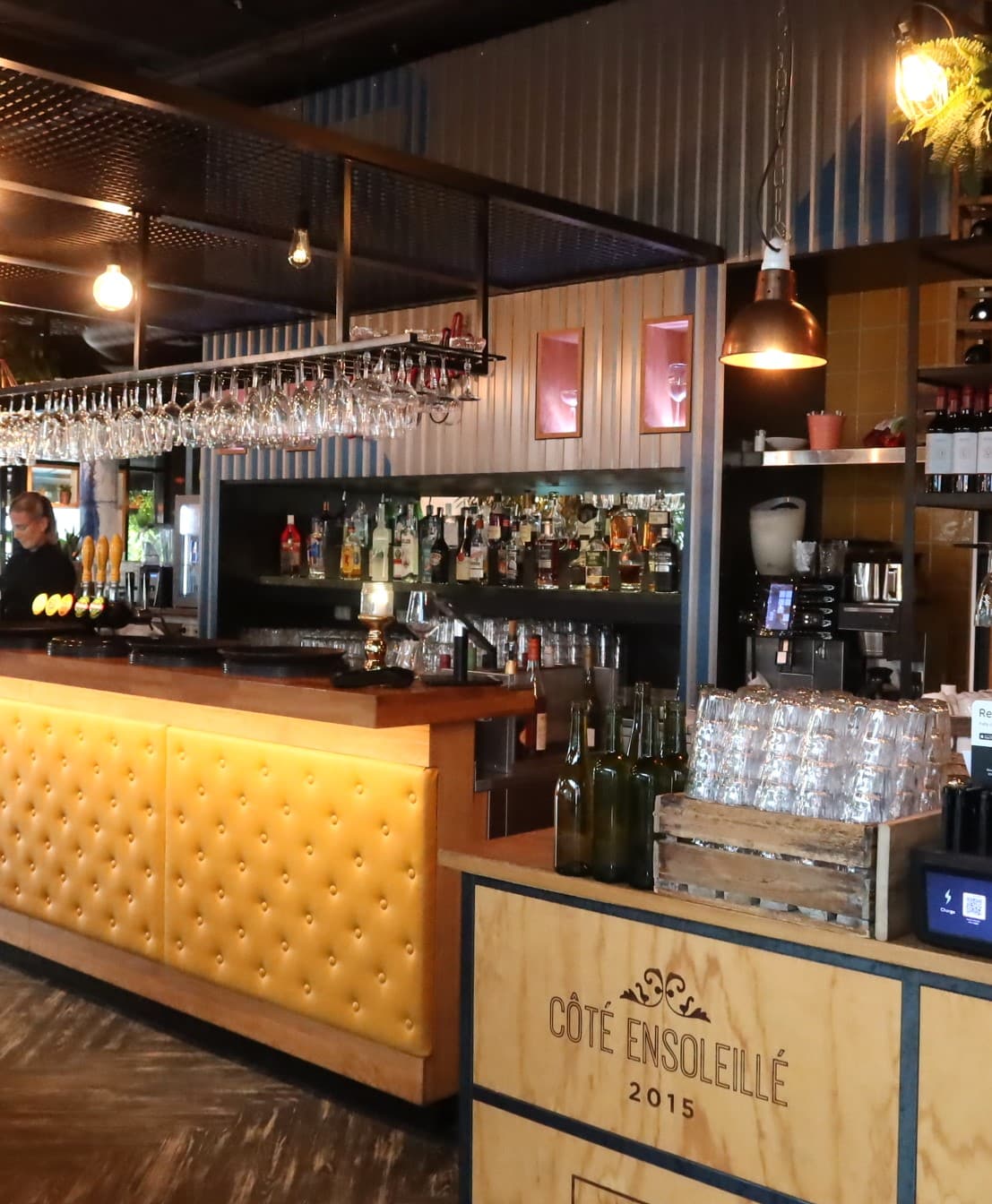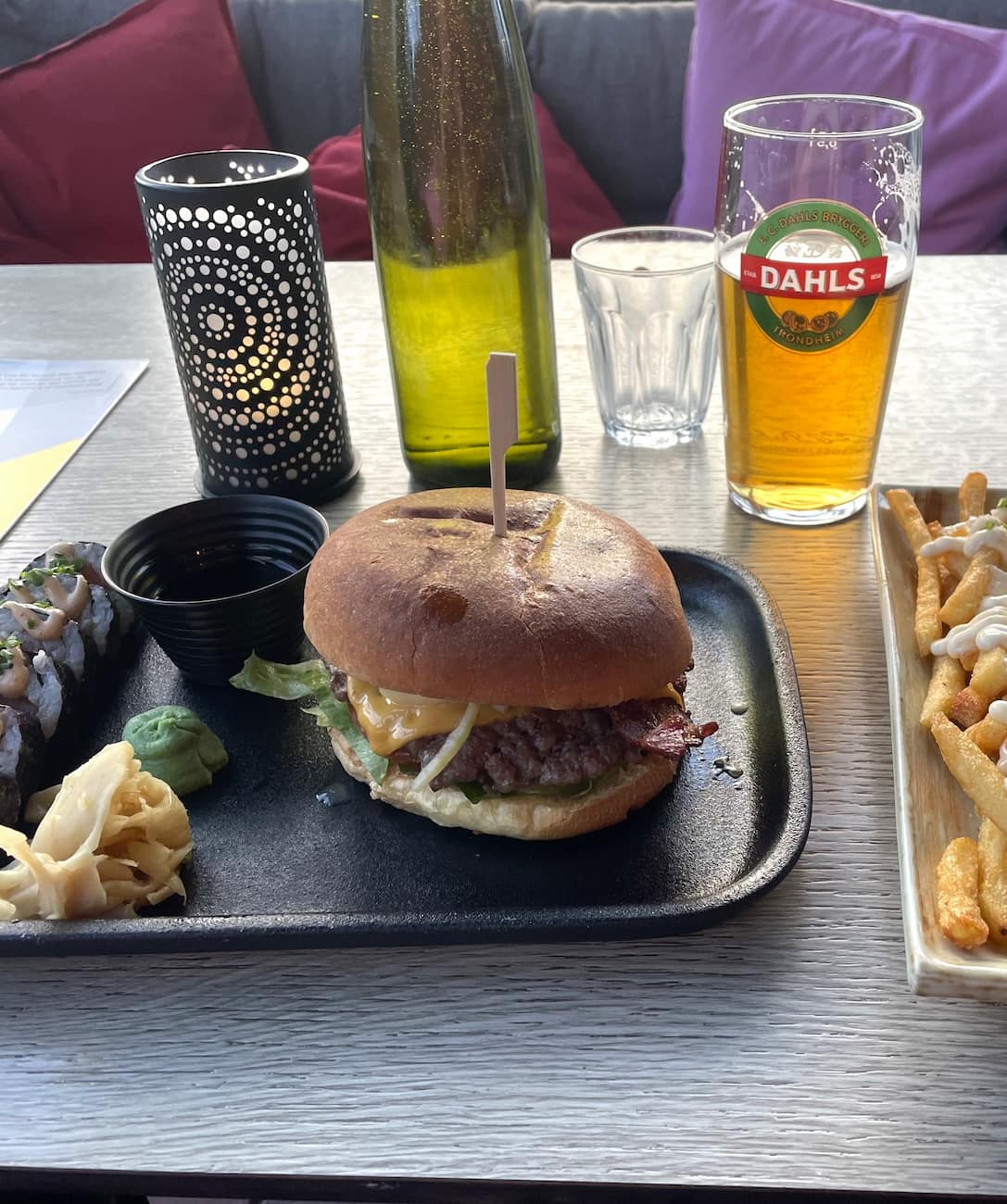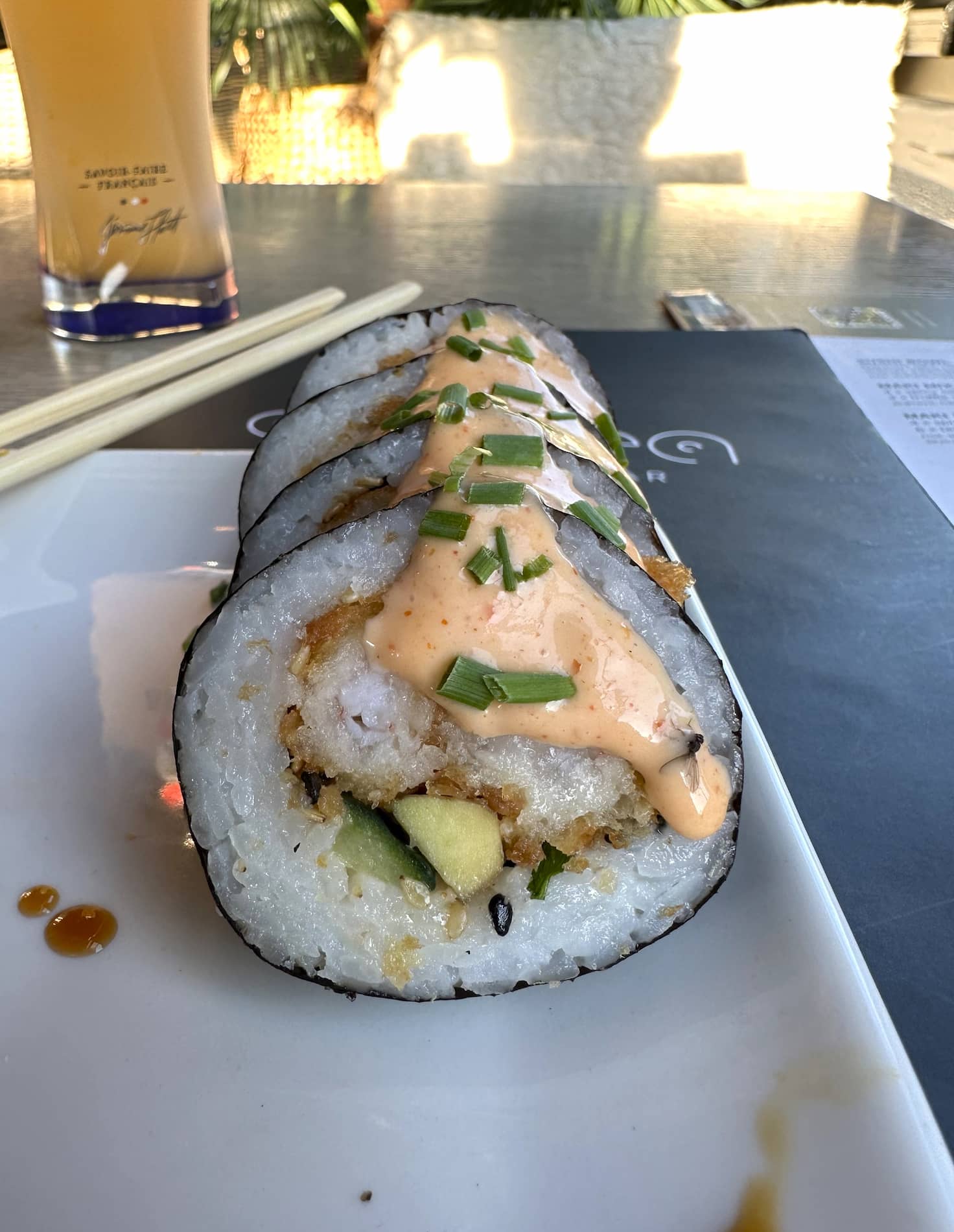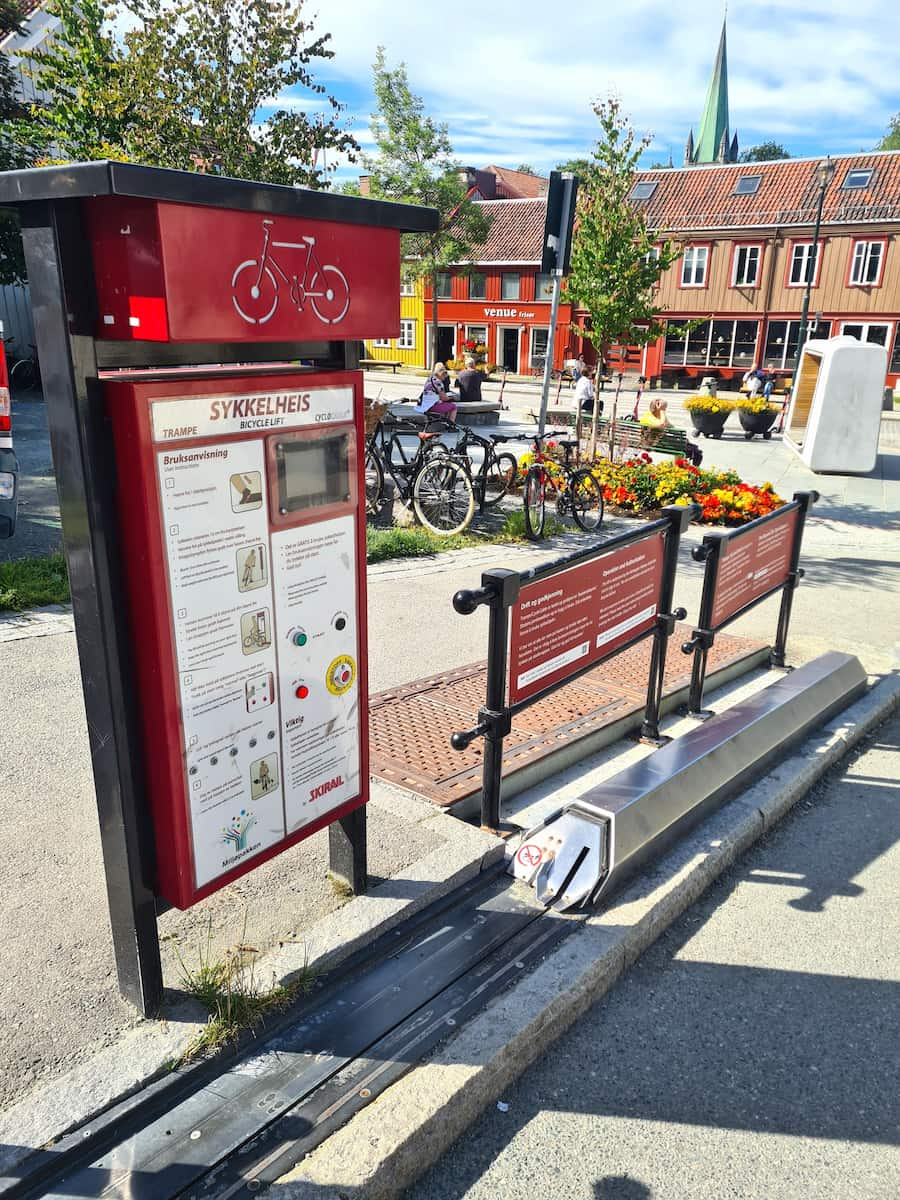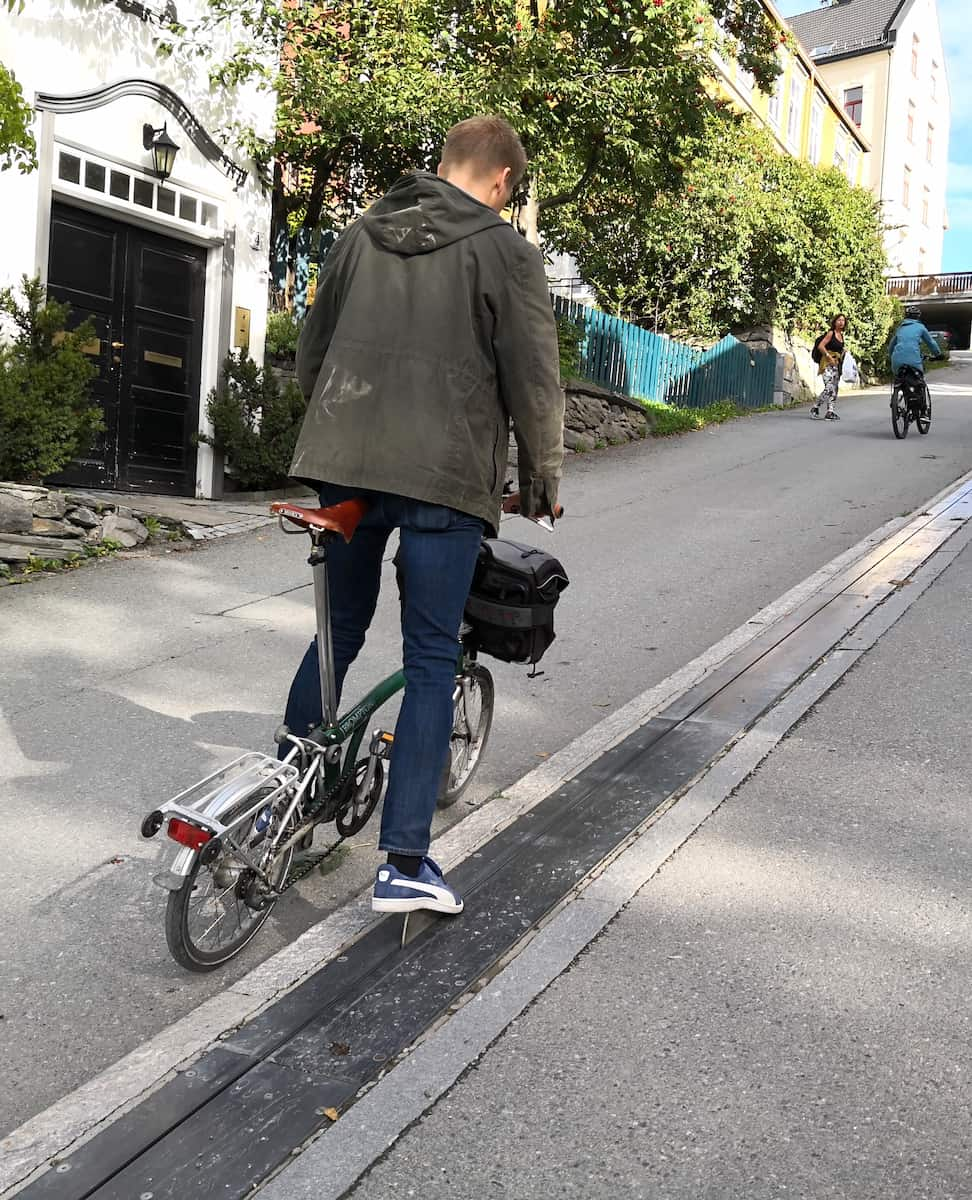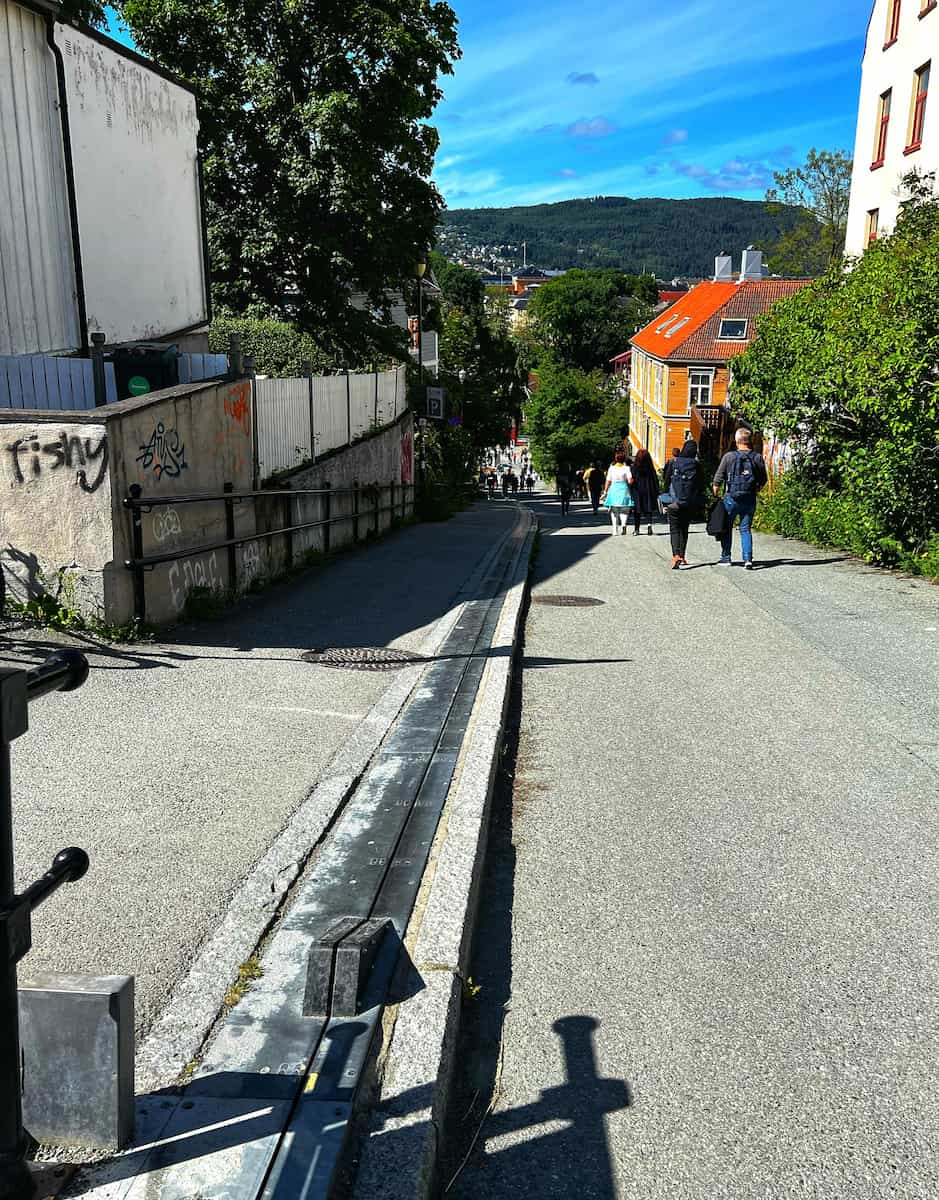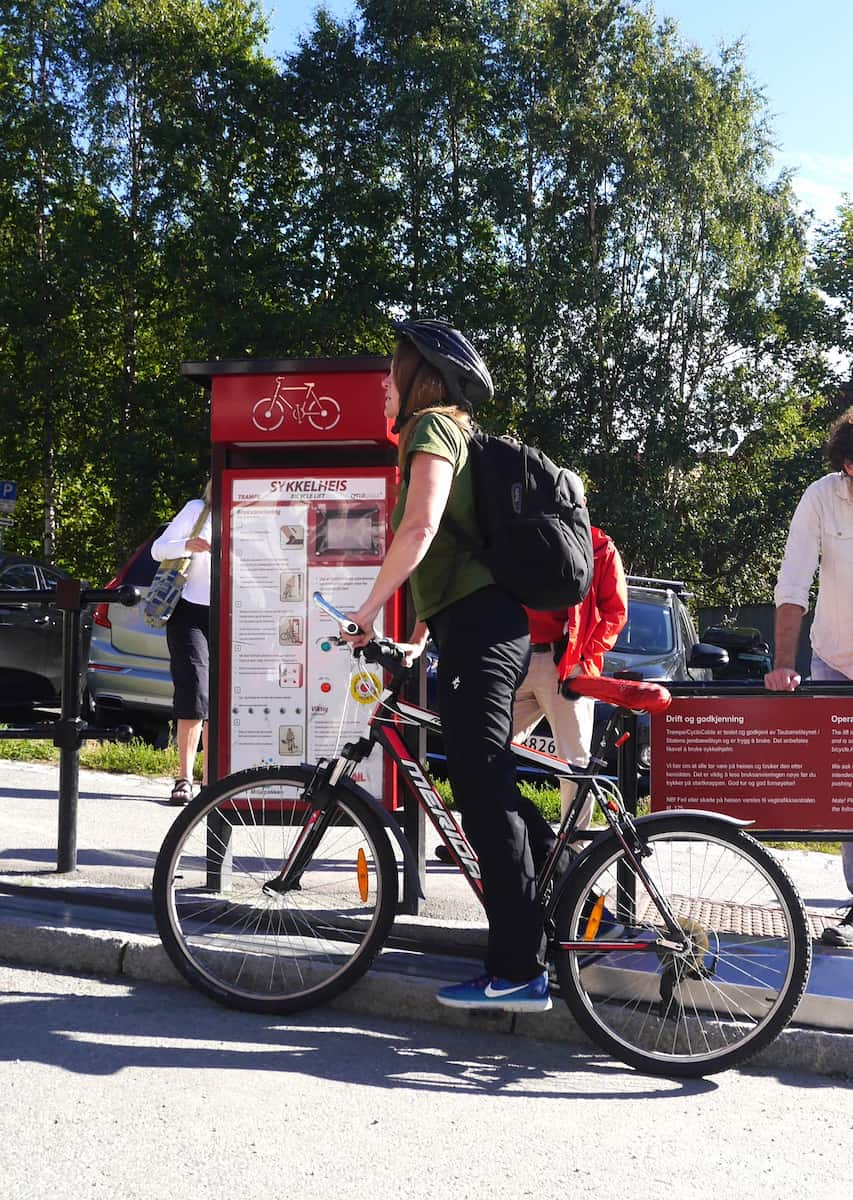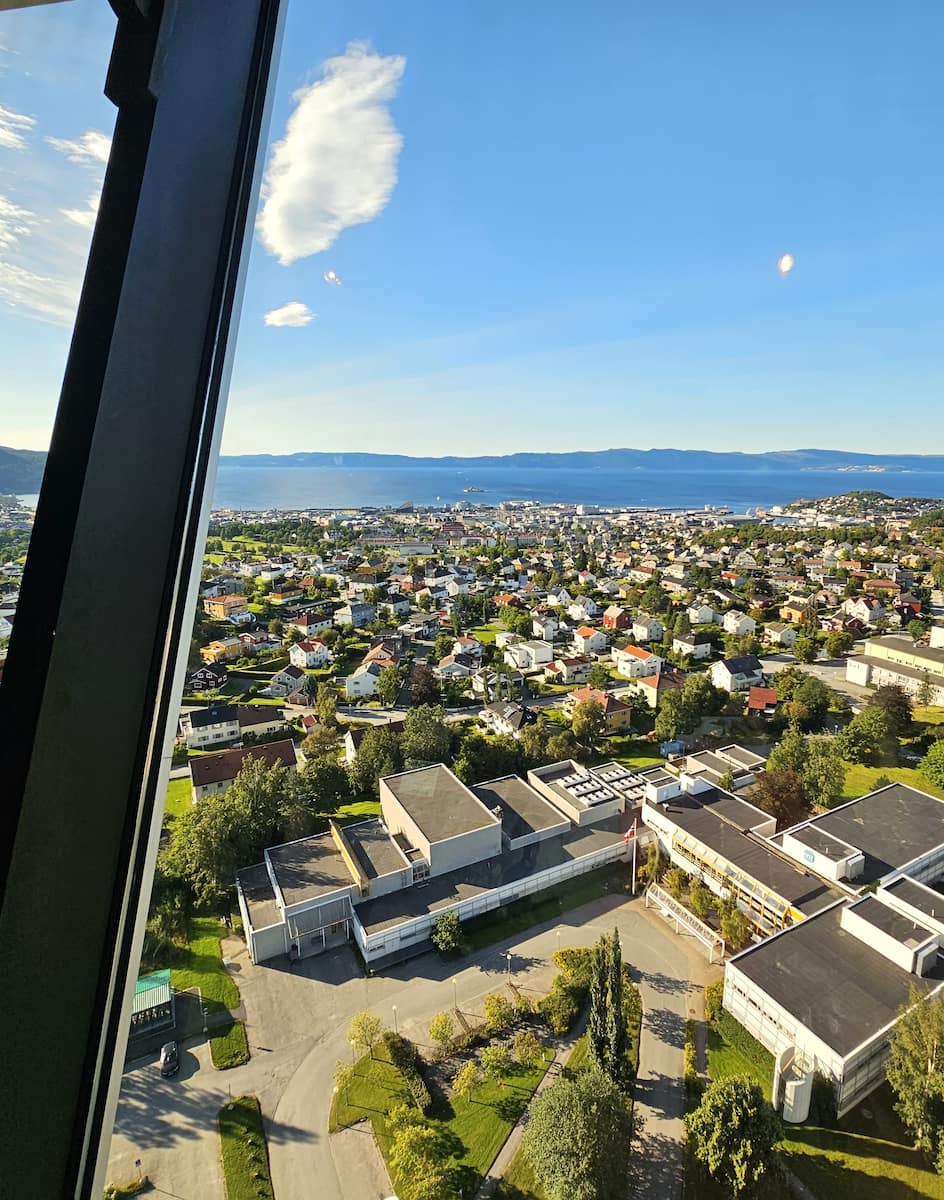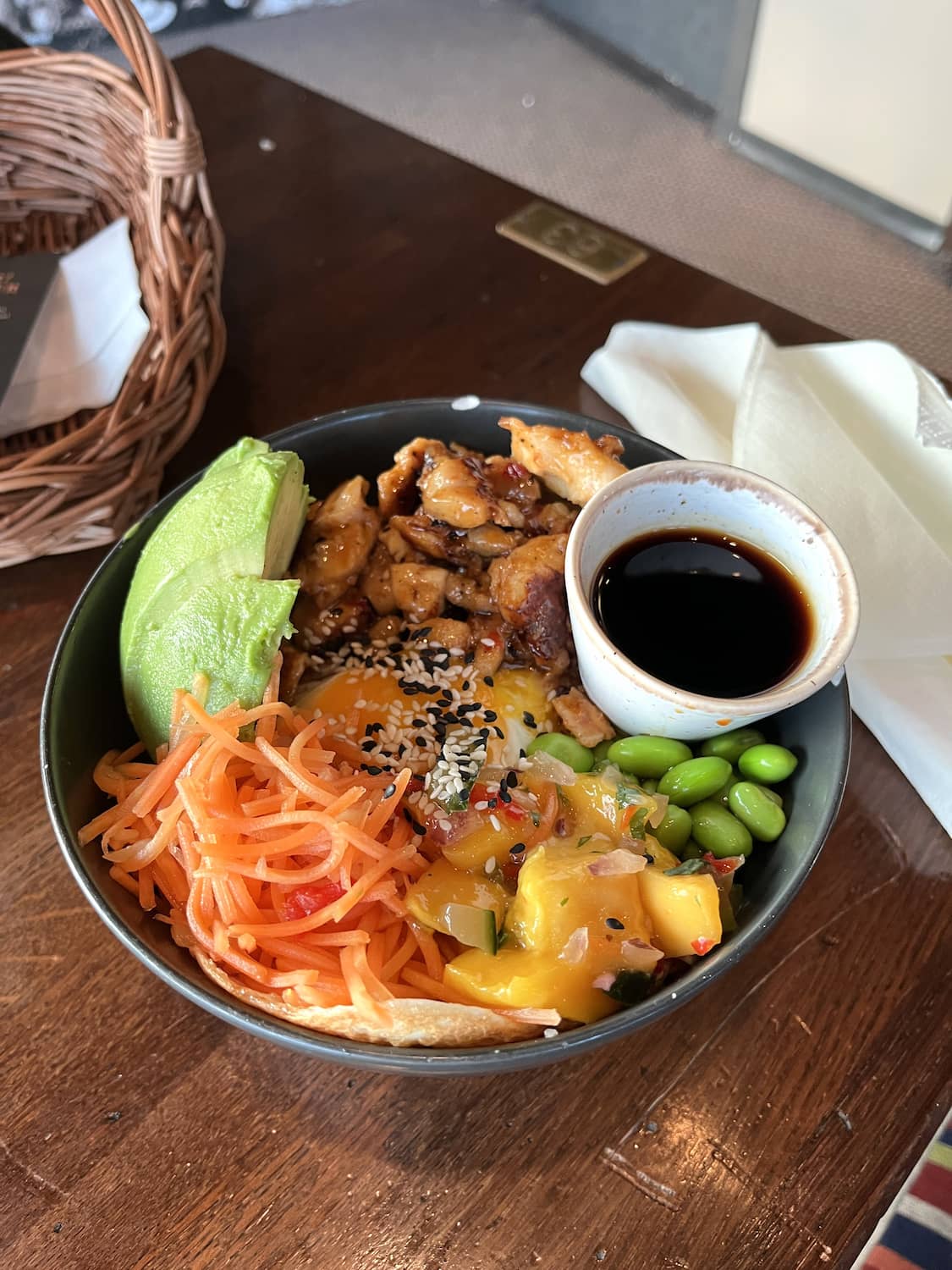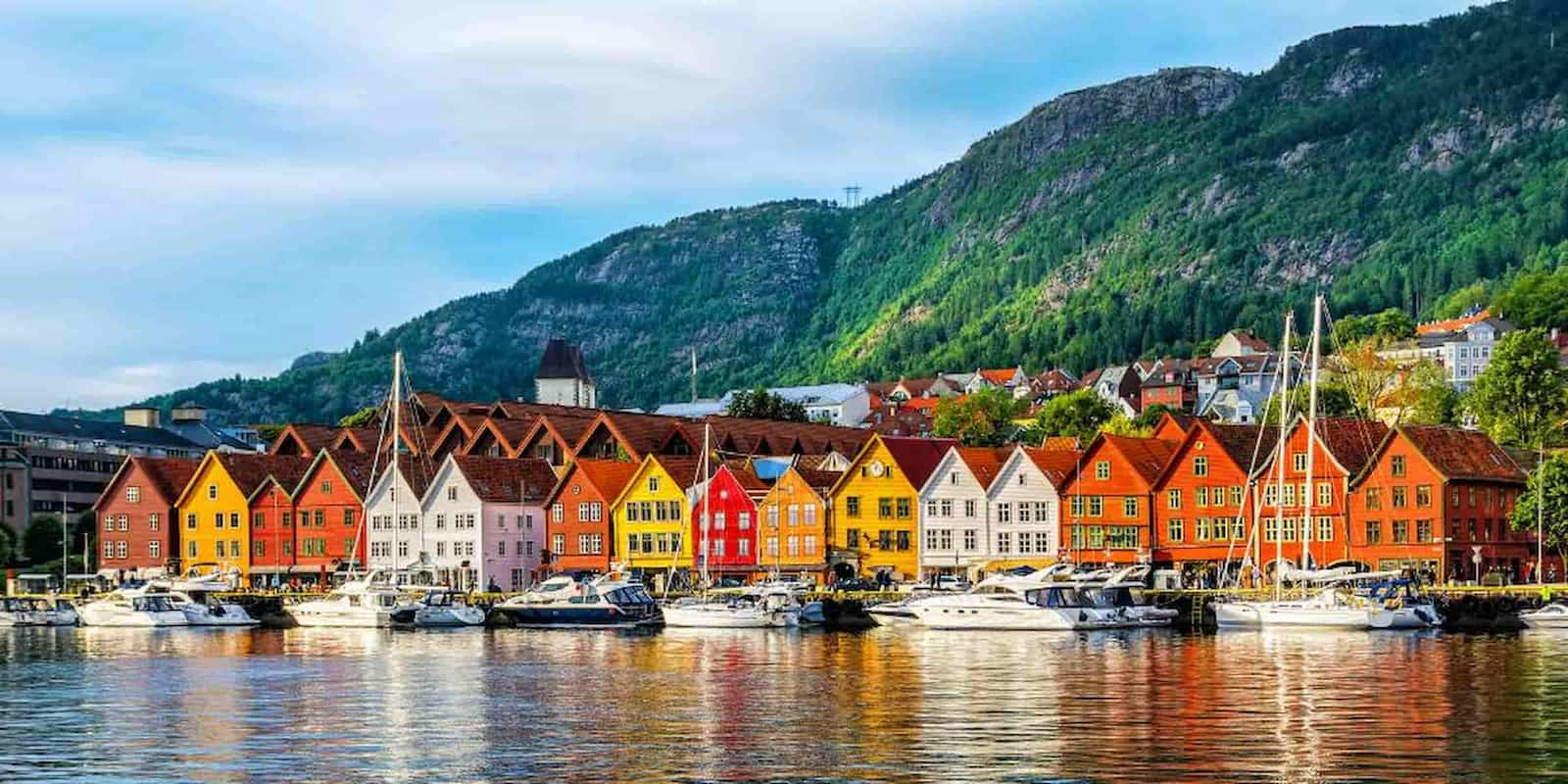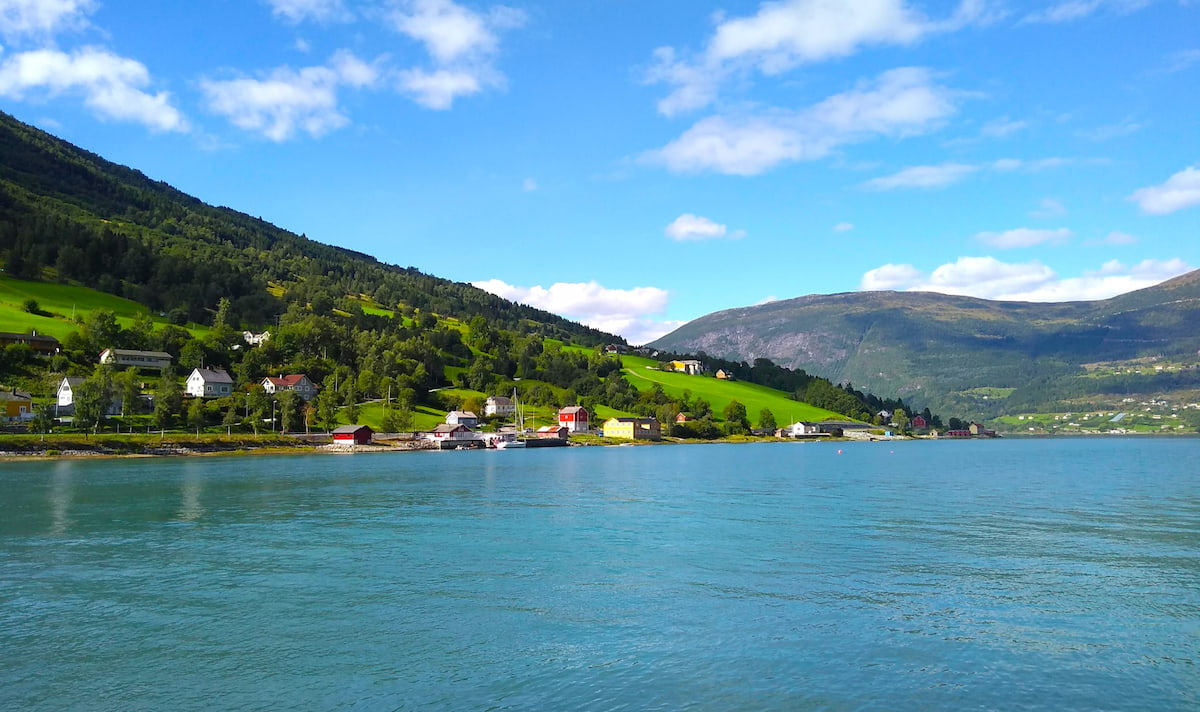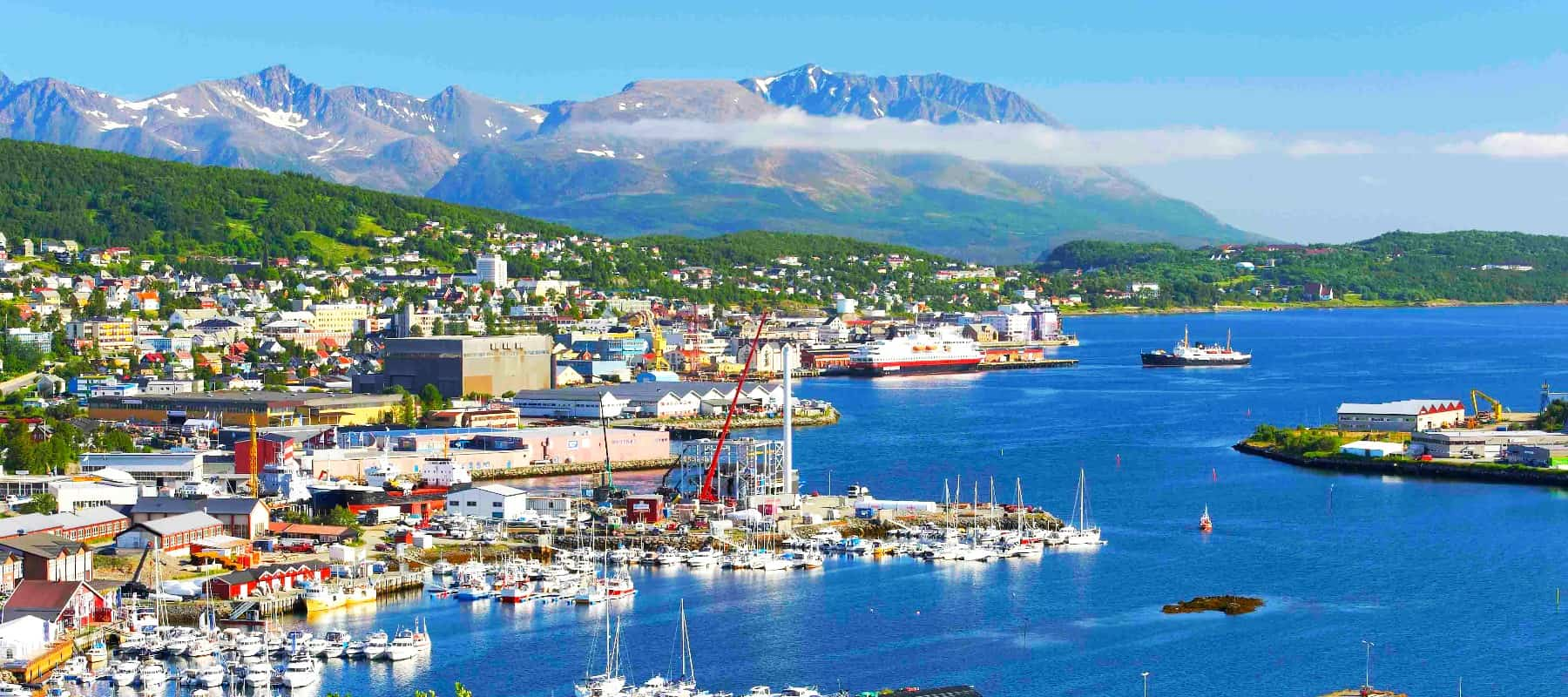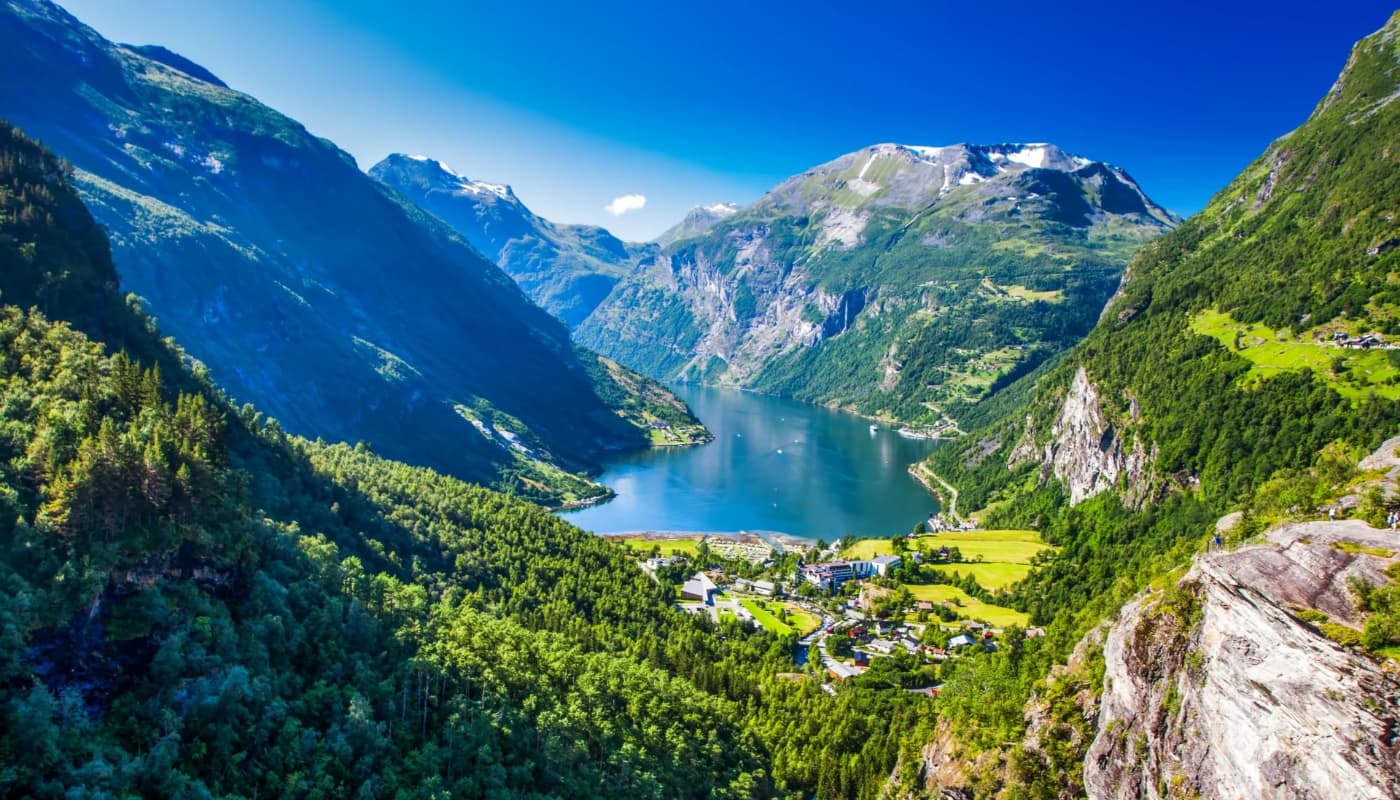Trondheim, Norway’s third-largest city, is a hidden gem that offers a perfect blend of history, culture, and natural beauty. As I explored this charming Norwegian city, I discovered a wealth of attractions that make it an ideal destination for travelers seeking an authentic Scandinavian experience. From the majestic Nidaros Cathedral to the vibrant Solsiden area, Trondheim has plenty of things to see and do that will captivate your imagination and leave you with unforgettable memories.
In this travel guide, I’ll share my top 16 things to do in Trondheim, along with insider tips to help you make the most of your trip. Whether you’re interested in taking a stroll through the picturesque Bakklandet neighborhood, exploring the city’s rich history at the Archbishop’s Palace, or embarking on a Trondheim adventure in the surrounding fjords. So, let’s explore Trondheim and uncover the treasures that await you!
🏠 Best Hotels in Trondheim
- 💎 Luxury Hotel: Britannia Hotel
- ✨ 5-Star: Radisson Blu Royal Garden Hotel
- 🏨 4-Star: Clarion Hotel Trondheim
- 🛏 3-Star: Scandic Bakklandet
- 💸 Cheap: Nidaros Pilegrimsgård
- 🏢 Apartment: Adorable 1-bedroom apartment with a fantastic view
- 👨👩👧👦 For Families: Scandic Solsiden
- 🏩 For Couples: House by the Sea Trondheim
💁 Best Guided Tours
- Trondheim Like a Local: Customized Private Tour from 95 € (⭐ 4.8/5)
- Trondheim Highlights: Bus and City Walk Tour from 75 € (⭐ 4.9/5)
- Winter Wonderland Experience from 120 € (⭐ 4.7/5)
- Explore the Beautiful Nature of Trondheim from 110 € (⭐ 4.8/5)
Best Things to Do in Trondheim
1. Nidaros Cathedral
National shrine. Standing in front of Nidaros Cathedral (Nidarosdomen), I was immediately struck by its Gothic grandeur. This ornate masterpiece isn’t just a church—it’s Norway’s national shrine and northern Europe’s most important pilgrimage site, built over the tomb of St. Olav, the Viking king who brought Christianity to Norway.
Practical details. Admission costs 120 NOK (about €11/$12) for adults, with discounts available for students and seniors. I recommend purchasing the combination ticket that includes access to the Archbishop’s Residence for a more complete historical experience.
Opening hours. The cathedral typically opens from 9am until 2pm, but I’d suggest checking their website before visiting as times can change for church services and special events.
What to see. Inside, I wandered through centuries of history, admiring the intricate stonework and stunning stained glass. The 91-meter spire dominates Trondheim’s skyline, and the west front with its detailed sculptures is particularly photogenic.
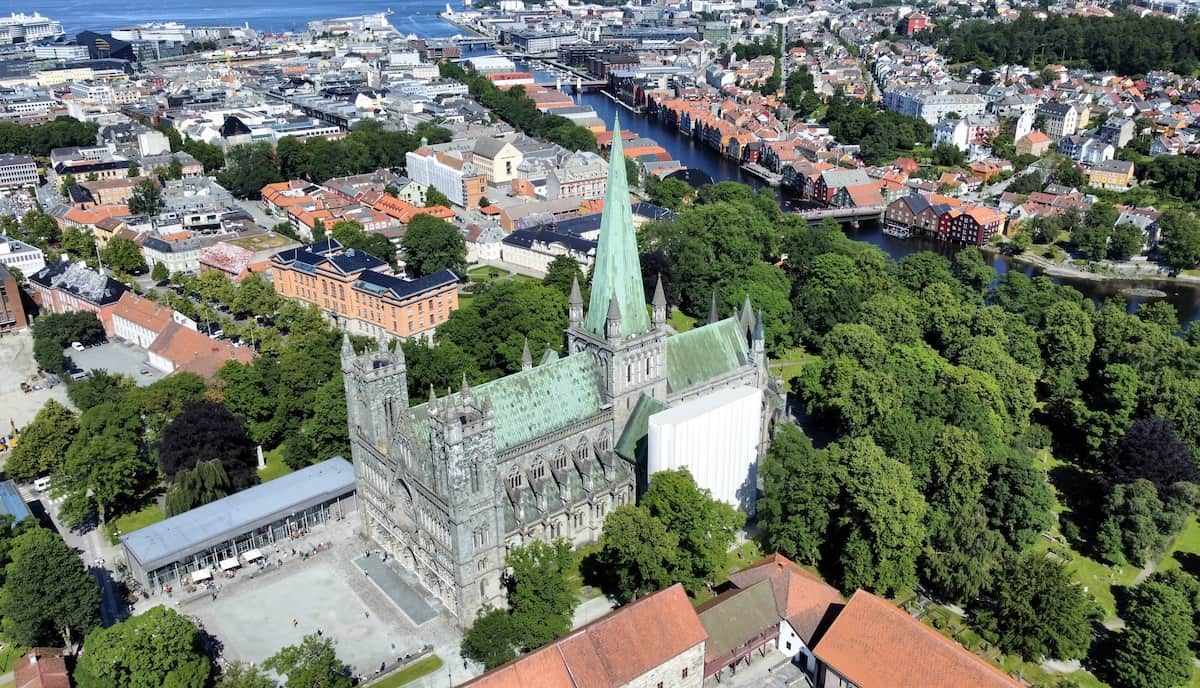
Visitor highlights at Nidaros Cathedral include:
- The medieval octagon section housing St. Olav’s shrine
- The spectacular rose window and stained glass from the 1900s
- The crypt with archaeological exhibits
- The Crown Regalia exhibition in the Archbishop’s Palace
- Seasonal organ concerts that showcase the cathedral’s acoustics
2. Bakklandet Neighborhood
Colorful wooden charm. Crossing the Old Town Bridge (Gamle Bybro) through the red gates known as “The Portal of Happiness,” I entered Bakklandet—a fairy tale neighborhood of cobblestone streets and vibrant wooden houses dating back to the 1600s.
Historic character. This former working-class district has transformed into Trondheim’s most charming area while preserving its authentic wooden architecture. Walking through Nedre Bakklandet (Lower Bakklandet) and Øvre Bakklandet (Upper Bakklandet), I felt transported back in time.
Unique attractions. Don’t miss the world’s only bicycle lift, Trampe! I placed one foot on the pedal and another on the lift, and up I went without any effort—much to the amusement of locals watching visitors figure it out.
Culinary delights. Bakklandet offers some of Trondheim’s coziest cafes and restaurants. I particularly enjoyed Baklandet Skydsstation, housed in a building from 1791, recognized by National Geographic as “maybe the cosiest café in Scandinavia.”
Best free activities in Bakklandet include:
- Strolling the cobblestone streets and photographing colorful wooden houses
- Watching boats on the Nidelva from the Old Town Bridge
- Visiting small art galleries and craft shops
- People-watching at riverside benches
- Exploring hidden alleyways with surprising street art
| Café/Restaurant | Specialty | Price Range (NOK) |
|---|---|---|
| Baklandet Skydsstation | Traditional Norwegian food & aquavit | 150-300 |
| Dromedar Kaffebar | Specialty coffee & pastries | 50-120 |
| Antikvariatet | Jazz music & drinks | 80-200 |
⭐ Best Activities
- Trondheim Like a Local: Customized Private Tour: Experience Trondheim through the eyes of a local with this personalized private tour. Tours can start from any centrally located hotel and may end at a different location unless requested in advance.
3. Kristiansten Fortress
Historic stronghold. Perched on a hill east of Trondheim, I found Kristiansten Fortress (Kristiansten Festning) commanding impressive views over the city. Built between 1682-1684 after Trondheim’s devastating 1681 fire, this strategic fortification was designed to protect the vulnerable eastern approach to the city.
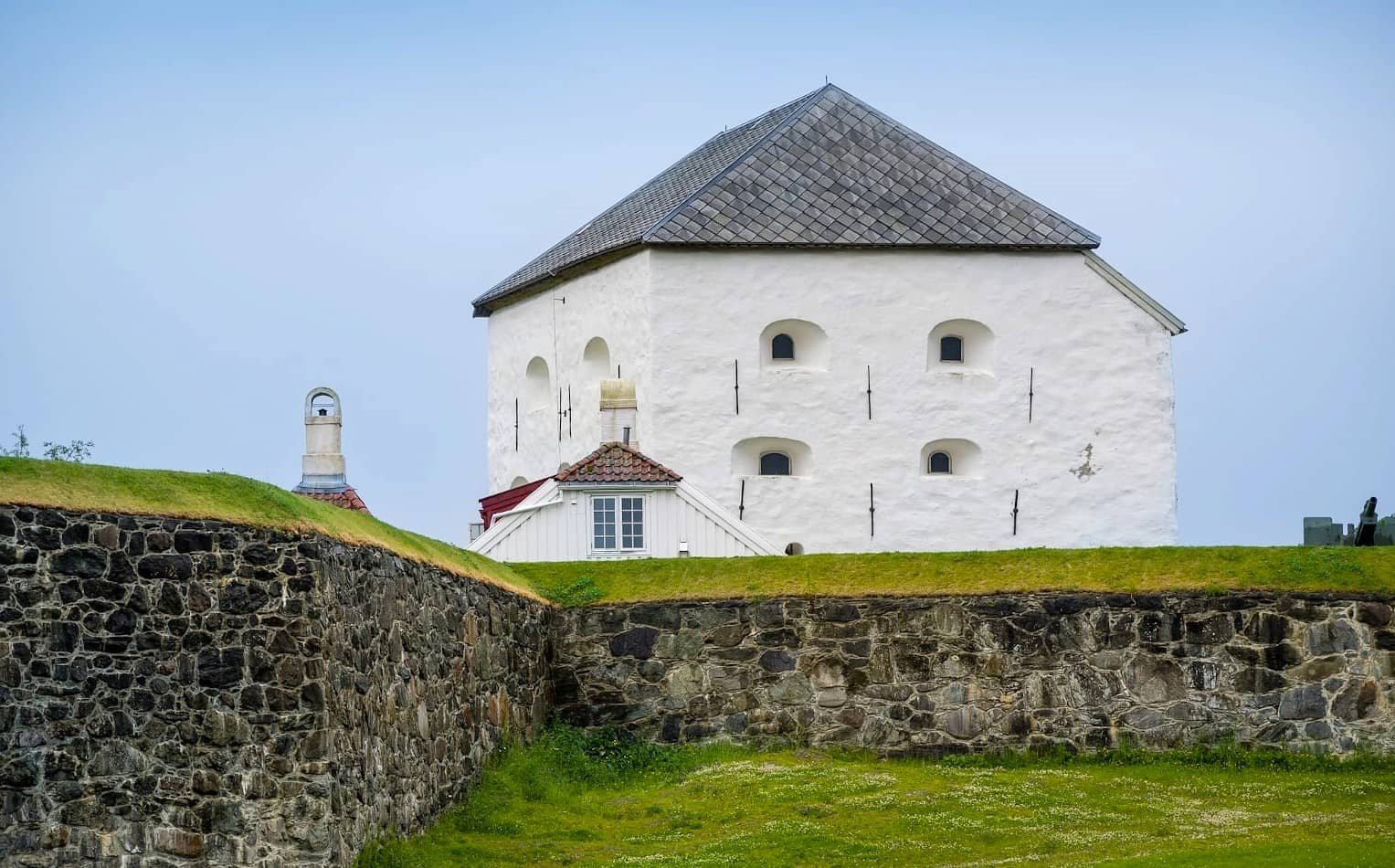
Military significance. The fortress fulfilled its defensive purpose brilliantly during the Great Northern War when Swedish forces laid siege to Trondheim in 1718. I learned that the fortress, along with 6,900 Norwegian troops and local citizens, successfully resisted the siege until it was called off following the death of Swedish King Charles XII in December 1718.
Architectural features. The most striking element is the Donjon (defensive tower), a four-story structure with gun slits and jagged ramparts. Inside, I explored artillery positions, munitions rooms, and the modest Commandant’s Quarters built in the late 18th century.
Historical timeline. After serving as Norway’s defense for over a century, the fortress was decommissioned in 1816 by King Charles XIV John. It later functioned as a fire watch station and, during World War II, became a site where Norwegian resistance members were tragically executed by Nazi occupiers.
Visitor experience at Kristiansten includes:
- Scandinavian’s best-preserved 17th-century tower fortress
- Panoramic views of Trondheim and surrounding landscapes
- Historical exhibitions in the Donjon museum (opened 1997)
- The Haubitz depot built in 1916 near the main gate
- Memorial site for WWII resistance fighters
4. Old Town Bridge (Gamle Bybro)
Iconic crossing. Walking across the vibrant red Old Town Bridge, known locally as Gamle Bybro, I felt like I was passing through a portal to Trondheim’s past. This charming wooden structure spans the Nidelva, connecting the main street Kjøpmannsgata to the picturesque Bakklandet neighborhood.
Historical significance. Like Kristiansten Fortress, the bridge was part of Johan Caspar von Cicignon’s reconstruction plans after the 1681 fire. Completed in 1685 with funding from King Christian V of Denmark, it originally served as a guarded city gate until 1816, with tollhouses at each end.
Architectural evolution. The bridge I walked across today isn’t the original structure but a reconstruction from 1861 by engineer Carl Adolf Dahl. Originally built of wood supported by three stone piers, the bridge has undergone numerous changes while maintaining its historical character.
Cultural landmark. Locals affectionately call it “Lykkens portal” (Gate of Happiness), a name derived from a popular waltz about the Nidelva River written by resistance fighter Kristian Oskar Hoddø in April 1940. Hoddø was later executed by Nazi forces in November 1943.
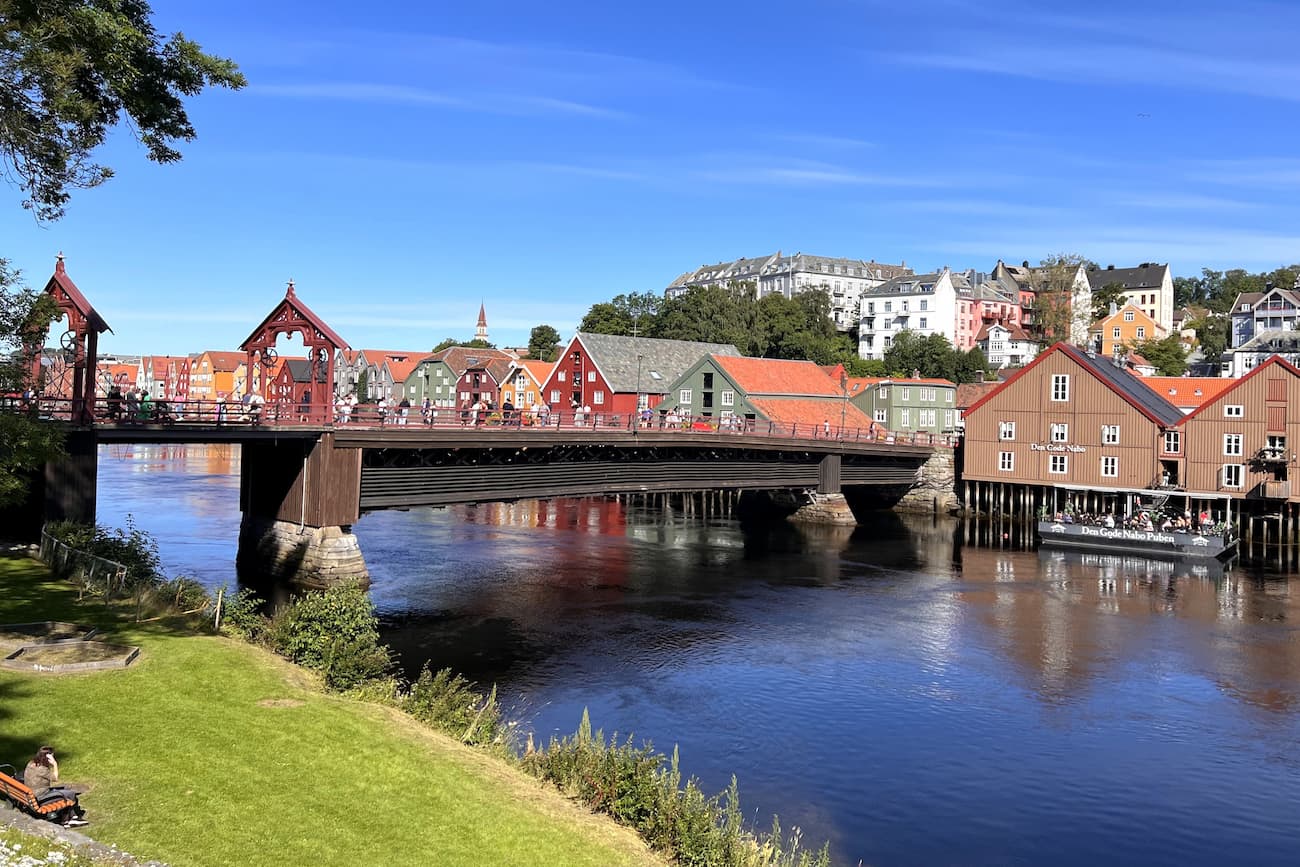
Best experiences at Gamle Bybro include:
- Photographing the colorful wooden houses of Bakklandet from the bridge
- Watching the sunset reflect on the river
- Visiting the preserved western guardhouse (now a day care center)
- Starting your exploration of Bakklandet’s cafes and shops
- Enjoying the views toward Kristiansten Fortress on the hill above
| Bridge Feature | Original (1685) | Current (since 1861) |
|---|---|---|
| Construction | Wood on stone piers | Reconstructed wood |
| Gates | Iron gate in middle | Decorative wooden gates |
| Guardhouses | Two (east and west) | One remaining (west) |
| Function | Military access/city gate | Pedestrian landmark |
⭐ Best Activities
- Trondheim pur: The Highlights of Trondheim by bus and city walk: Discover the highlights of Trondheim on this comprehensive tour combining bus transportation and walking exploration. This efficient option lets you see the city’s major attractions while learning about its rich history and culture from a knowledgeable guide.
Norway Experiences for History of Trondheim
1. Sverresborg Trøndelag Folk Museum
Living history. Walking through the gates of Sverresborg Trøndelag Folk Museum, I felt like I’d stepped into a time machine. This open-air museum showcases over 80 historic buildings arranged in various “neighborhoods” representing different periods of Norwegian rural and urban life.
Seasonal magic. I visited during summer when the museum comes alive with costumed interpreters demonstrating traditional crafts, but winter visits offer their own charm with Christmas markets and snow-covered historic buildings illuminated by lanterns.
Medieval ruins. The museum is built around the ruins of King Sverre’s castle from 1183, and climbing to this vantage point rewarded me with spectacular panoramic views of Trondheim and the surrounding fjord.
Practical details. Located just 10 minutes from downtown Trondheim by bus (#18), the museum charges 170 NOK (approximately €16/$17) for adults, with family tickets available at 340 NOK. I spent nearly four hours here and still didn’t see everything!
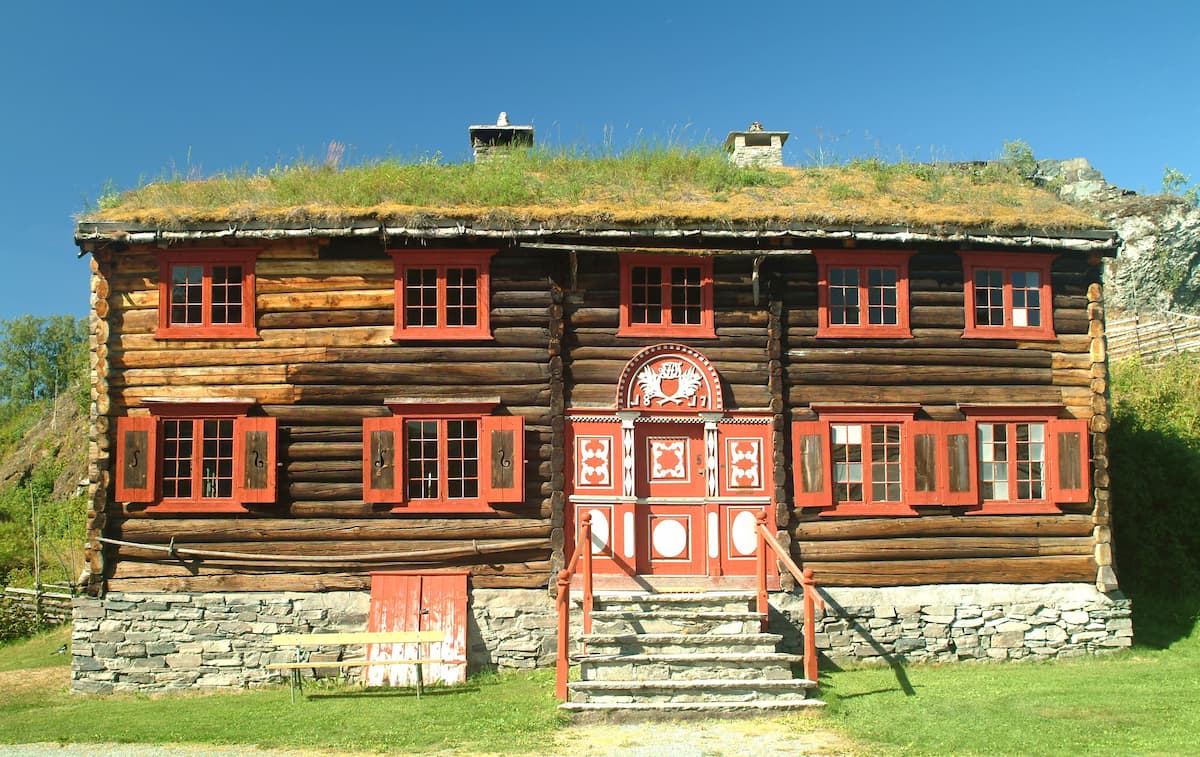
Must-see highlights at Sverresborg include:
- The Old Town section with buildings from 1700s Trondheim
- The rural Trøndelag farm complex with traditional log houses
- The Haltdalen Stave Church from 1170
- Live demonstrations of traditional Norwegian cooking and crafts
- The children’s activity area where kids can try historical games
2. Ringve Music Museum
Melodic journey. Housed in a beautiful 18th-century manor house, Ringve Music Museum surprised me with its extensive collection of musical instruments from around the world. As Norwegian national music museum, it offers both visual and auditory delights.
Interactive exhibits. What makes Ringve special is that it’s not just for looking—it’s for listening! My guided tour included musical demonstrations on historical instruments, from harpsichords to Norwegian folk instruments like the Hardanger fiddle.
Botanical beauty. After exploring the museum, I wandered through the surrounding botanical gardens. The carefully maintained historic gardens feature medicinal plants, ornamental flowers, and even a “musical plant path” with species named after musical terms.
Seasonal events. During summer months, the museum hosts outdoor concerts in the garden pavilion. I caught a chamber music performance that perfectly complemented the historical setting and made for an unforgettable evening.
Visitor information for music lovers:
- Guided tours in English at 1pm daily (summer) and weekends (winter)
- Interactive exhibits suitable for all ages, even those without musical knowledge
- Special children’s activities including instrument-making workshops
- Beautiful café serving traditional Norwegian pastries and coffee
| Museum | Adult Ticket | Family Ticket | Opening Hours |
|---|---|---|---|
| Sverresborg Folk Museum | 170 NOK (€16) | 340 NOK (€32) | 10am-5pm (May-Sept), 11am-3pm (Oct-Apr) |
| Ringve Music Museum | 150 NOK (€14) | 300 NOK (€28) | 11am-4pm (daily Jun-Aug), 11am-3pm (Tue-Sun Sept-May) |
3. Trondheim Art Museum
Artistic treasure. During my trip to Norway, I discovered that Trondheim Art Museum (Trondheim Kunstmuseum) houses Norway’s third largest public art collection. Located near the magnificent Nidaros Cathedral in the city center, this cultural gem offers a perfect way to experience Trondheim’s rich artistic heritage.
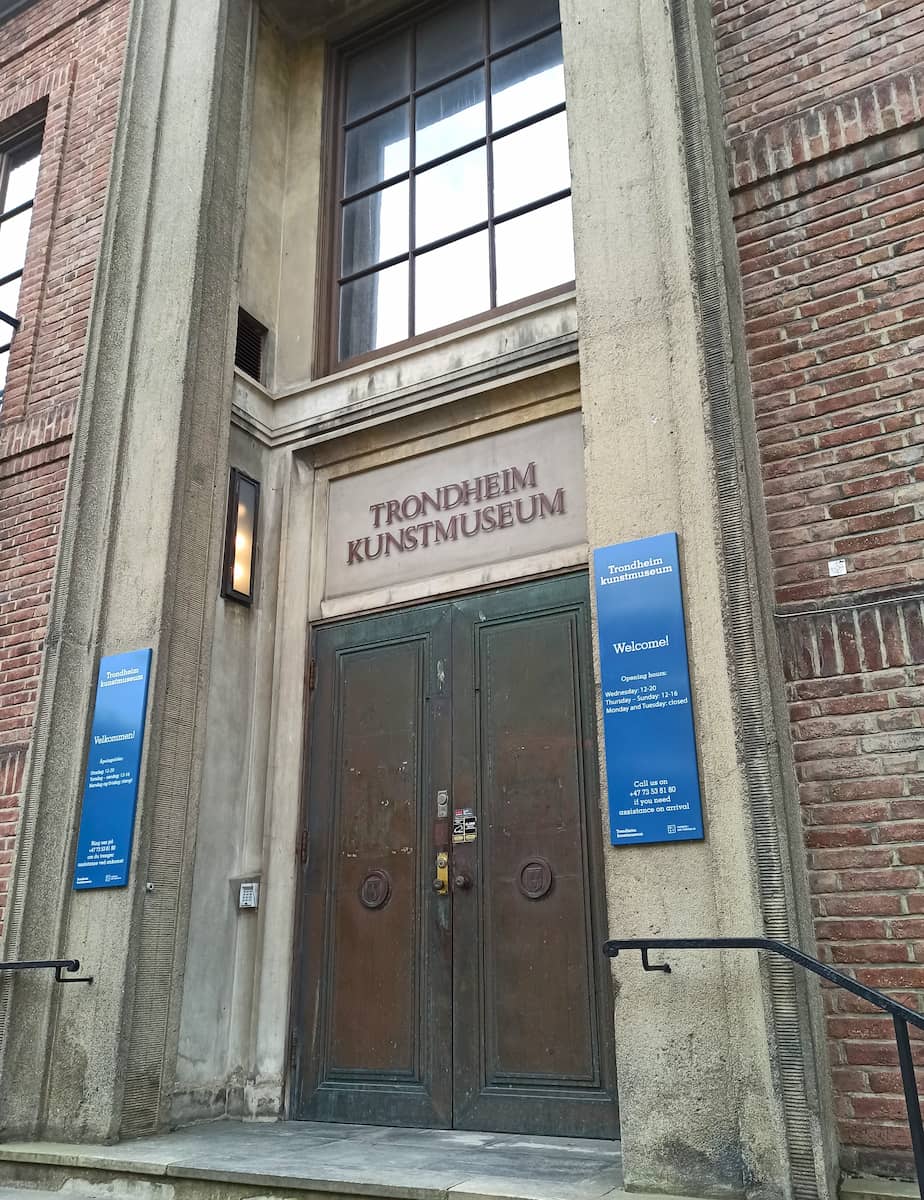
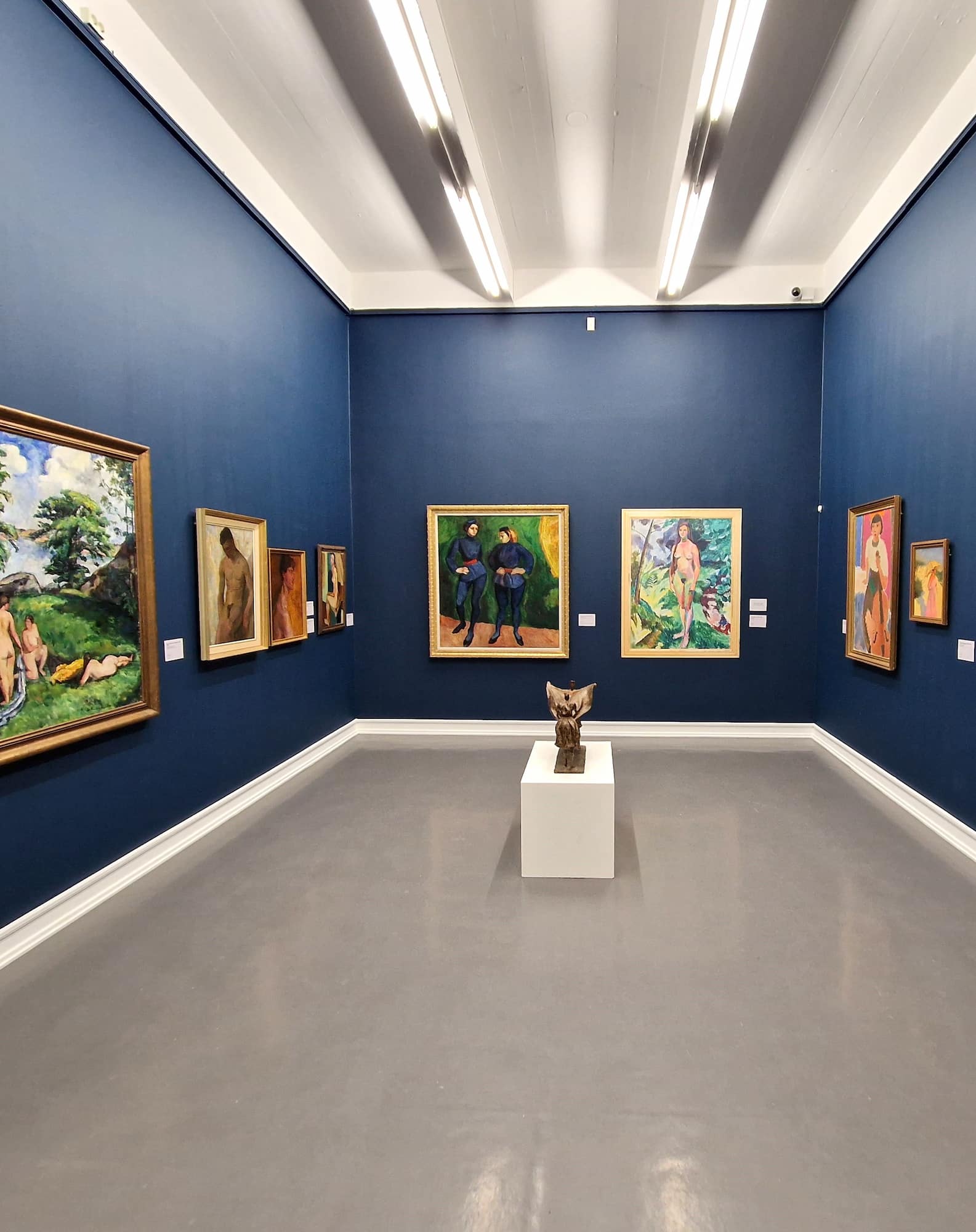
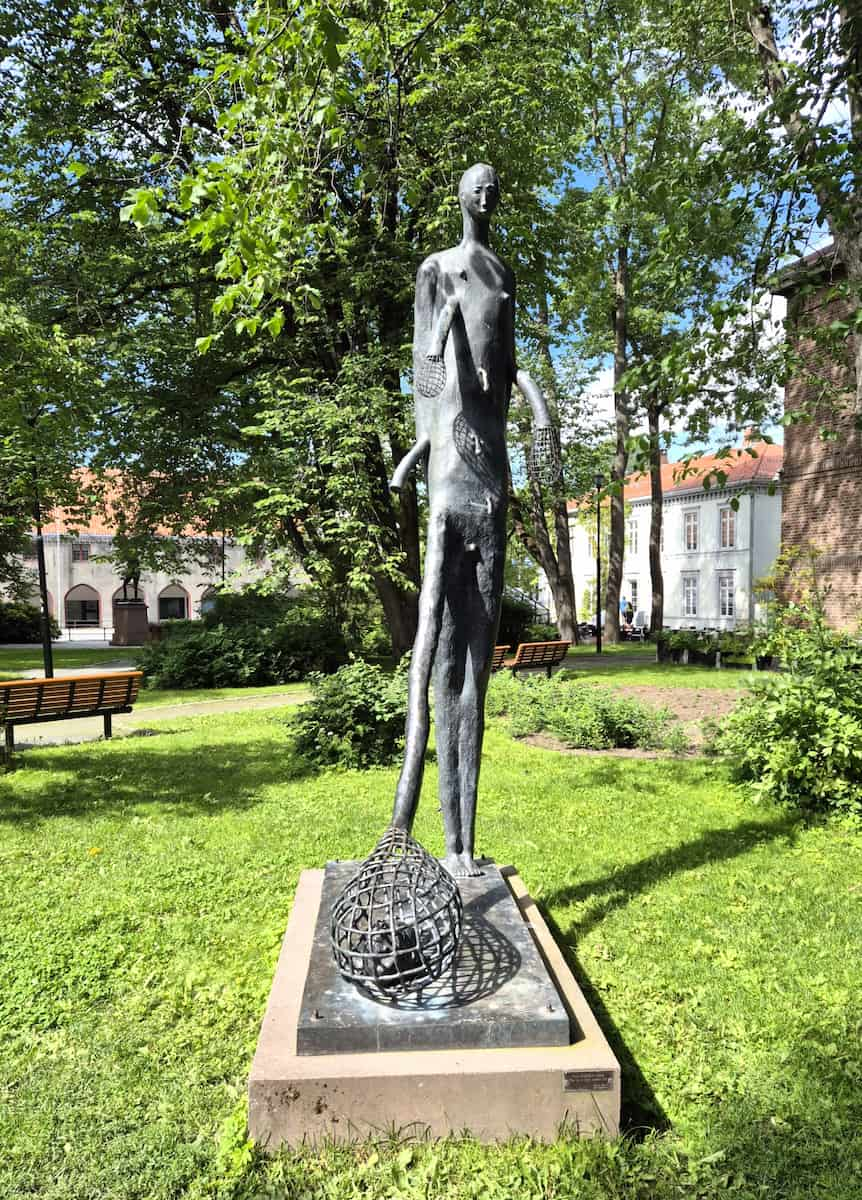
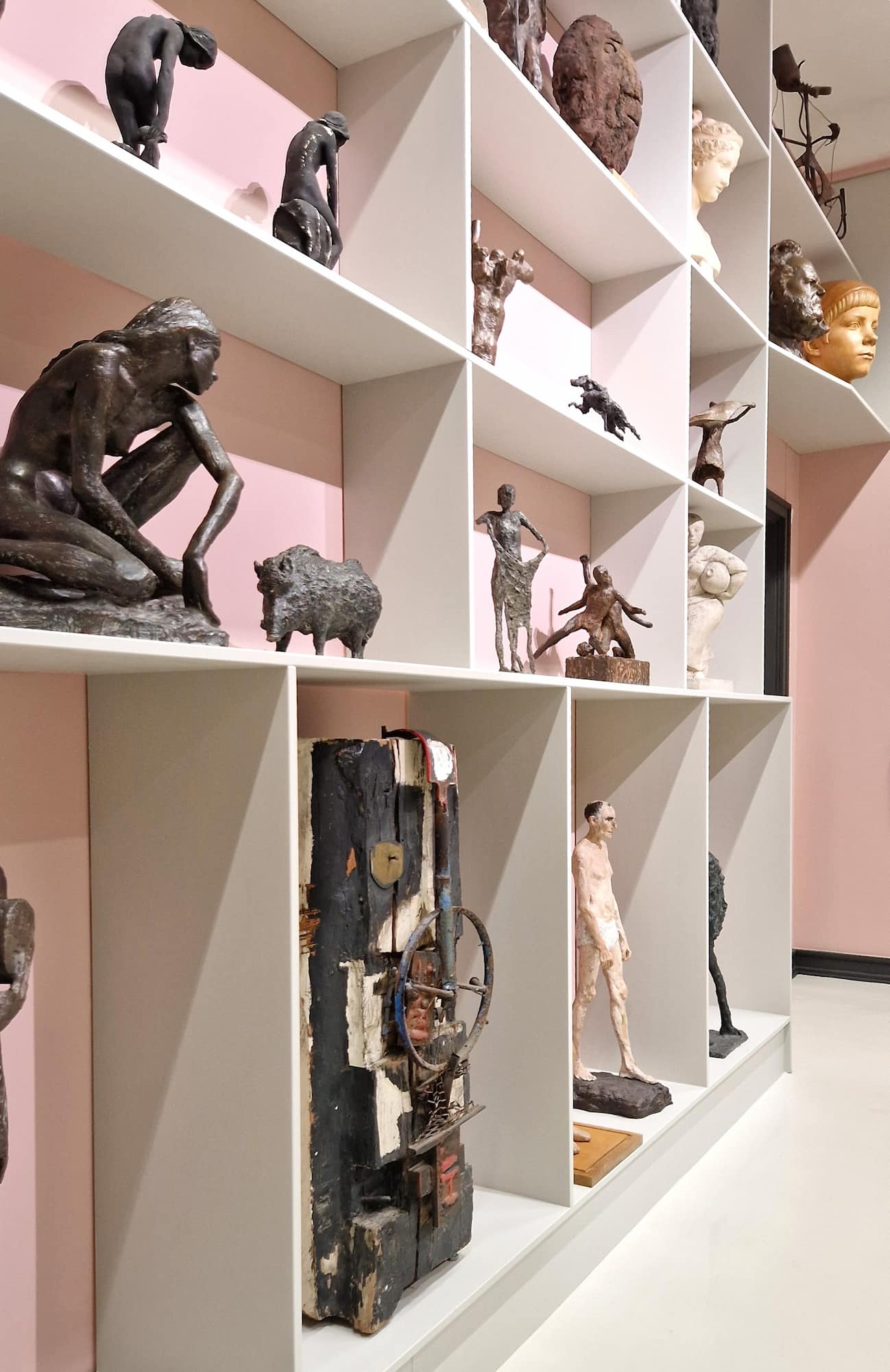
Historic setting. Walking through the main building in Bispegata, I was struck by its elegant 1930s architecture. Refurbished in 2012, the museum maintains much of its original character while providing the perfect backdrop for both contemporary exhibitions and iconic Norwegian masterpieces dating back to 1850.
Iconic works. I spent nearly an hour admiring Harald Sohlberg’s haunting “Natt” (Røros church) from 1904 and Peder Balke’s dramatic “Nordkapp” from the 1870s. The museum expertly places these national treasures in dialogue with international and regional art, creating thought-provoking contrasts.
Dual locations. My travel guide mentioned two venues, so after exploring TKM Bispegata, I took a pleasant stroll to TKM Gråmølna at Nedre Elvehavn. This second location currently features a fascinating exhibition of Håkon Bleken’s works, giving visitors a behind-the-scenes look at museum conservation practices.
Must-see highlights at Trondheim Art Museum include:
- The permanent collection featuring iconic Norwegian landscape paintings
- Temporary exhibitions that blend international and regional perspectives
- The special Håkon Bleken exhibition at TKM Gråmølna
- The museum’s architectural details, restored to their 1930s glory
- Spectacular views of Nidaros Cathedral from the museum windows
| Ticket Type | Price (NOK) | Approximate (EUR/USD) |
|---|---|---|
| Adults | 140 NOK | €12/$13 |
| Students | 80 NOK | €7/$8 |
| Seniors | 80 NOK | €7/$8 |
| Under 18 | Free | Free |
Outdoor Attractions in Trondheim
1. Hiking in Bymarka
Forest escape. Just 15 minutes from Trondheim’s city center lies Bymarka, a vast forest area that completely transformed my visit to Trondheim. This 80 square kilometer wilderness offers over 200km of marked trails, making it one of the best things to do in Trondheim for nature lovers.
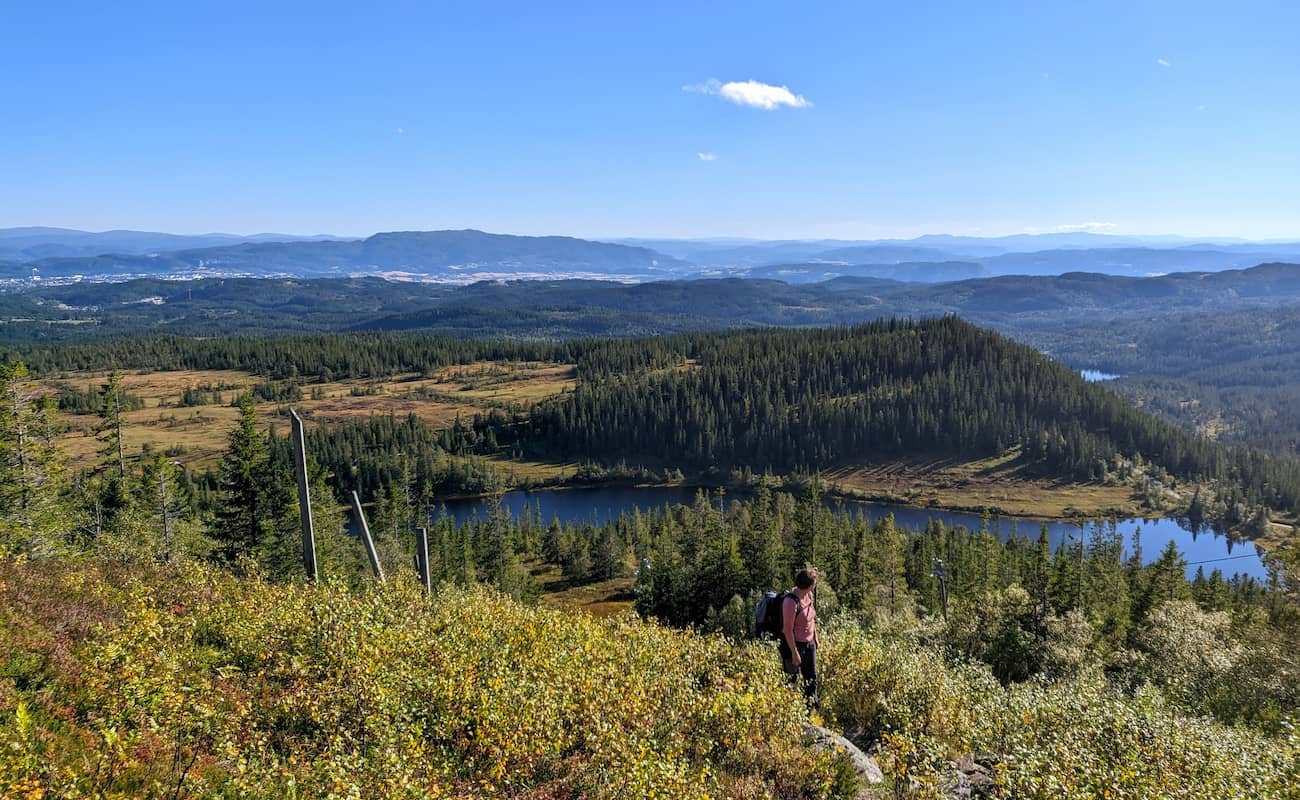
Seasonal beauty. I hiked here during summer when wildflowers carpeted the forest floor, but locals told me winter transforms Bymarka into a cross-country skiing paradise with 120km of groomed trails. The best time to visit depends on your preferred activities—June to August for hiking, December to March for skiing.
Accessible adventure. My exploration began at Skistua, reached via the charming vintage tram (Gråkallbanen) from the city center to Lian station. From there, a 20-minute walk led me to this historic ski lodge where I fueled up with traditional Norwegian waffles before hitting the trails.
Panoramic rewards. The moderately challenging hike to Gråkallen (552m) took me about 1.5 hours but rewarded me with breathtaking views of the city, Trondheim Fjord, and surrounding mountains. On clear days, you can see in Trondheim all the way to the mountains on the Swedish border!
Wildlife encounters. The quieter I walked, the more wildlife appeared—I spotted several roe deer, a fox, and numerous bird species. My Norwegian companion explained that moose also inhabit these forests, though they’re typically shy and avoid hikers.
Top trails in Bymarka include:
- Skistua to Gråkallen (3km one-way, moderate difficulty)
- Lian to Elgsethytta cabin (4km round-trip, easy)
- Storheia summit trail (6km from Skistua, challenging)
- Våttakammen viewpoint (2km from Ferista, easy)
- Estenstadhytta to Estenstaddammen lake (family-friendly loop)
2. Kayaking on Nidelva River
Urban paddling. Gliding along the Nidelva River offered me a completely different perspective of Trondheim. From water level, I admired the colorful warehouses of Bakklandet and passed under the iconic Old Town Bridge while ducks paddled alongside my kayak.
Rental options. I rented my kayak from Trondheim Kajakk, located at Fosenkaia 4 near Ravnkloa fish market in the city center. A single kayak cost 350 NOK (€32/$35) for three hours, which proved perfect for exploring the river’s urban section and venturing a bit into the fjord.
Guided experiences. As a solo traveler without much kayaking experience, I opted for a tour (650 NOK/€60 for 3 hours) which included equipment, safety briefing, and fascinating stories about Trondheim’s history from my guide, Lars. This proved to be the best way to experience both the river and learn about the city.
Water routes. My favorite route took me from the harbor, past the Royal Residence (Stiftsgården), under numerous bridges, and along Bakklandet’s picturesque waterfront. More experienced paddlers can venture further into Trondheim Fjord toward Munkholmen Island.
Top tips. The water is calm in the city center section, making it suitable even for beginners. However, I’d recommend waterproof bags for phones and cameras—I learned this lesson when a passing boat created unexpected waves!
Best kayaking options on the Nidelva:
- City Center Loop (2 hours, beginner-friendly)
- Sunset Paddle to Bakklandet (3 hours, magical lighting)
- Extended Fjord Adventure to Munkholmen (4+ hours, intermediate level)
- Winter Paddling Tours (guided only, with thermal equipment)
- Fishing Kayak Rentals (specialized equipment for anglers)
3. Munkholmen Island
Island fortress. My boat trip to Munkholmen Island ranks among the top things to do in Trondheim during summer. This small island in Trondheim Fjord has served as a monastery, prison, fortress, and now tourist destination—all packed into one compact historical site.
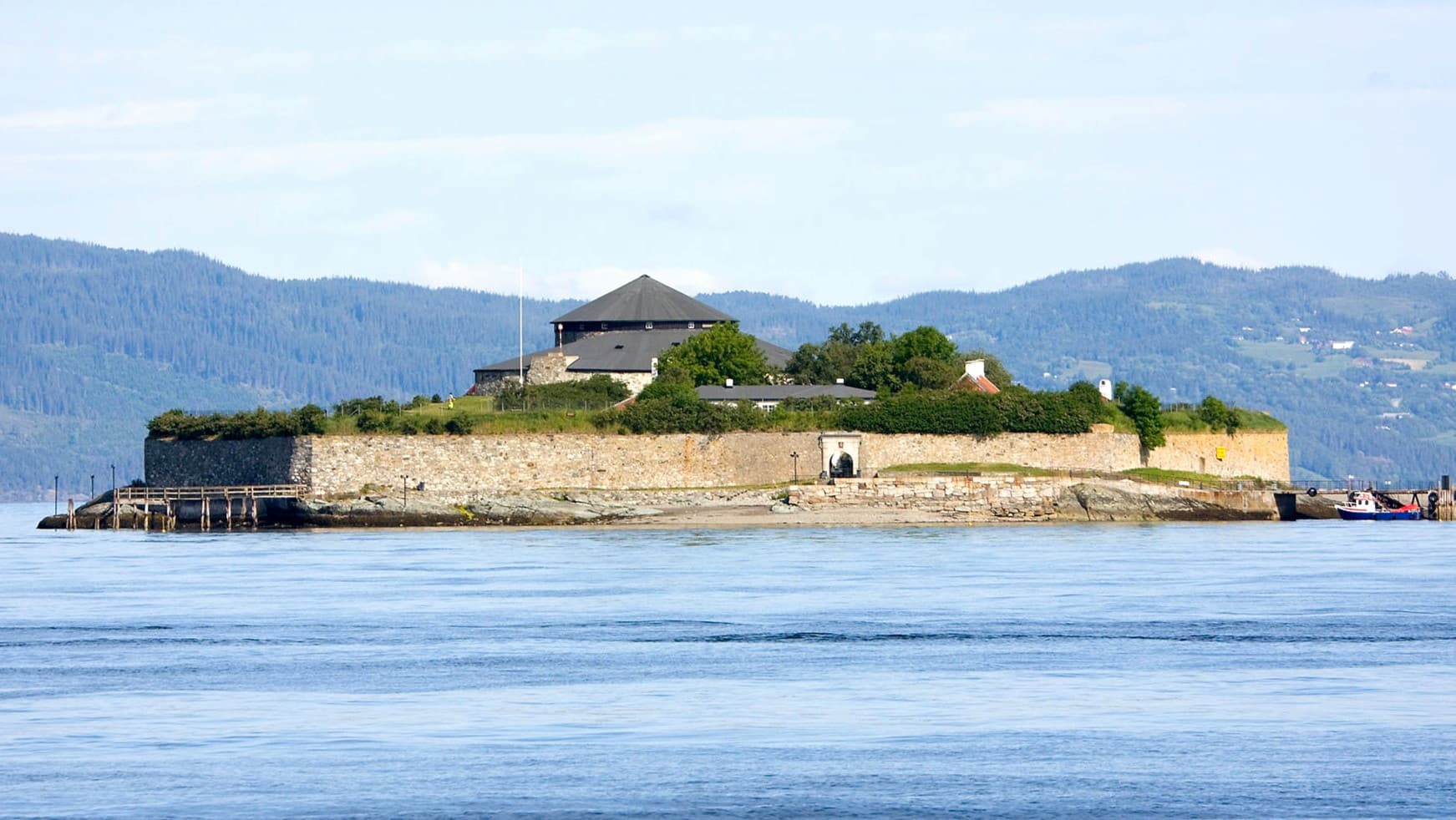
Rich history. Standing on Munkholmen’s shores, I tried to imagine its past lives—from Viking execution site to Benedictine monastery founded around 1100, then later transformed into a state prison and fortress. The island’s layered history mirrors Scandinavian’s own fascinating past.
Boat access. I caught the passenger boat from Ravnkloa in the city center, paying 180 NOK (€17/$18) for a round-trip ticket. Boats run hourly from 10am to 6pm during peak tourist season (June to August), with reduced service in May and September.
Guided exploration. The 30-minute tour (included in the boat ticket) brought the island’s stories to life. I learned about Count Peder Griffenfeld, who spent 18 years imprisoned here, and how the fortress was built to protect Trondheim from Swedish attacks.
Summer swimming. After my tour, I joined locals sunbathing and swimming at the small beach on the island’s southern side. The water was brisk (about 16°C/61°F in July), but refreshing after exploring the fortress grounds in the summer sun.
Visitor information for Munkholmen:
- Boat service operates May through September (weather permitting)
- The island has a small café serving light meals and drinks
- Tours run in English and Norwegian throughout the day
- Allow 2-3 hours for the complete experience including boat travel
- Bring swimwear in summer and warm clothes in shoulder seasons
| Activity | Price (NOK) | Includes |
|---|---|---|
| Bymarka Tram Ticket | 40 NOK (€4) | One-way to Lian station |
| Kayak Rental (3hrs) | 350 NOK (€32) | Equipment and basic instruction |
| Guided Kayak Tour | 650 NOK (€60) | Guide, equipment, safety briefing |
| Munkholmen Boat | 180 NOK (€17) | Round-trip and tour |
| Skistua Waffles | 85 NOK (€8) | Traditional Norwegian waffles with jam |
Activities in Trondheim by Season
1. Winter Activities
Snow adventures. When I visited Trondheim in winter, I discovered a completely different city than the summer version. The third-largest city in Norway transforms into a winter wonderland from December through March, with snow-covered streets and twinkling lights creating a magical atmosphere.
Skiing options. My favorite winter activity was cross-country skiing in Bymarka. I rented equipment from Trondheim Turistforening (250 NOK/€23 per day) and took the tram to Lian station. The 120km of groomed trails cater to all skill levels—I stuck to the beginner-friendly paths around Skistua.
Winter festivals. Timing my visit to coincide with Trondheim’s winter festivals was a stroke of luck. The Ice Music Festival in January featured concerts played on instruments carved from ice, while February’s Ski Festival celebrated Norwegian winter sports with competitions and family activities.
Cozy culture. On particularly cold days, I retreated to Trondheim’s museums and cafes. The Norwegian University of Science and Technology’s science center offered interactive exhibits perfect for families, while cafes like Dromedar and Jacobsen & Svart served steaming cups of coffee in warm, inviting spaces.
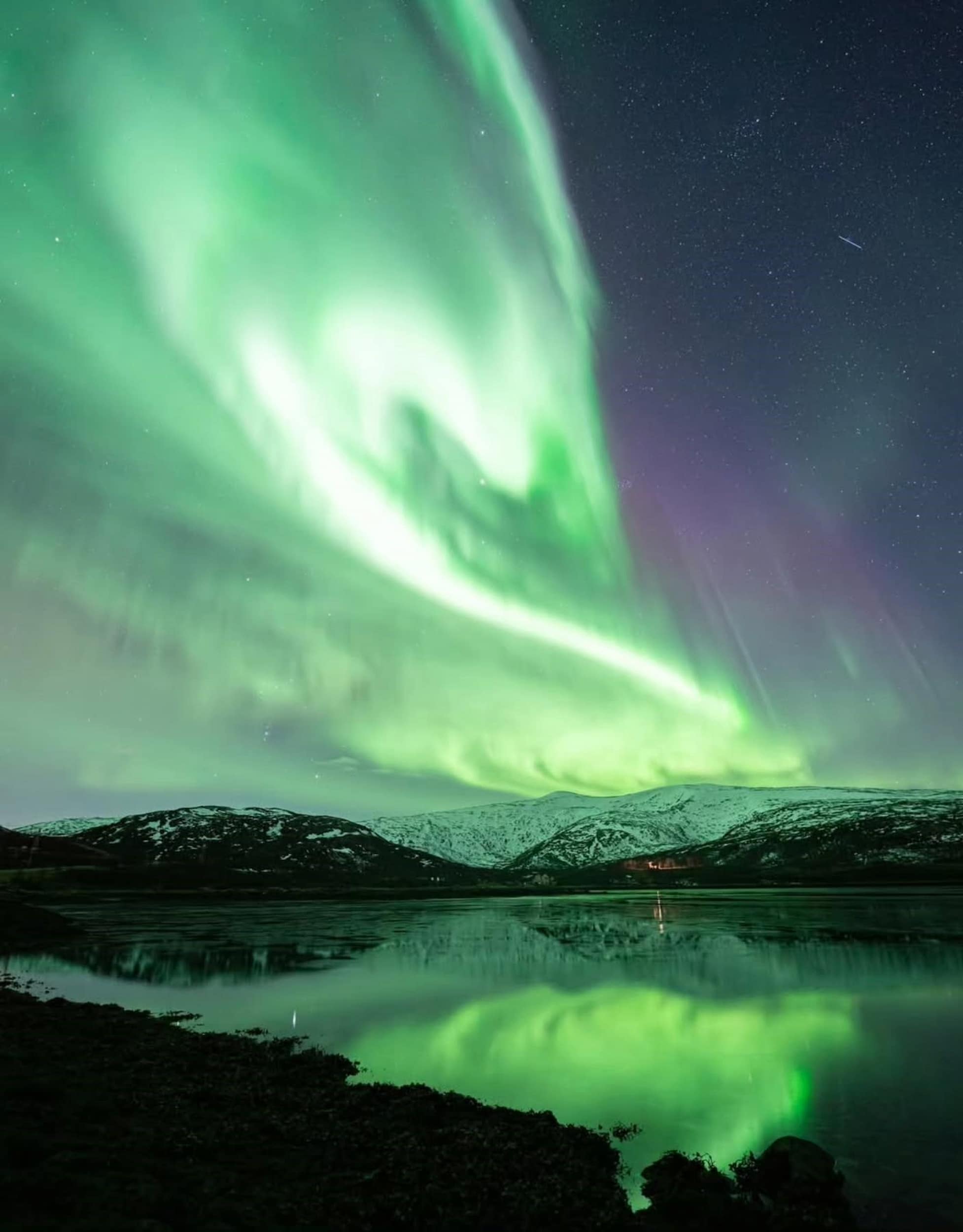


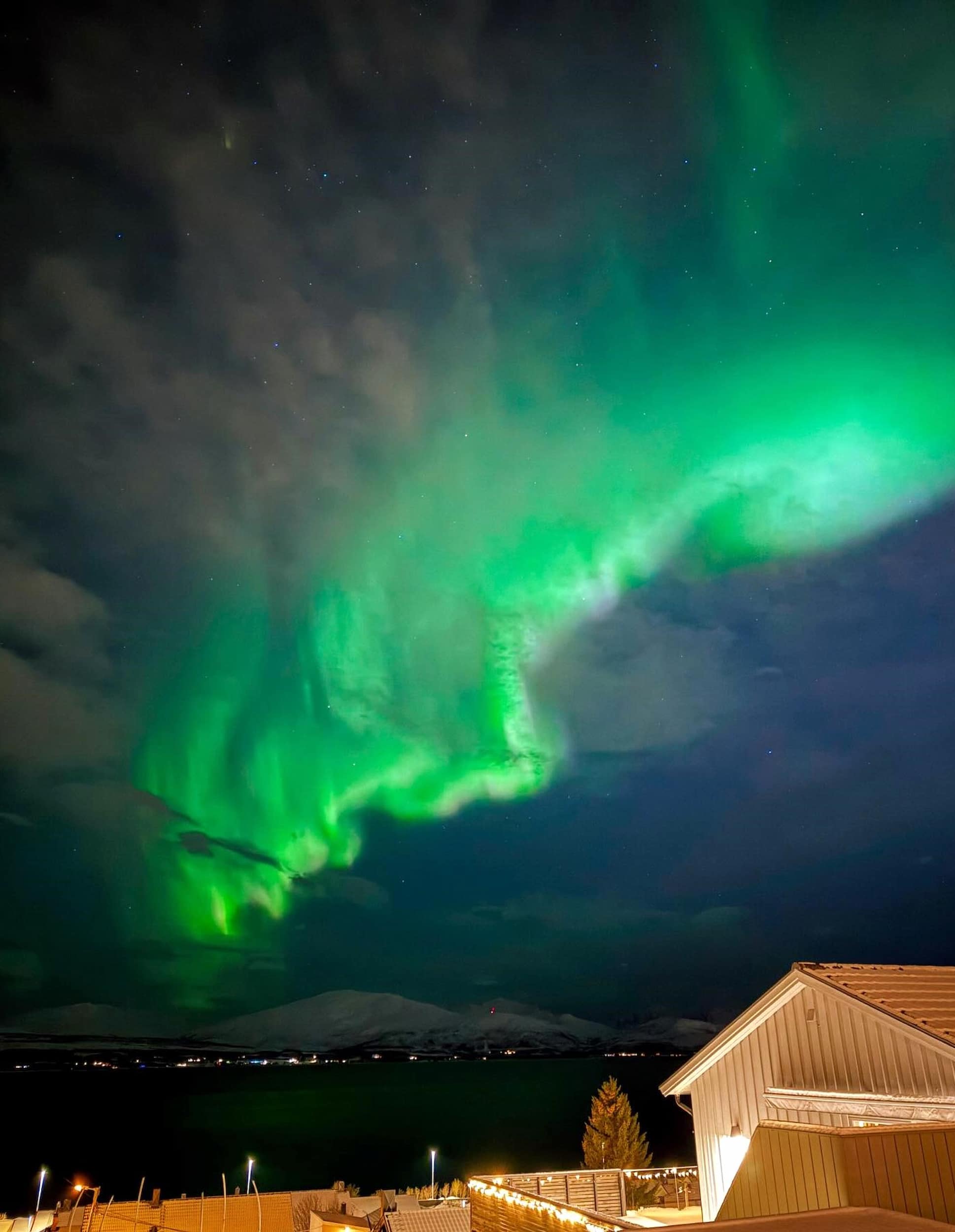
Northern Lights. While Trondheim isn’t as reliable for aurora viewing as northern Norway, I was fortunate to witness the Northern Lights during a clear February night. Local photographers recommended Bymarka’s Storheia summit or the shores of Jonsvatnet lake as the best places around Trondheim for aurora spotting.
Winter activities in and around Trondheim:
- Cross-country skiing in Bymarka forest
- Downhill skiing at Vassfjellet Ski Center (20 minutes from city)
- Ice skating on frozen Lake Theisendammen
- Northern Lights hunting on clear nights
- Winter walking along the Nidelva River’s snow-covered paths
⭐ Best Activities
- Winter Wonderland: Embrace Trondheim’s magical winter landscape on this seasonal tour. Experience the beauty of snow-covered Norwegian scenery, participate in winter activities, and discover why Trondheim is a special destination during the colder months.
2. Summer Activities
Outdoor living. Summer in Trondheim (June to August) brings long daylight hours and pleasant temperatures around 15-20°C. I found locals making the most of this precious season by filling outdoor cafes, parks, and waterfront areas from early morning until late evening.
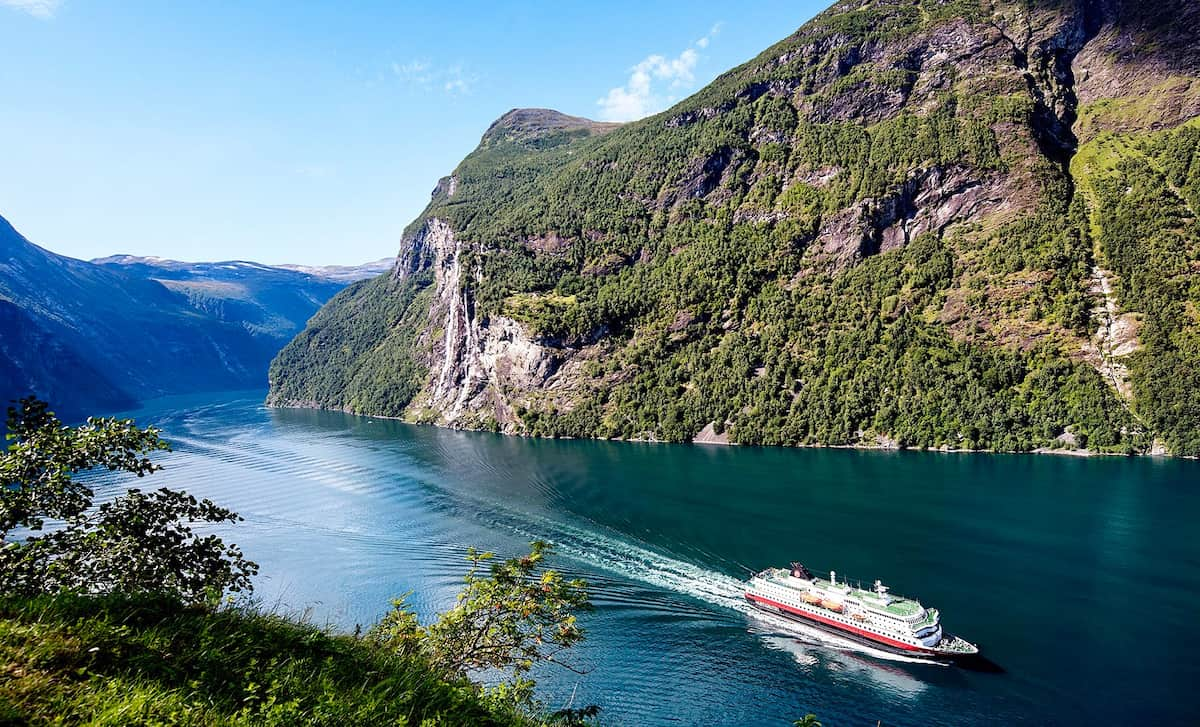
Water adventures. The Nidelva River and Trondheim Fjord become playgrounds during summer. Beyond kayaking, I tried stand-up paddleboarding with Trondheim SUP (rental: 300 NOK/€28 for 2 hours) and joined a sailing trip with Trondheim Seilforening (850 NOK/€78) for a half-day fjord exploration.
Hiking expansion. While Bymarka remains popular in summer, I also ventured to Estenstadmarka on the eastern side of the city and Leinstrandmarka to the south. These less-visited areas offered quieter trails and different perspectives of the region’s natural beauty.
Festival season. My July visit coincided with Trondheim’s biggest cultural event—the St. Olav Festival. This celebration of Scandinavian’s patron saint features concerts, medieval markets, and religious ceremonies at Nidaros Cathedral. The Trøndelag Food Festival in late July showcased why this region earned its title as a European Region of Gastronomy in 2022.
Midnight sun. While Trondheim doesn’t experience the true midnight sun, summer nights barely get dark. I took advantage of the extended daylight with evening hikes and late-night strolls along the Nidelva River, when the city takes on a peaceful, golden glow.
Summer highlights in Trondheim include:
- Swimming at Korsvika and Djupvika beaches
- Cycling the city’s extensive bike network (rental: 150 NOK/€14 per day)
- Attending outdoor concerts at Kristiansten Fortress
- Exploring rooftop bars like Tyholttårnet Rotating Restaurant
- Taking day trips to nearby coastal villages like Råkvåg
| Seasonal Activity | Winter Price | Summer Price | Location |
|---|---|---|---|
| Bymarka Access | 40 NOK (tram) | 40 NOK (tram) | Lian station |
| Ski/Bike Rental | 250 NOK/day | 150 NOK/day | City center shops |
| Fjord Boat Tours | Limited service | 450-850 NOK | Ravnkloa harbor |
| Museum Entry (combined) | 350 NOK | 350 NOK | Various locations |
| Guided City Tour | 250 NOK | 300 NOK | Tourist Information |
⭐ Best Activities
- Explore the Beautiful Nature of Trondheim: Venture beyond the city center to experience Trondheim’s stunning natural surroundings. This tour focuses on the region’s outdoor beauty, taking you to scenic viewpoints and natural attractions that showcase breathtaking landscapes.
Food & Drink in Trondheim
1. Local Cuisine Highlights
Seafood excellence. As a coastal city with a rich fishing tradition, Trondheim offers some of Scandinavian’s finest seafood. I still dream about the butter-poached cod at Havfruen restaurant and the king crab at Blå Kongo—both showcasing why Trondheim was named a European Region of Gastronomy in 2022.
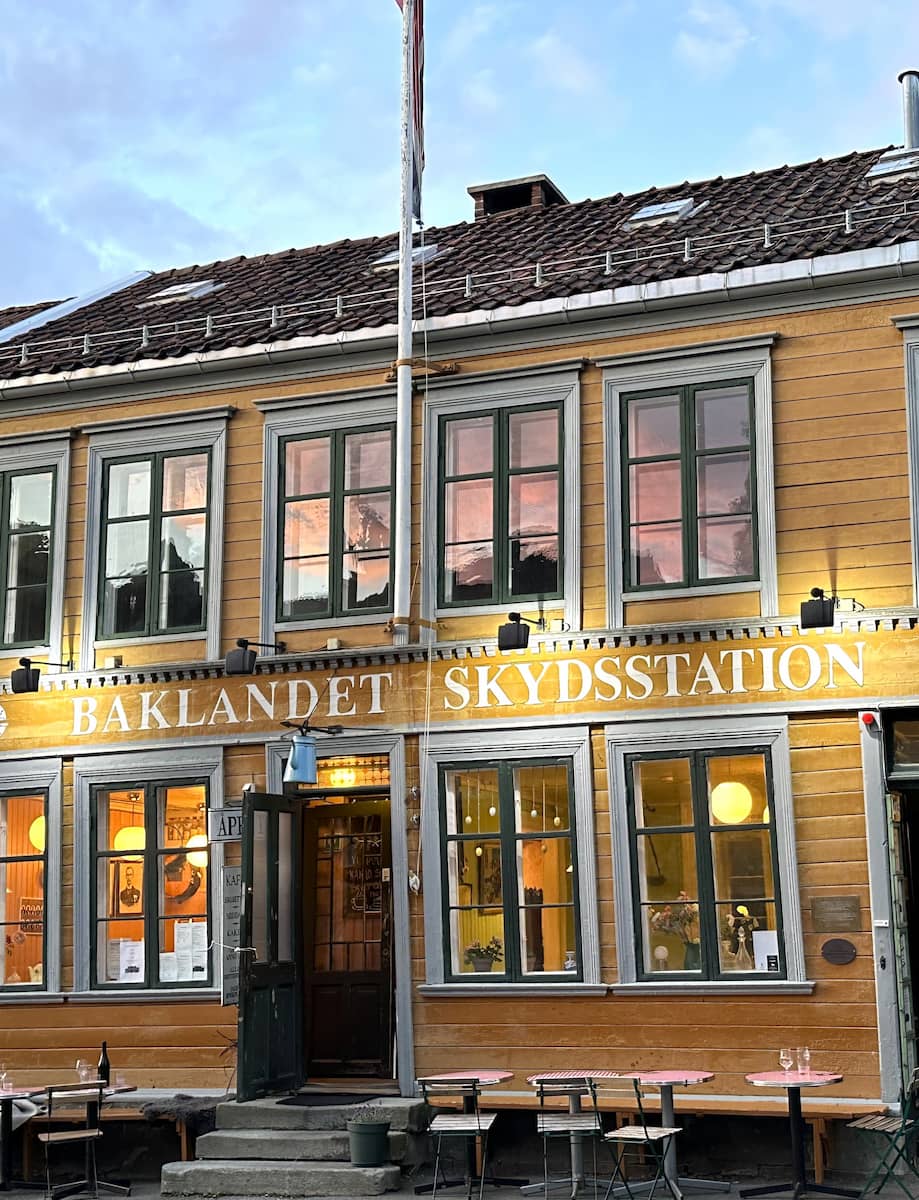
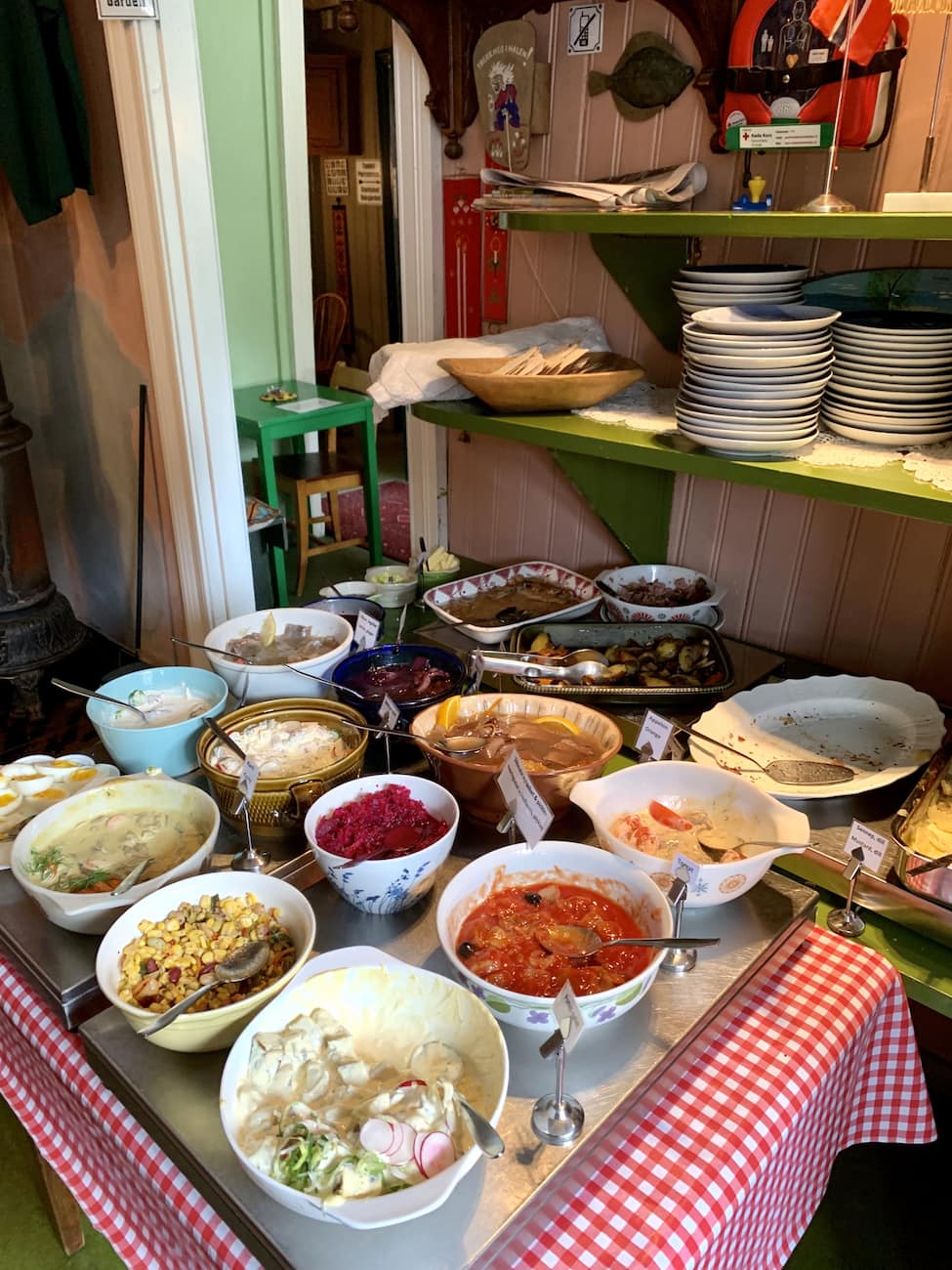
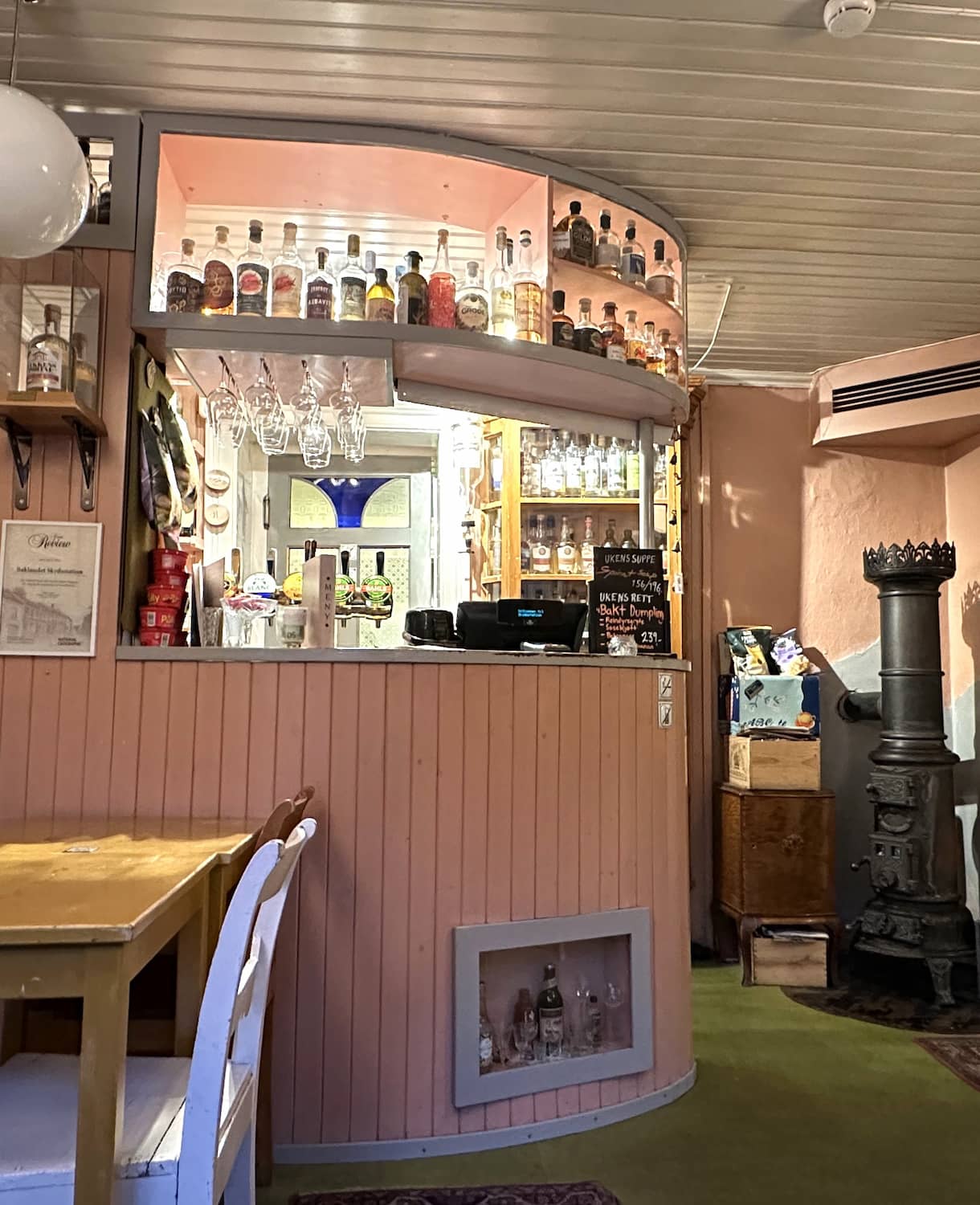
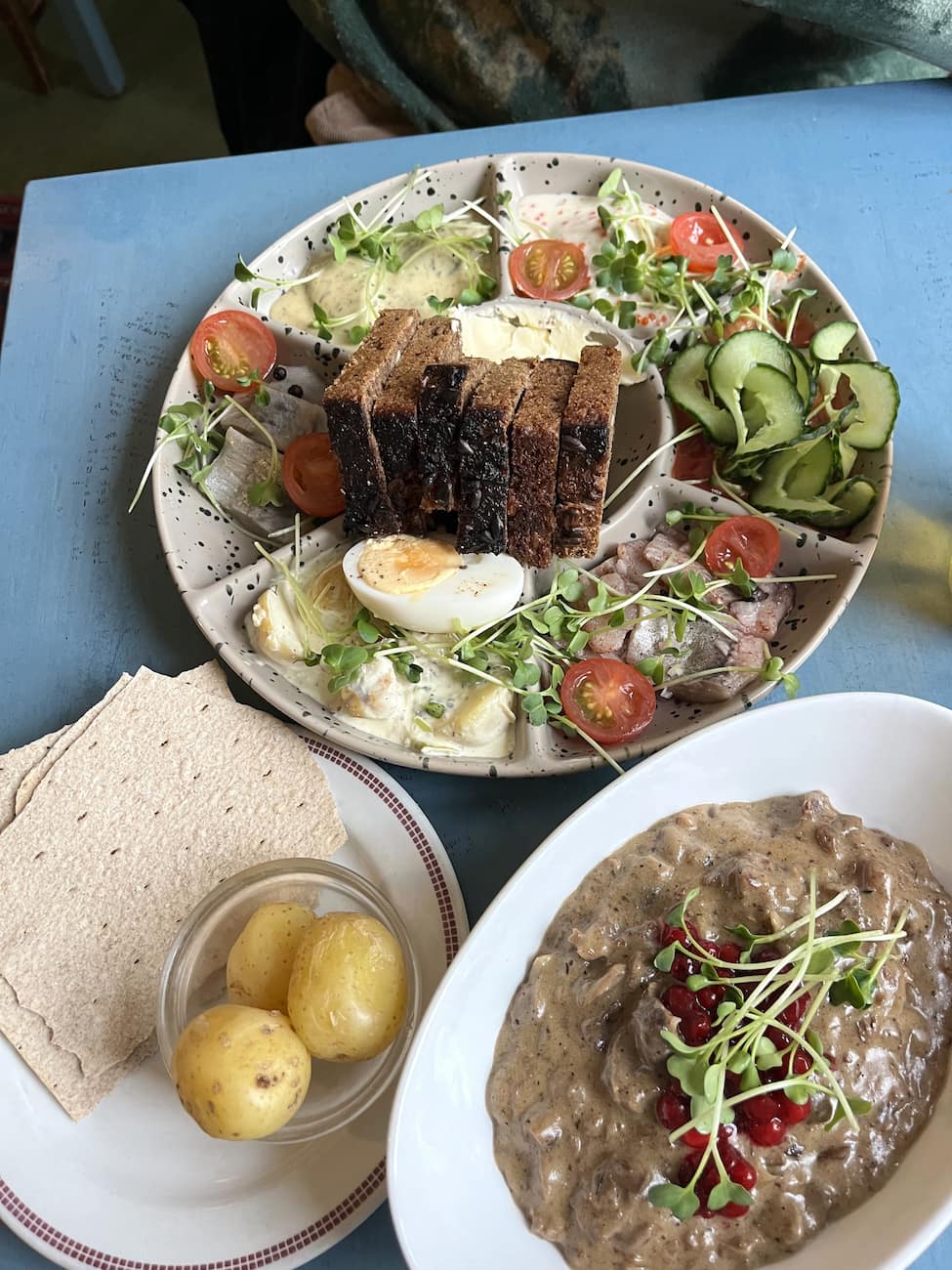
Traditional tastes. Beyond seafood, I discovered traditional Norwegian dishes throughout the city. At Baklandet Skydsstation in the charming Bakklandet, I tried authentic kjøttkaker (Norwegian meatballs) served with lingonberry jam and creamy potatoes for 245 NOK (€23).
Coffee culture. Norwegians rank among the world’s top coffee consumers, and Trondheim’s café scene reflects this passion. Jacobsen & Svart roasts their beans in-house, while Dromedar Kaffebar serves specialty brews alongside kanelboller (cinnamon buns) that made the perfect mid-morning snack.
Local production. The Trøndelag region surrounding Trondheim is Scandinavian’s agricultural heartland. At Lokalmatbutikken on Bakklandet, I sampled regional cheeses, cured meats, and craft beers produced within 100km of the city—a true taste of local terroir.
Sweet traditions. My sweet tooth was well satisfied in Trondheim. The city’s oldest bakery, Bakklandet Bakeri (established 1805), serves traditional svele (Norwegian pancakes) and lefse (soft flatbread with butter, sugar and cinnamon) that locals line up for on weekend mornings.
Must-try dishes in Trondheim:
- Bacalao (salt cod stew with tomatoes and potatoes)
- Sodd (traditional meat soup from the Trøndelag region)
- Klippfisk (dried and salted cod, often served with bacon and peas)
- Brown cheese (brunost) on freshly baked bread
- Aquavit (traditional Norwegian spirit, often served with beer)
2. Restaurants & Cafés to Visit
Fine dining. For a special meal, I splurged at To Rom og Kjøkken, where the seven-course tasting menu (950 NOK/€88) showcased modern Norwegian cuisine with French techniques. Each dish featured local ingredients like Arctic char from Trondheimsfjord and lamb from nearby islands.
Casual eats. When seeking more affordable options, I found Solsiden’s food hall offered excellent variety. My favorite spot was Cowsea, serving fresh seafood in casual surroundings. Their fish soup (189 NOK/€17) came loaded with local cod, mussels, and shrimp—perfect with crusty bread on a chilly day.
Historic settings. Some of Trondheim’s most memorable dining experiences came in historic buildings. Britannia Hotel’s Palmehaven restaurant occupies a stunning palm-filled atrium from 1918, while Tavern Restaurant operates in a 17th-century merchant’s house near the Old Town Bridge.
Student hangouts. With over 40,000 students at the Norwegian University of Science and Technology, Trondheim has plenty of budget-friendly options. Work-Work combines a gaming pub, craft beer bar, and casual eatery where I enjoyed excellent burgers for under 200 NOK (€18) while playing board games.
Waterfront dining. Taking advantage of Trondheim’s riverside setting, I enjoyed dinner at Dokkhuset with views over the Nidelva River. Their seasonal menu focuses on local ingredients, and the outdoor seating area provides one of the best views of the city while enjoying modern Norwegian cuisine.
| Restaurant | Price Range (NOK) | Specialty | Location |
|---|---|---|---|
| To Rom og Kjøkken | 500-950 | Modern Norwegian | Munkegata 26 |
| Baklandet Skydsstation | 200-350 | Traditional Norwegian | Øvre Bakklandet 33 |
| Havfruen | 350-600 | Seafood | Kjøpmannsgata 14 |
| Work-Work | 150-250 | Casual dining & games | Munkegata 58 |
| Bakklandet Bakeri | 50-150 | Norwegian pastries | Nedre Bakklandet 66 |
Unique Experiences in Trondheim
1. Trampe Cyclocable (Bike Lift)
Uphill innovation. I discovered Trondheim’s ingenious solution to steep climbs: the Trampe bicycle lift. This unique contraption, the first of its kind globally, transformed my challenging uphill ride into an effortless glide. Installed in 1993 and upgraded in 2013, it’s now known as CycloCable.
How it works. Using the lift is surprisingly simple. I placed my right foot on the starting point, kept my left on the pedal, and pressed the start button. A footplate emerged, whisking me up the 130-meter stretch of Brubakken at a gentle 7 km/h. The trick is to keep your right leg outstretched and body tilted forward – I learned this the hard way on my first attempt!
Practical details. The lift operates daily from 7 a.m. to 8 p.m. and is completely free to use. It can carry up to five cyclists simultaneously, making it a fun, communal experience. During summer, I noticed it’s particularly popular, with 20,000 to 30,000 riders annually.
Tourist attraction. Beyond its practical use, I found the Trampe lift to be a unique Trondheim experience. Watching tourists attempt their first ride became an unexpected source of entertainment – their wobbles and triumphant cheers added a lively atmosphere to Bakklandet neighborhood.
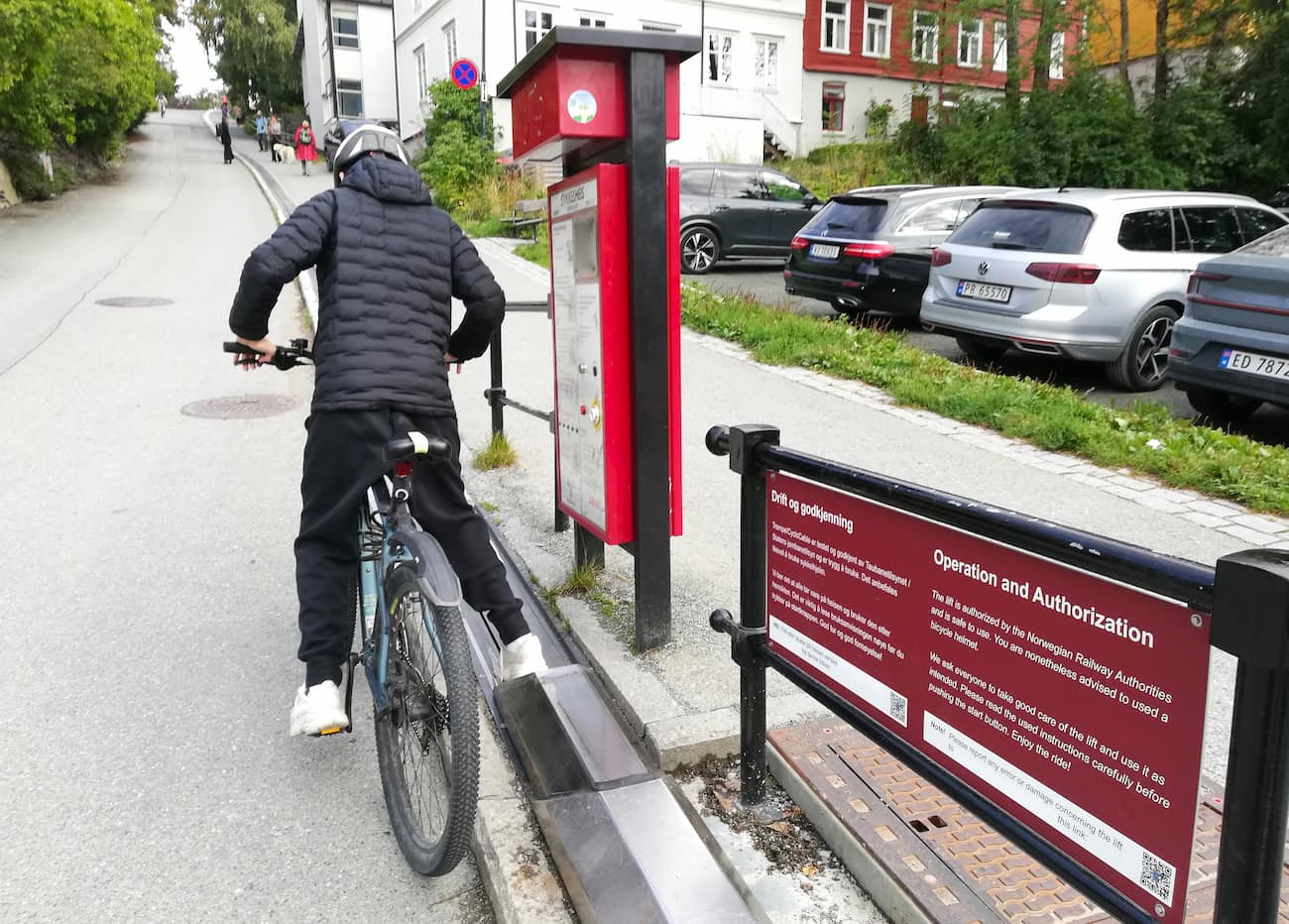
City cycling. This innovative lift showcases Trondheim’s commitment to cycling accessibility. It inspired me to explore more of the city by bike, knowing I had a helpful boost for the steeper sections.
2. Tyholttårnet Rotating Restaurant
Dining with a view. My visit to Trondheim reached new heights – literally – at the Tyholttårnet rotating restaurant. Perched 74 meters up the 124-meter-high Tyholt Tower, this unique dining experience offered unparalleled 360-degree views of the city, fjord, and surrounding mountains.
Rotating experience. I was amazed to find that the restaurant completes a full rotation every hour. As I savored my meal, the landscape outside slowly shifted, revealing new perspectives of Trondheim with each bite. The all-glass exterior with twelve edges ensured clear views throughout.
Culinary offerings. While the Egon restaurant chain isn’t known for gourmet cuisine, I found the menu diverse enough to satisfy various tastes. My advice: skip the standard pizzas and burgers and opt for the more creative main courses. The blackened chicken was a standout, and the pasta dishes proved hearty and filling.
Practical tips. Booking is essential, especially on weekends. I arrived 15 minutes early to account for the elevator ride up. For the best experience, I recommend requesting a table by the window on the upper deck when making your reservation.
Budget option. If you’re watching your wallet, consider visiting for the pizza buffet. Available all day Sunday and Monday, and until 18:00 other days, it’s a more affordable way to enjoy the view.
| Experience | Price (NOK) | Price (USD/EUR) |
|---|---|---|
| Trampe Bicycle Lift | Free | Free |
| Tyholttårnet Entry | Free | Free |
| Egon Restaurant Main Course | 200-350 | $19-33 / €17-30 |
| Pizza Buffet (Adult) | 107 | $10 / €9 |
| Pizza Buffet (Child under 10) | 59 | $5.50 / €5 |
FAQ
Is Trondheim worth visiting?
Yes, Trondheim is absolutely worth visiting. This Norwegian city offers a wealth of attractions, from the iconic Nidaros Cathedral to the charming streets of Bakklandet. Its mix of history, culture, and natural beauty ensures a memorable trip for any traveler.
What is Trondheim known for?
Trondheim is known for its rich Viking history, being the former capital of Norway, and landmarks like Nidaros Cathedral, the Town Bridge, and colorful wharves along the river of Nidelva. It’s also famous for its vibrant cultural scene and innovative cycling infrastructure.
Is Trondheim a walkable city?
Yes, Trondheim is highly walkable. Its compact city center allows visitors to explore key attractions like Solsiden and the market square on foot. Walking is one of the best ways to experience this charming Norwegian city.
How do I get to Trondheim?
You can reach Trondheim by air via Trondheim Airport (1-hour flight from Oslo or Bergen), by train (7 hours from Oslo), or by car (6.5 hours from Oslo). Public transport and scenic routes make traveling to Trondheim convenient and enjoyable.
